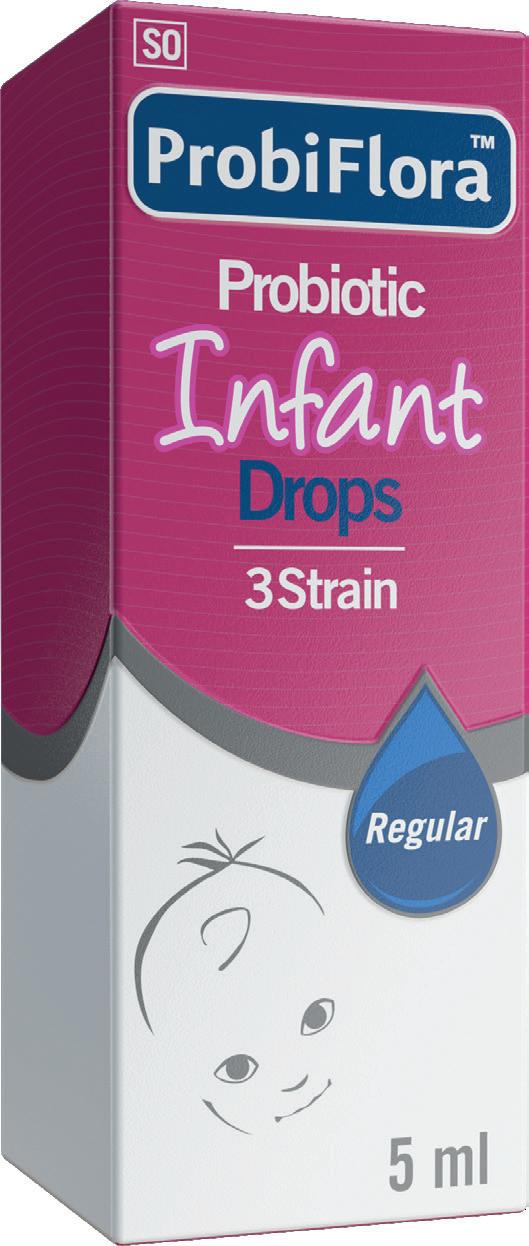
































Not only is exercise during pregnancy safe for mom, it’s also safe for baby. Here’s what you should know 22
What are middle ear infections and how are they treated?
Signs of baby’s developing memory from 9 months old—and how to build it further

Why kids shouldn’t have lots of toys—and what to do if yours have too many
BRIGHT
Why creating art with your children is important 48
Becoming a new parent is challenging—and fathers need support, too
Mindfulness is an incredible gift that parents can give their children, adding to their toolbox of self-love and mental health practices
How to assist with finances as a stay-at-home partner
Incorporating more plant-based recipes into your family’s diet could be the kickstart they need

Not only is exercise during pregnancy safe for mom, it’s also safe for baby. Here’s what you should know




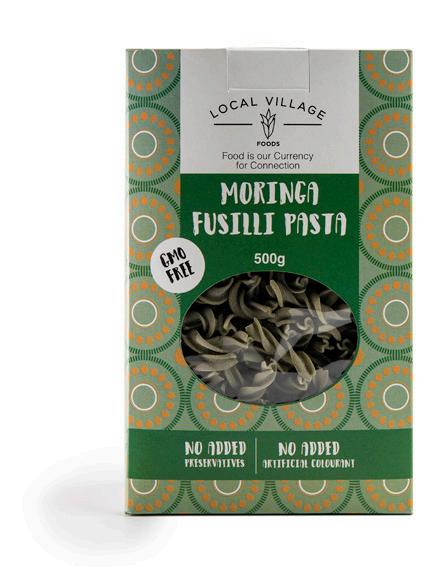

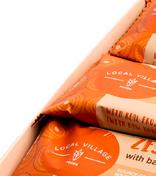















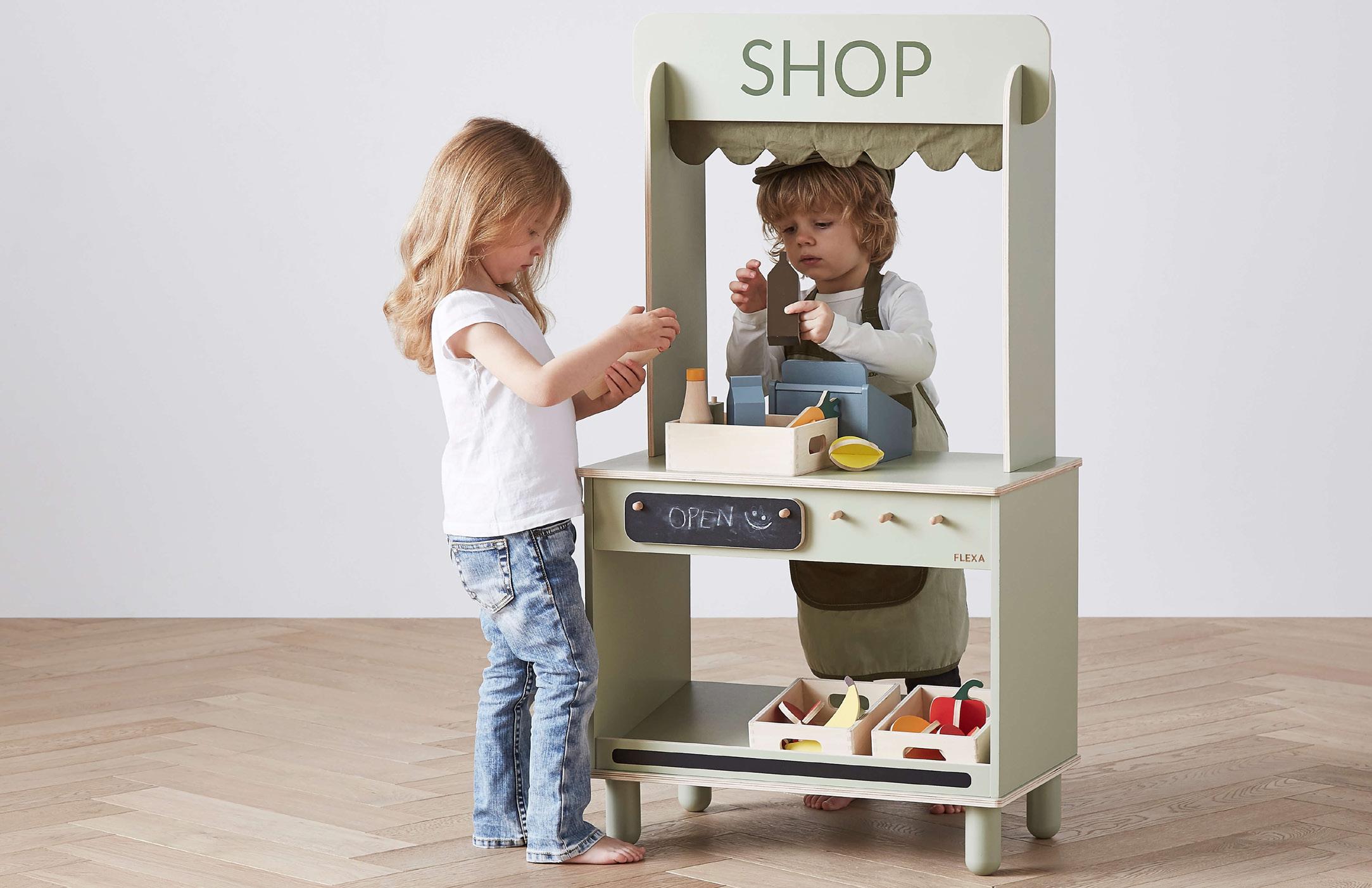


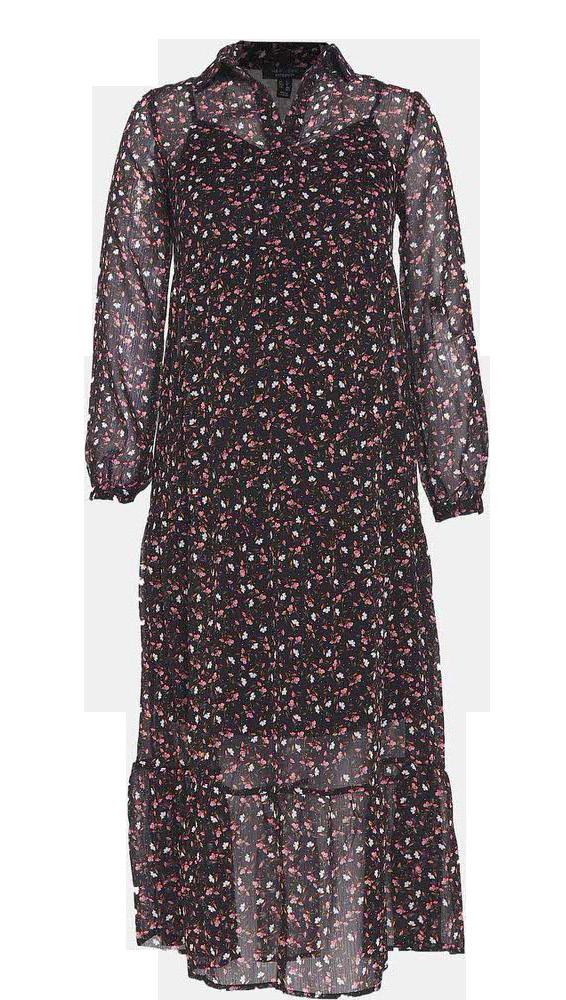

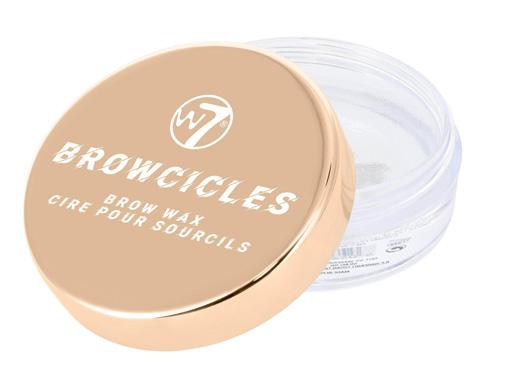

It’s true what they say about knowledge being power: the more we can learn, the more we can make sense of things and they become less daunting. As an expectant or new mother, you’re probably inundated with information—from family members and friends, from the Internet, and from resources such as this magazine. But it’s all good! Learn as much as you can about what’s good for your precious little babe.
In this edition, we have informative articles on which exercises are good for you during pregnancy; how to deal with those pesky middle-ear infections that are so common in babies, particularly while they’re teething; how to develop your young child’s memory; and how to use art as a learning tool.
There are also helpful articles on introducing a plant-based diet in your home; teaching little ones about mindfulness; and the different types of toys suitable for your ever-exploring toddler (don’t buy too many!). And new dads, be sure to read our feature on taking care of your mental health—it’s vital for both you and your family.
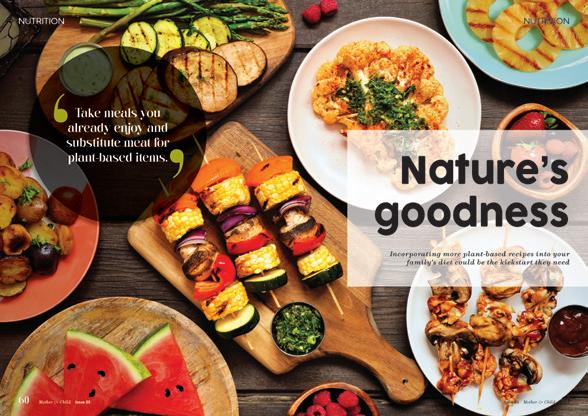
As in every edition, our Best Buys pages are brimming with trending goodies for mom, baby and tot; we share some winter maternity dress inspo; we offer up some delicious old-style (grandma’s favourite) recipes from Herman Lensing’s latest cookbook; and we have some great options for kid-friendly travelling and accommodation for those short escapes.
Once again, we hope you find some inspiration, motivation and information among these pages.


Donovan Abrahams Ashley van Schalkwyk ashley@avengmedia.co.za
Tania Griffin tania@avengmedia.co.za
Christine Siljeur
TheConversation.com Sally Michener Cleanipedia.com JustMoney.co.za
Mighty Small Adobe Stock Penguin Random House Radisson Hotels
Donovan Abrahams Cheryl Pinter Kay Davids Melinda Schoeman Benita Abrahams Bianca Alfos
Majdah Rogers Majdah Rogers Ashley van Schalkwyk Colin Samuels Print on Demand www.motherandchild.co.za Donovan Abrahams Colin Samuels
Aveng Media (Pty) Ltd
DISCLAIMER: Mother & Child is published by Aveng Media (Pty) Ltd © 2022. The Publisher and Editors are not responsible for any unsolicited material. All information correct at time of publication. The information in this magazine is not medical advice and should not be treated as such. Neither is it intended or implied to be a substitute for professional medical advice, diagnosis or treatment. All content, including text, graphics, images and information contained in or available through the magazine and its website is for general information purposes only. You are encouraged to confirm with your doctor or other professional healthcare provider any information obtained from or through this magazine and to review all information regarding any medical condition or treatment. Never disregard professional medical advice or delay seeking medical treatment. Before making any changes to your person, or if any specific questions about any medical matter, consult your doctor or other professional healthcare provider.






























































































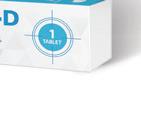











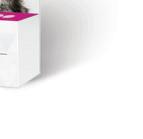


































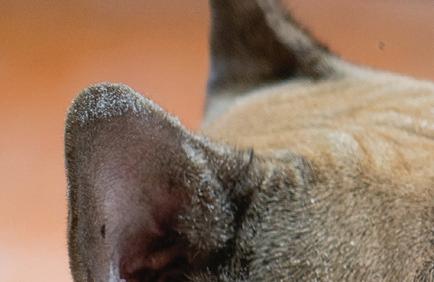







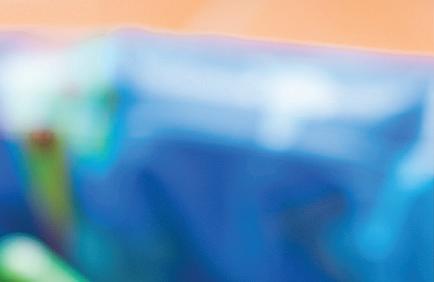


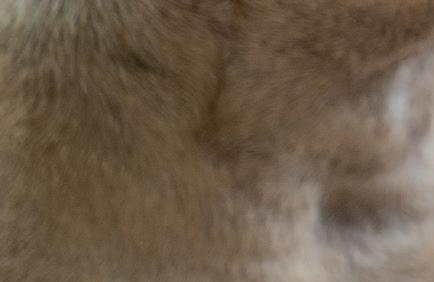





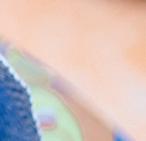

































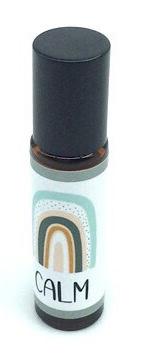
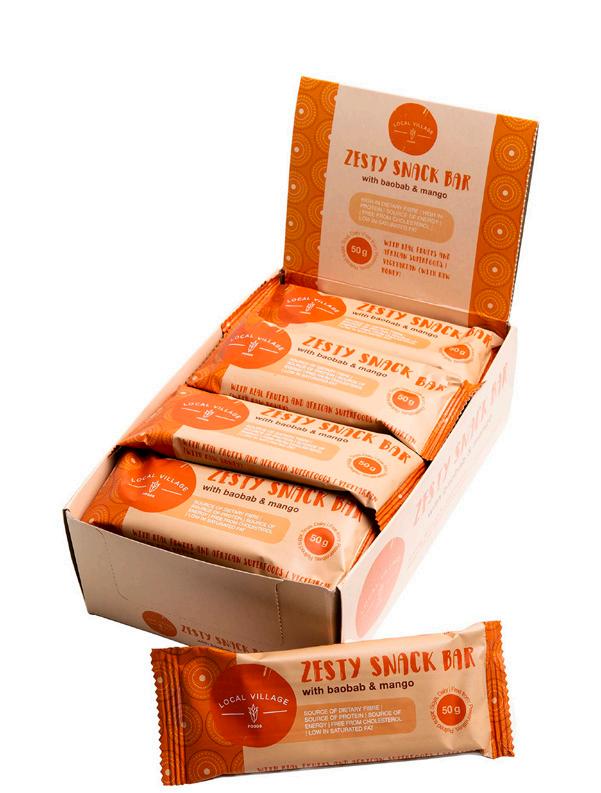
Mighty Small, located in Cape Town, is South Africa’s first and leading conscious kids store stocking the widest selection of locally and ethically made kids goods all under one roof. As parents and care-givers, we’re responsible for adding to our children’s toolbox of self-love and mental health practices; however, this is not always easy if we don’t have the right resources at hand. Starting our young ones off with fun mindful games is key, and Mighty Small stocks locally produced wares thoughtfully created by small-scale designers and artisans, aimed at kids aged 6 years and under. Check out mightysmall.co.za.
We’re giving away a Mighty Small hamper containing: one The Children’s Mindfulness Meditation Deck, two Mindfulness canvases, three essential oil rollers (Focus, Calm, Happy), the “Yoga For Giraffes” book by Carly Tod, and the Little Yogis Colouring Book —all to the value of R1 875!
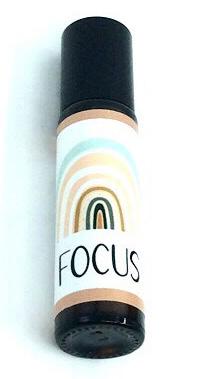



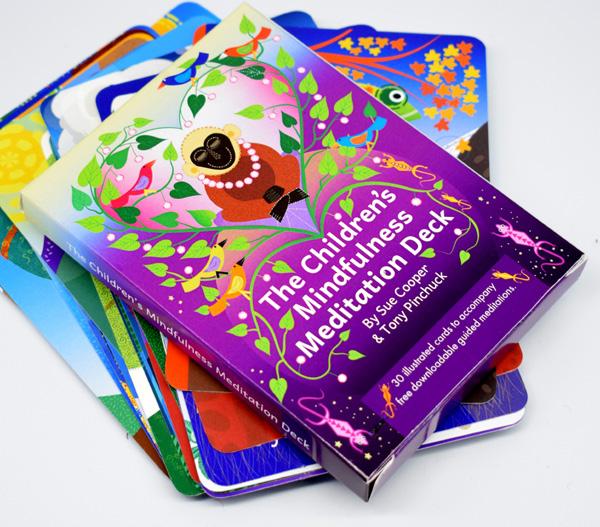
To enter, email your name, address and contact details to ashley@avengmedia.co.za, with the giveaway code MIGHTYMC25 in the subject line—and like the Mighty Small Instagram (@mightysmall_kids) and Facebook (@mightysmallkids) pages.
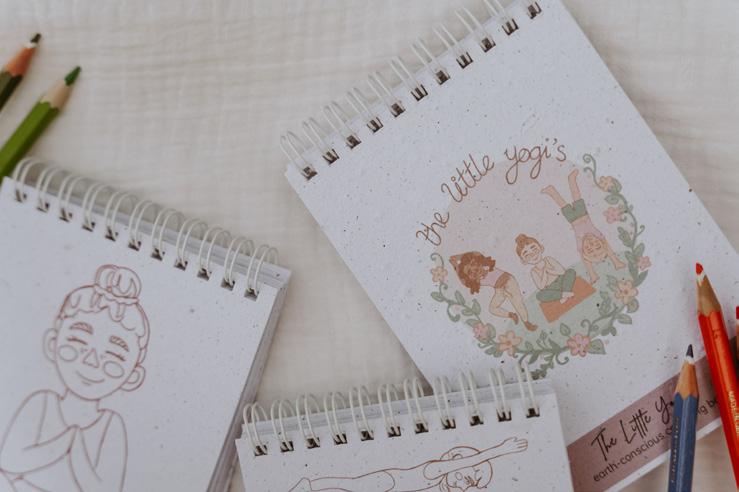
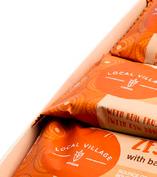

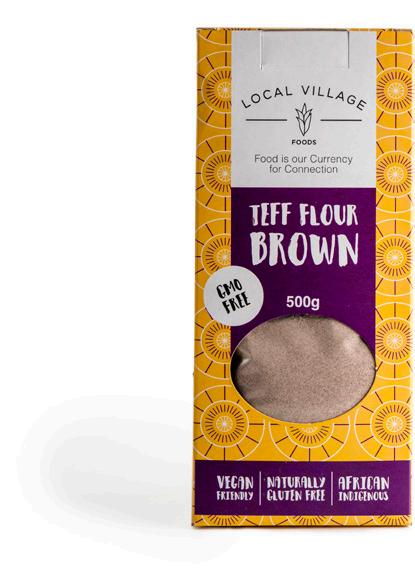
Traditional African superfoods have long been a staple of many African communities’ diets. Local Village Foods, the brainchild of young South African entrepreneur Sipamandla Manqele, aims at making African wholefoods and ingredients more accessible. While the company’s products are plant-based and vegan-friendly, they are also ideal for those looking for healthier alternatives to highly processed and unhealthy foods. Local Village Foods sources products (90% from smallscale producers based across Africa) such as fonio, teff, sorghum and tiger nut flour, bambara groundnuts and moringa. They have also recently launched The African Harvest Table series that includes a fun and engaging children’s activity book and a coffee-table book for adults.
We’re giving away a Local Village Foods hamper containing: one pack Teff Grain, one pack Sorghum Grain, two packs Moringa Fusilli Pasta, one box of 20 Green Snack Bars, one box of 20 Zesty Snack Bars, and two The African Harvest Table colouring books—to the value of R1 000!
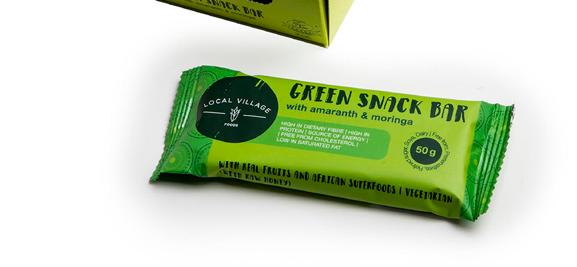

To enter, email your name, address and contact details to ashley@avengmedia.co.za, with the giveaway code VILLAGEMC25 in the subject line.
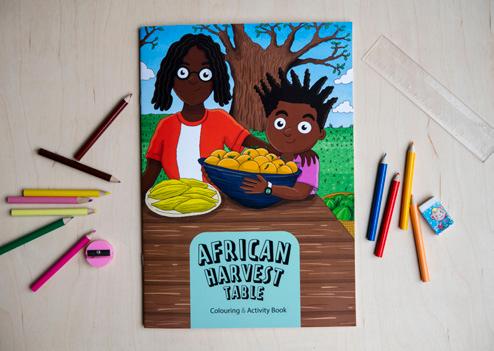
our competitions to win some awesome products for you and your family




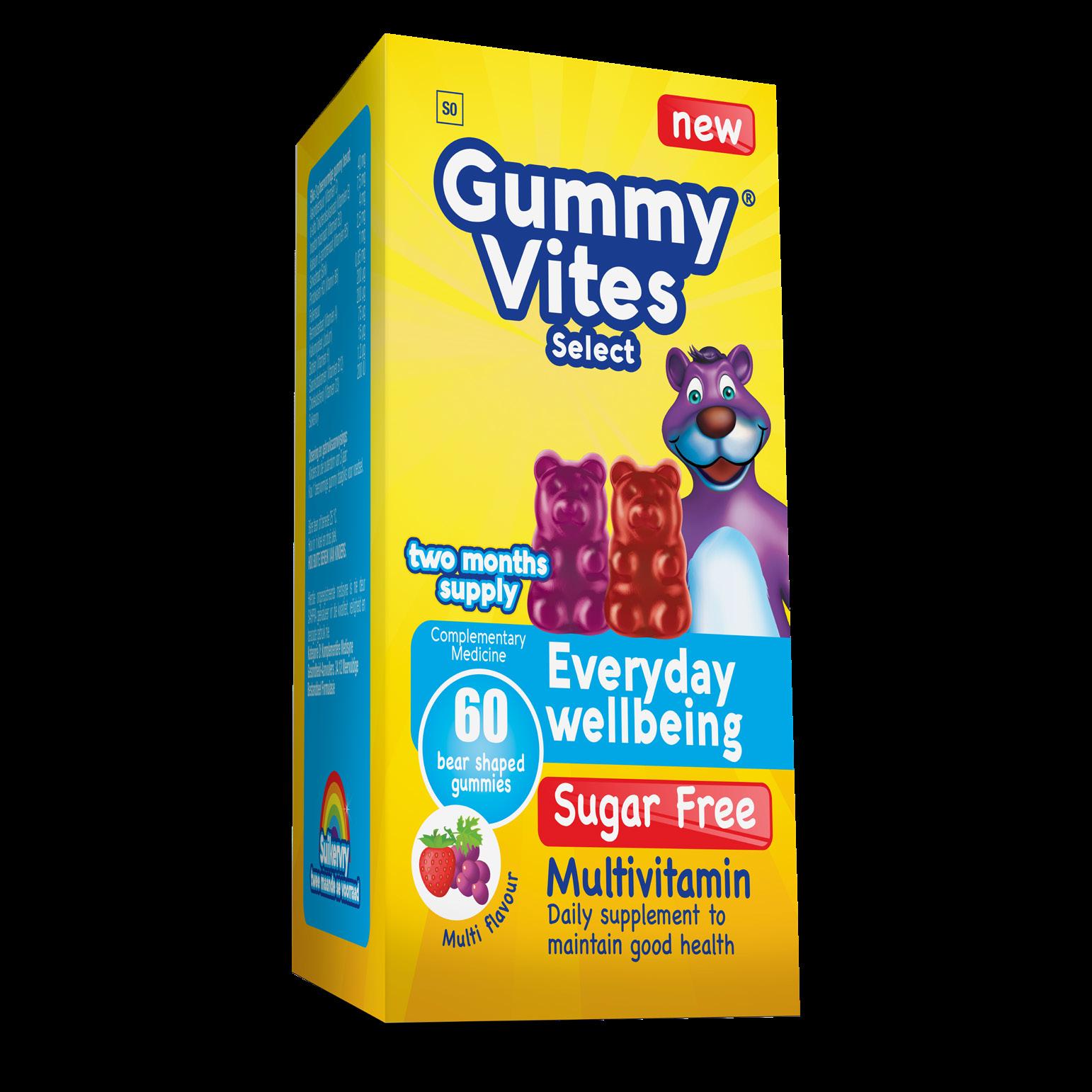

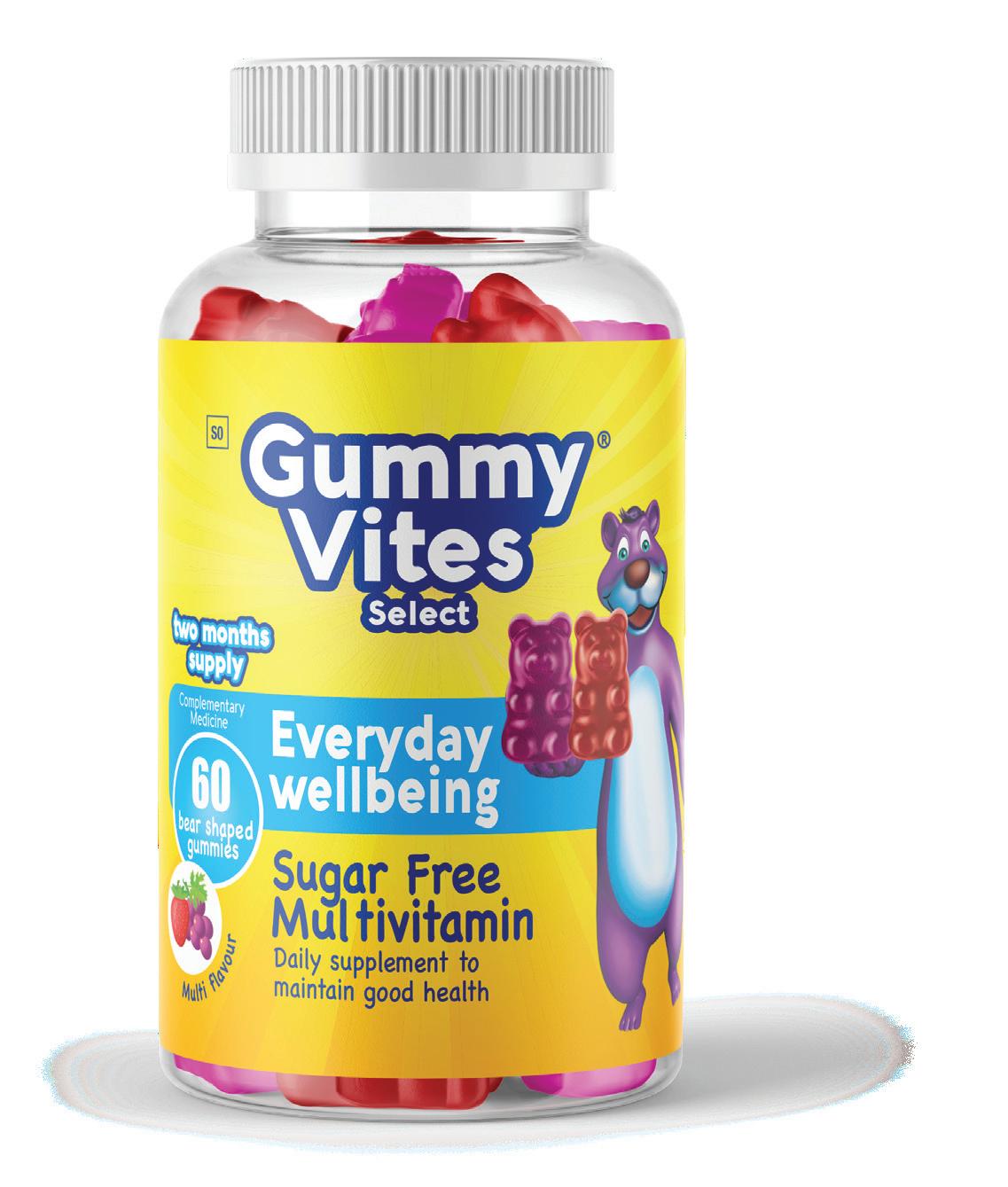

Which little celeb babies have arrived over the past quarter?
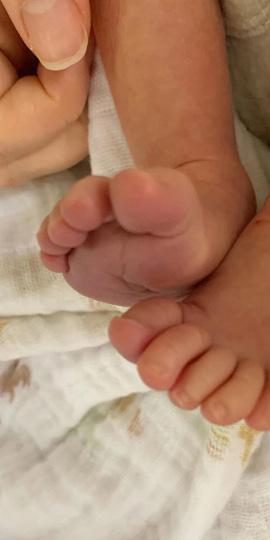




FBI
Actor pair Lyndsy Fonseca and Noah Bean welcomed their second baby together, daughter Evelyn Estella Bean, in June—a month early.



“We are complete,” Lyndsy shared on Instagram.

What trends are parents seeing everywhere as they search for nursery design inspiration? Let’s start with going green! Bringing nature indoors started catching on in 2021, and it’s continuing to gain steam this year. Vibrant, intricate floral and ancient Indian block prints are also sprouting up everywhere. Another hard-to-miss trend for 2022 is curved furniture. And lastly, designing a space that sparks creativity is more important than ever—parents are turning their kiddos’ spaces into magical realms where they can emphasise make-believe and inspire imagination in their little ones.
Making the transition back to classrooms and childcare facilities as relaxing and positive as possible for little ones is a theme that’s growing in 2022. As kids reconnect with their community outside of their homes, a focus on calming spaces is at the forefront for educators. Think mini mediation lessons and nature walks during intervals to round out this, hopefully long-lasting, trend.
What do names like Bear, Baby, Ziggy, Buddy, Gigi and Honey have in common? They’re playful and fun—and are highly popular this year. Our love of adventure and wanderlust for
When babies practise their stacking skills, it allows them to ‘stabilise their core’ while working on their gross motor skills. Give babies measuring cups and spoons and watch them not only stack them but nest them as well.
Putting some of baby’s favourite toys into a Ziploc and sealing it will make infants have to work to get the items out. And because it uses fine motor skills to open the bags, it will take some time to make this happen.
For infants who are working on their pincer grasp, ice cube trays make for a great receptacle to transport items being picked up. If babies like using a spoon, then giving them one to scoop up the objects
travel has also skyrocketed lately, causing names like Banyan, Capri, Bali and Dune to move up the popularity list. There’s something special about choosing a retro name that’s equal parts cool and old-fashioned, and 2022 babies will benefit as a trend toward vintage names like Etta, Frank, Polly, Mae and Sally makes a comeback.
We’re used to seeing parties thrown for big moments like baby showers and first birthdays. However, a welcome trend for 2022 is a shift to celebrating both the obvious milestones and honouring the magical mundane parts of life. So get ready to throw a party for life’s under-celebrated moments like “made it through baby’s first meltdown” or another of these everyday victories.
As we enter the third year of an international health crisis, it’s no surprise that two out of three consumers are more conscious than ever of looking after their physical, emotional and spiritual well-being. For expectant moms who are self-caring for two, the trend toward ‘flexercise’ is a perfect option. From dancing in your bedroom while the baby sleeps, to a morning stroller walk out in nature, a shift toward opting for your own low-key exercise routine is mom-approved.
According to the data gurus at Pinterest, goth is making its way to the mainstream across all ages, including the 0 to 12-month set. Searches for goth baby clothes are up 120%—which means you may see a few more skull and crossbones onesies this year.
Source: tinybeans.com
makes the task a bit more difficult. And by continuing to make the task challenging, babies will not lose interest quickly.
To make snack time into a game, all that’s needed is some baby puffs and an empty egg carton. Place a few puffs into each spot in the egg carton. Then, it’s baby’s job to take each puff out to eat. By doing this, the pincer grasp and motor skills are being used.


Babies love to pull tissues from a tissue box. A faux tissue container is made using a wipes container and leftover fabric cut into squares. Babies will work to not only open the container but then to pull each piece of fabric out as well.
Wooden spoons are one of the best objects that babies can be given to play with. From scooping up
objects to playing drums, clapping the spoons together, or even painting with them, there are lots of ways that wooden spoons can be used.


For those babies who are crawling along, using some pillows will make for a fun obstacle course that works on balance at the same time. When babies have to crawl over the pillows, they are strengthening their core and their shoulders even more than they would by simply crawling alone.
A great kitchen gadget that will hold babies’ attention for a decent amount of time. Initially, it may be difficult for babies to manipulate the salad spinner. After all, they need to have the strength to push the button down to make the inside spin. But, once this is accomplished, the time will be spent making the whirring sound happen for an extended period because it’s fun.
Source: www.babygaga.com
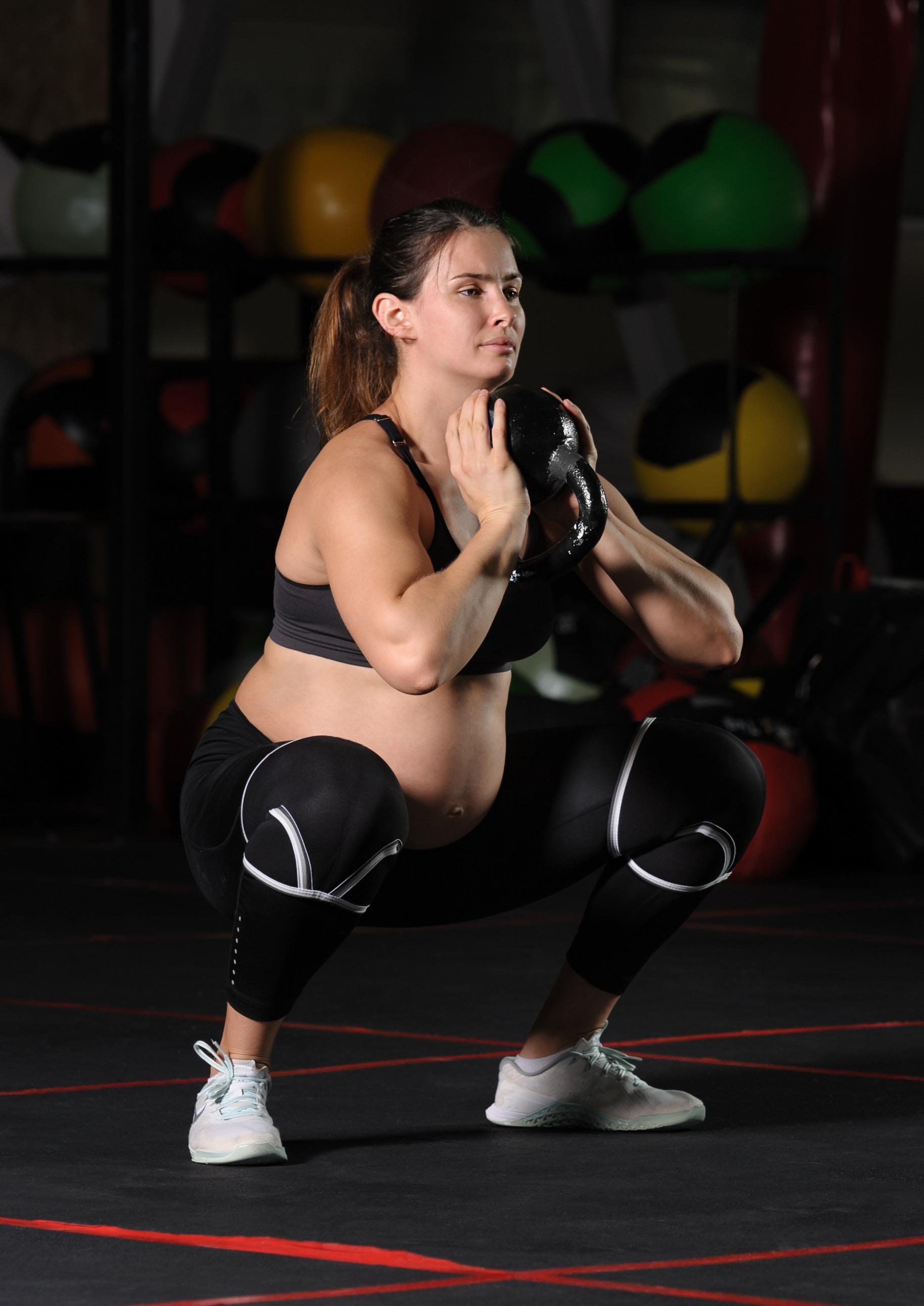
 By Dan Gordon & Matthew Slater
By Dan Gordon & Matthew Slater
Not only is exercise during pregnancy safe for mom, it’s also safe for baby. Here’s what you should know
hile exercise is often said to be safe to do while pregnant, with so much information out there it can be hard to figure out just how much exercise you should do—and if there are certain exercises to avoid.
Exercise is good for the mother and her baby, but given all the changes that happen to the body during pregnancy, it’s advisable to take it a bit easier when exercising.


One of these changes is how our cardiovascular system functions. Because baby needs a constant supply of oxygen to develop—and because of how quickly it grows— mum will experience a 45% to 50% increase in blood volume to carry this much-needed oxygen to baby.
The mother’s heart rate also increases to ensure baby gets enough oxygen. This could put an extra strain on mum’s heart and lungs when doing any sort of activity.
The respiratory system is also affected. The amount of oxygen a mother can inhale increases by around 40% to 50% to give baby the oxygen it needs. This change also happens because the growing baby affects lung function by reducing the space in which mum’s lungs can inflate. These changes may see the mother experience more shortness of breath, which will make even everyday tasks more demanding.
The body’s joints also relax: partly due to mum’s centre of mass changing, and because the pelvis has tilted. The way the body fuels itself also changes. When we eat foods, the body stores these byproducts (typically glucose or carbohydrates) in our liver and muscles so that our body can draw upon these stores for energy when needed (such as
Wwhen we exercise). When pregnant, there’s less glucose available to draw on for energy. This is because baby needs this energy to develop. As a result, mum may feel more fatigued more quickly when she’s doing any type of task—including exercise.
But all these changes don’t mean you shouldn’t exercise during pregnancy.
Studies show that doing aerobic exercise (such as walking, jogging or swimming) during pregnancy for at least 150 minutes a week can improve fitness, increase muscle tone and strength, and reduce weight gain. Exercise may also
There’s also some limited evidence that following an exercise plan during pregnancy can help some women experience shorter labour, and decrease the likelihood of needing a caesarean section. It’s currently unclear why this link may exist.
Not only is exercise safe for the mother, it’s also safe for the baby. Although exercise can directly affect the baby (such as baby’s heart rate increasing when mum exercises), researchers have shown exercise causes no symptoms or signs of stress to the baby. Exercising regularly during pregnancy may also lower the likelihood of baby being

A common cold or flu? | Sinusitis problems? | A blocked or a runn y nose? | Allergies?




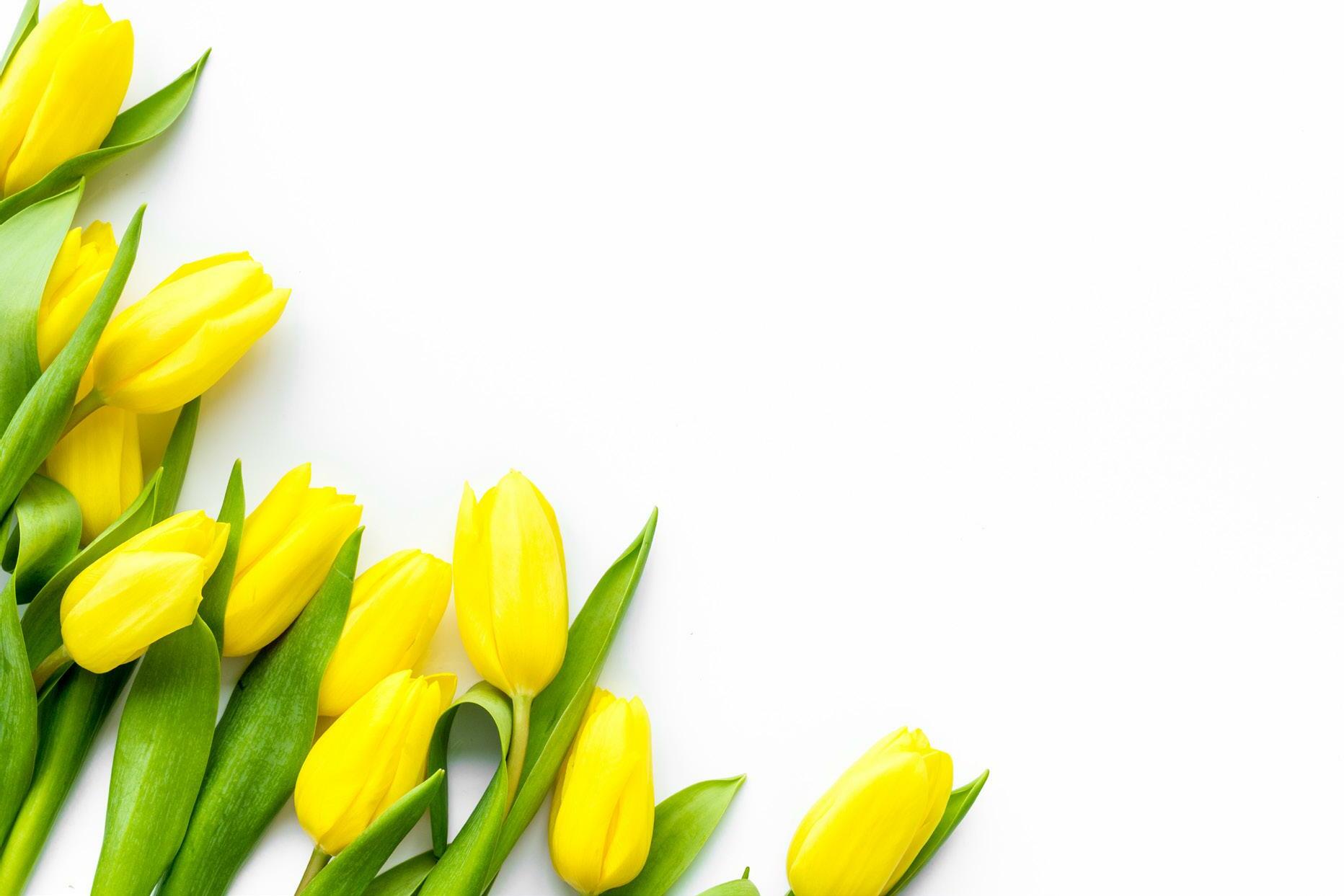
Whatever your age, a blocked nose can be uncomfortable and make breathing uncomfortable. Older children and adults can overcome a blocked nose relatively easily, however babies and children need the parent’s/carer’s help until they can blow their noses by themselves effectively and sufficiently.
Recommended by health care professionals nasal aspirators let you clear your baby’s nose simply and hygienically. As essential as a first aid kit in every house.


√ Instant breathing relief for your child √ Quickly clears the nose √ Easy to handle and clean √ Its use is painless √ No side effects
√ The most effective device you can buy 27 years proven efficiency √ √ Time and money saver

√ Perfect baby shower gift
Recommended from 0 to 6+ years of age or until the children can blow their nose by themselves. Available at and selected pharmacies www.babyvac.co.za babyvacSA
But though exercise is safe for both mother and baby, some activities may need to be avoided. Somewhat obviously, combat sports or those that may have an increased risk of falling (such as horse riding or mountain biking) should be avoided.
If you enjoy lifting weights, it’s still considered a safe and effective form of exercise to do during pregnancy. But it may be best to lift with a friend or personal trainer and avoid excessive loads, as these increase the risk of muscle and joint injuries.
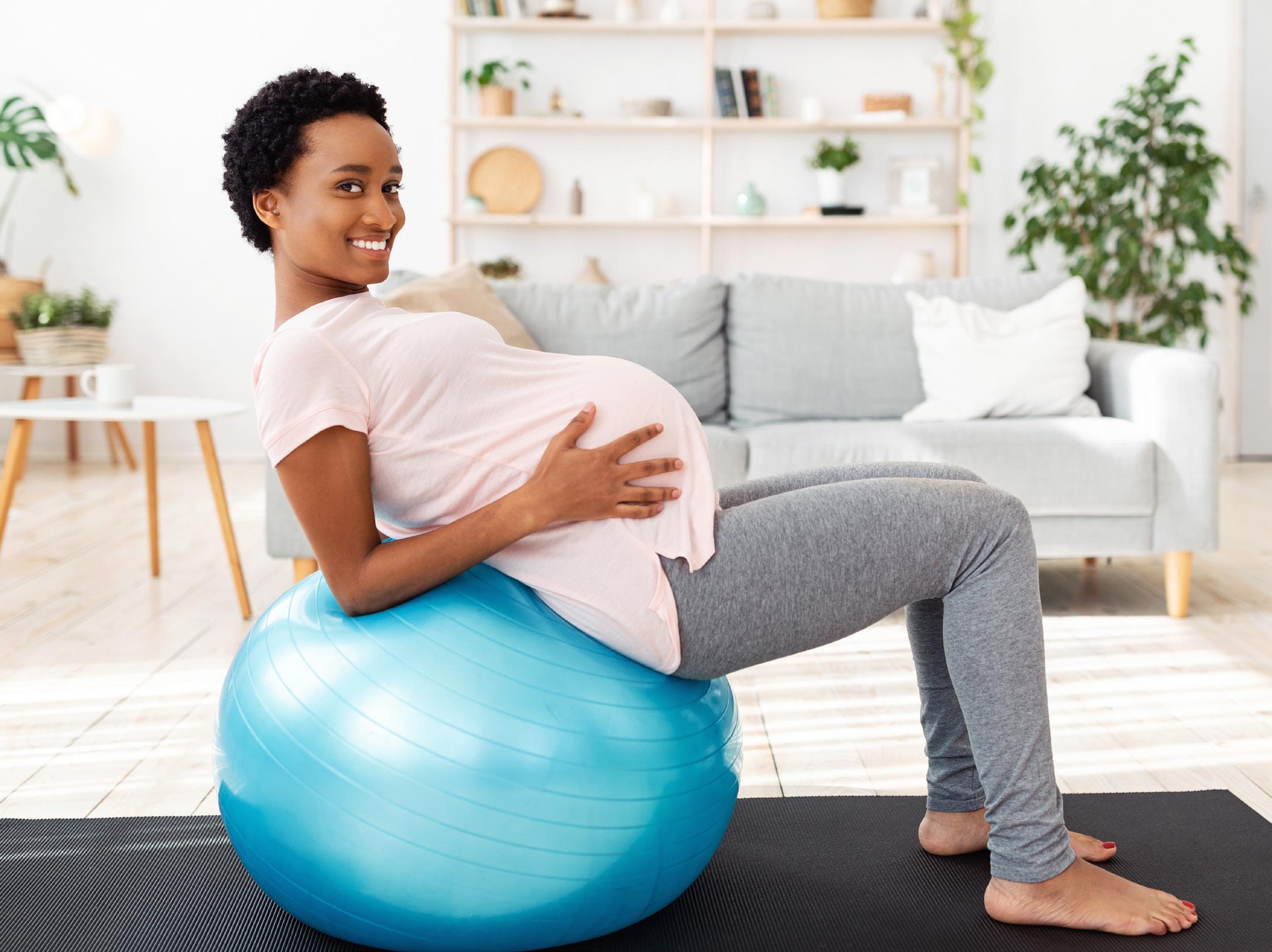
You should also avoid exercising in hot temperatures (especially those above 32ºC) because of the extra stress this could place on you and your baby’s heart.
Something else to consider carefully is any form of exercise that requires mum to lie flat on her stomach or back, such as during yoga or pilates. The reason for this
is there’s an increased chance of hypotension (a rapid drop in blood pressure) that may increase the risk of fainting when standing up.
So while you may need to take it a bit easier if you want to exercise while pregnant (especially during the second and third trimester), this doesn’t mean you need to work out less than you did before. Generally, people are recommended to get at least 150 minutes of cardiovascular exercise a week. The same is true for women who are pregnant, though you may need to lower the intensity you exercise at.
And if you do decide to exercise during pregnancy, it’s important to make sure you’re eating and drinking enough, since exercise requires more energy. The more demanding the exercise, the more calories you’ll need to consume afterward.
Dan Gordon is associate professor of Cardiorespiratory Exercise Physiology, and Matthew Slater a vascular healthcare scientist, at Anglia Ruskin University.
Exercise may also lower the risk of experiencing back pain, which is a common problem for many pregnant women.
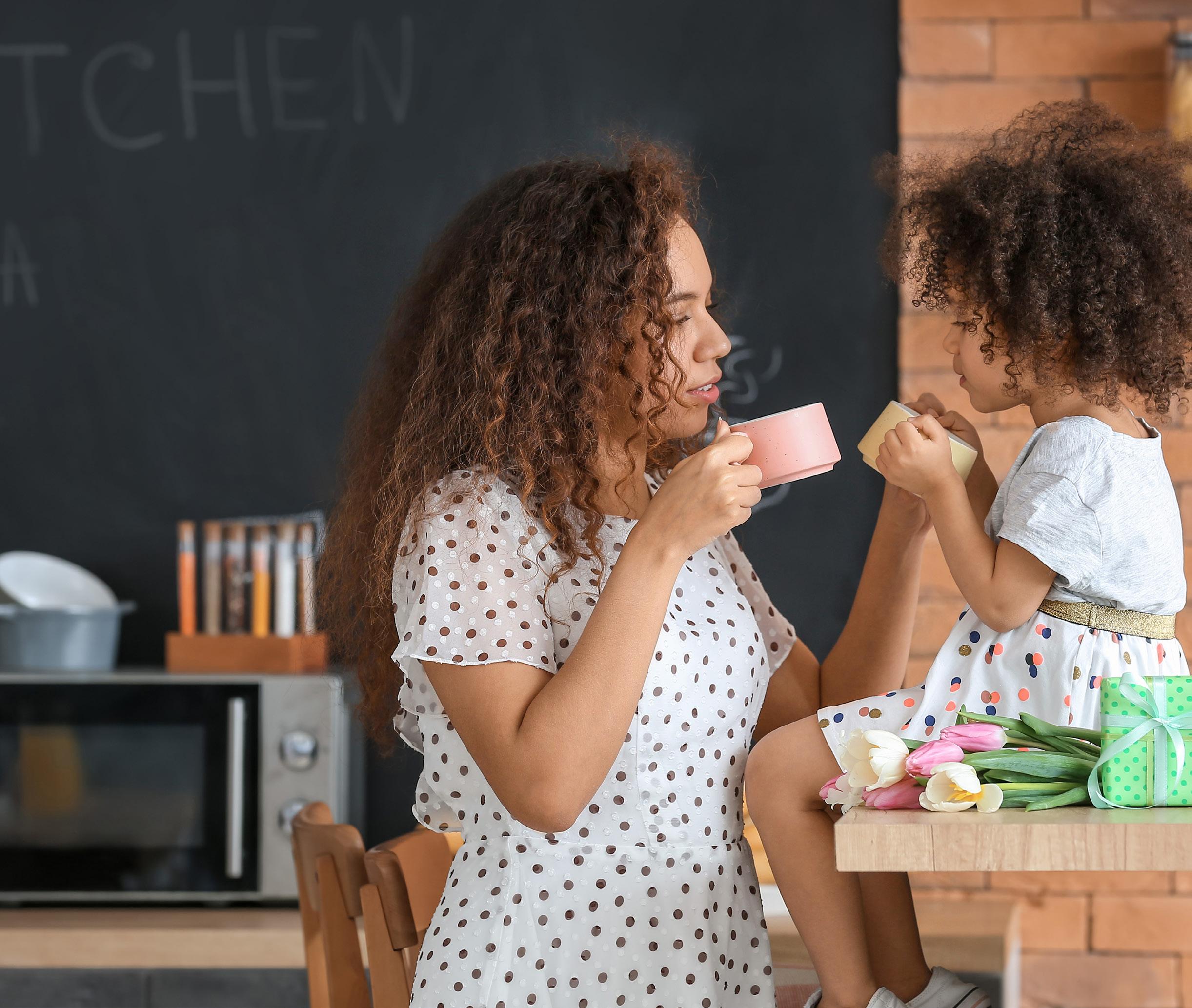

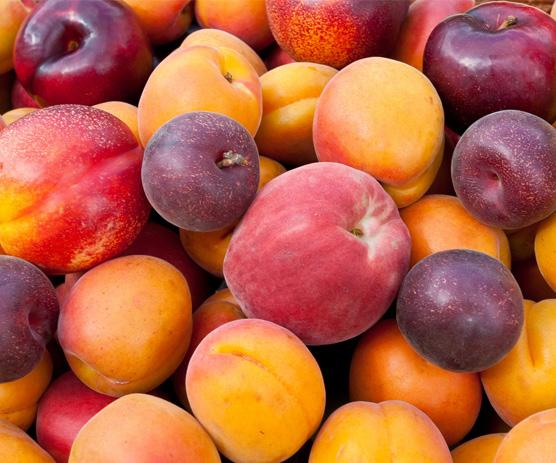


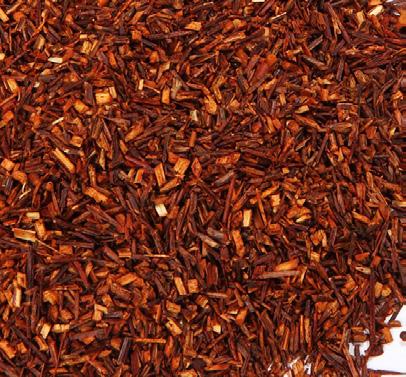



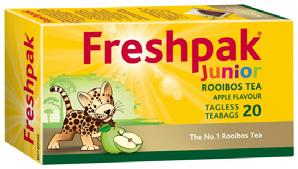

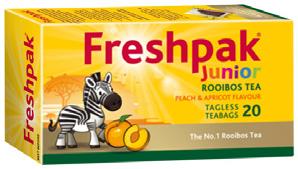

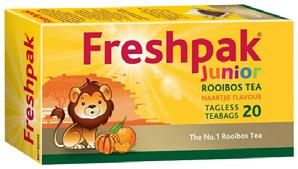

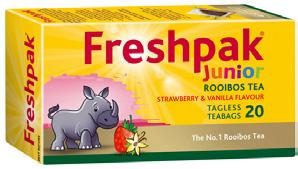















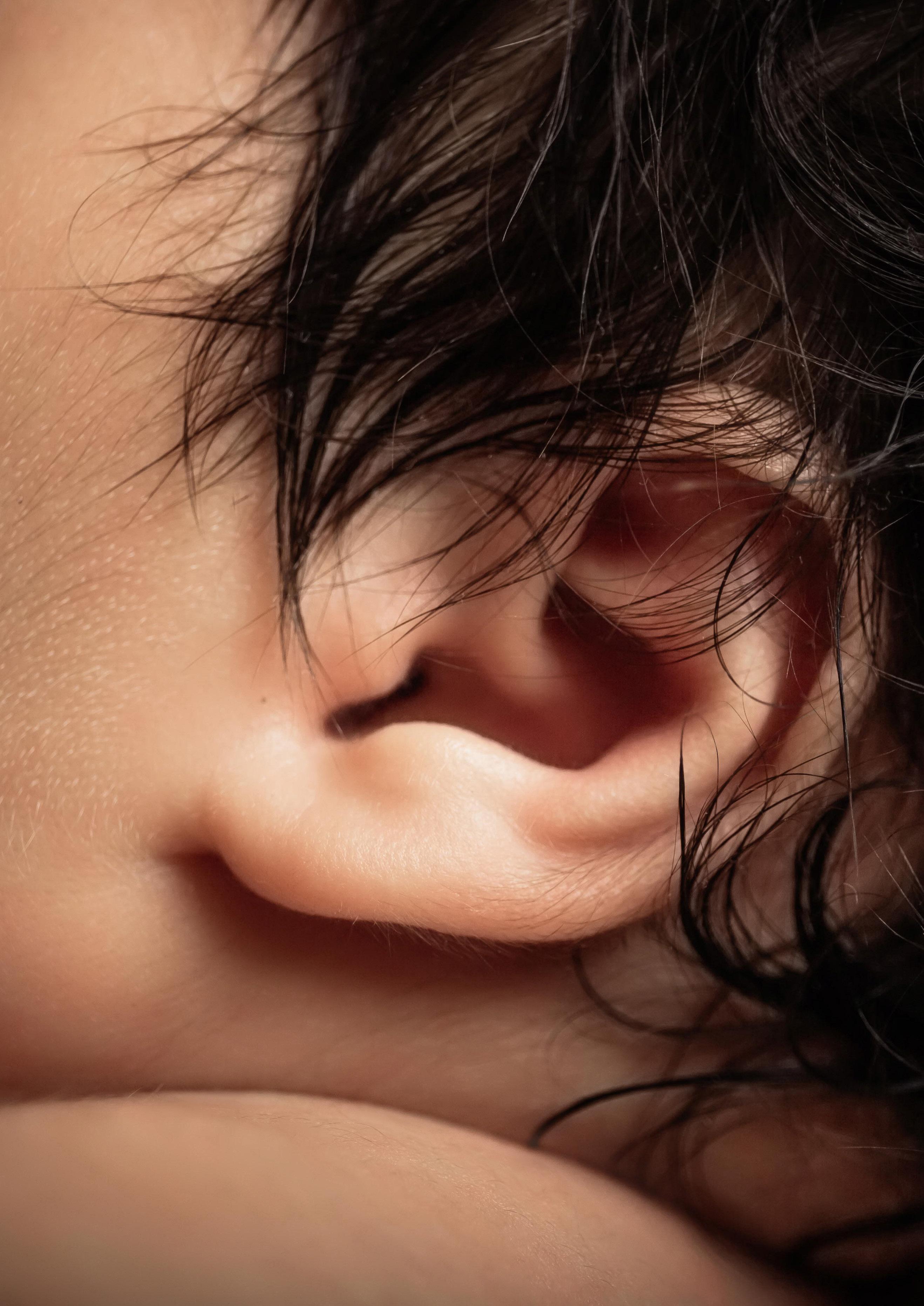


What are middle ear infections and how are they treated?
Middle ear infection (otitis media) is a common and often painful condition
that most children will experience at least once in their first year. The infection takes hold when a bacteria or virus invades the middle ear.
Babies aged 6 to 12 months are particularly susceptible because their immune systems have yet to develop the ability to mount a defence against the offending bugs.
Babies’ Eustachian tubes, which drain fluid from the middle ear and the throat, are also not fully developed. This allows bacteria to build up rather than be removed from the ear.
With treatment and monitoring, most children will recover quickly. But for some, ear infections will become a persistent problem.
It can be difficult to know if your child is suffering an ear infection. Common signs are pulling at their ears, irritability, fever and lack of appetite. Older children may complain that their ears are sore, but it can be difficult to detect in younger children.
Ear infections often occur along with a cold, so children may also have a cough, runny nose or sore throat.
If your child is in a significant amount of pain, get his ears checked by your GP. The doctor will recommend some pain relief and ask you to monitor the condition at home for around 48 hours, by which time most acute ear infections have subsided.
If your child suffers repeated ear infections (more than three within six months, or more than four in a year), the doctor is likely to refer you to an ear, nose and throat (ENT) specialist.
If there’s runny fluid or pus coming from the ear, it’s important to seek treatment as soon as possible, even if that means going to the emergency department. Usually the pus will be removed, the ear cleaned out, and antibiotic drops prescribed. Follow-up assessments with audiologists (allied health hearing specialists) and ENT doctors will be arranged to check their hearing and if the ear drum has healed.
Some types of ear infections are asymptomatic, meaning there’s no pain or discomfort—but the child may have problems hearing.
If left untreated, ear infections can cause developmental delays. So, if you’re concerned about your child’s ears or hearing, even if there’s no obvious sign of infection, it’s important to get his ears checked.
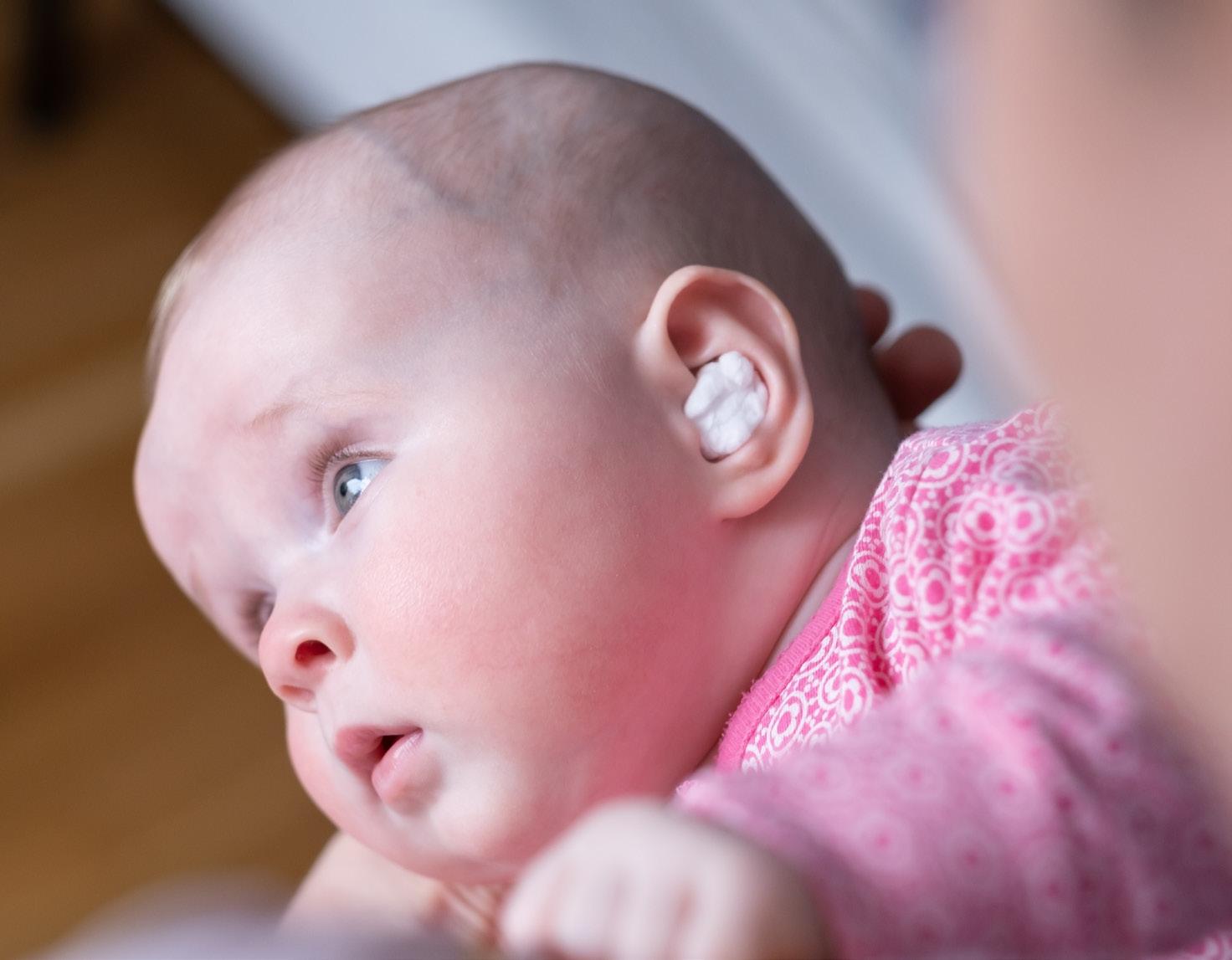
In a study for the Journal of Paediatrics and Child Health (2015), we found that more than one-quarter of children have had recurring middle ear infections by the time they’re 3 years of age. Having recurring ear infections in infancy dramatically increases the risk of having ongoing problems with ear infections throughout childhood.
This can cause hearing loss and impact on school readiness, performance in class, mental health and overall quality of life.
Hearing loss as a result of ear infections can also persist into adulthood. The effects get worse with age, and hearing declines at a faster rate than those without recurrent ear infections.
With treatment and monitoring, most children will recover quickly. But for some, ear infections will become a persistent problem.



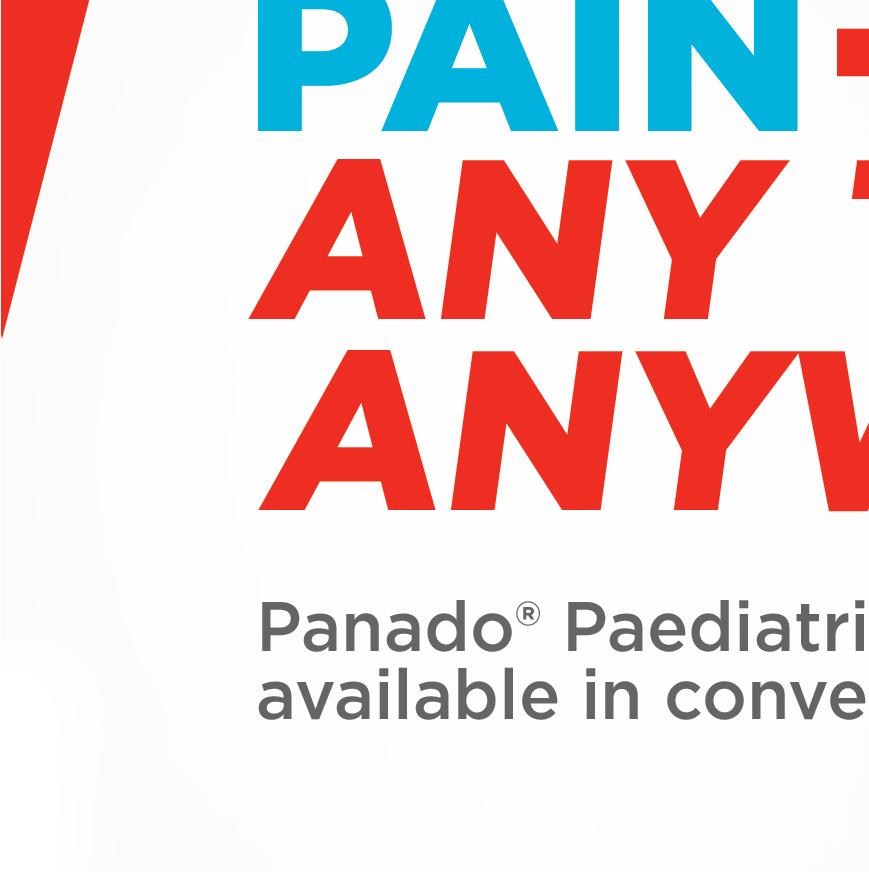


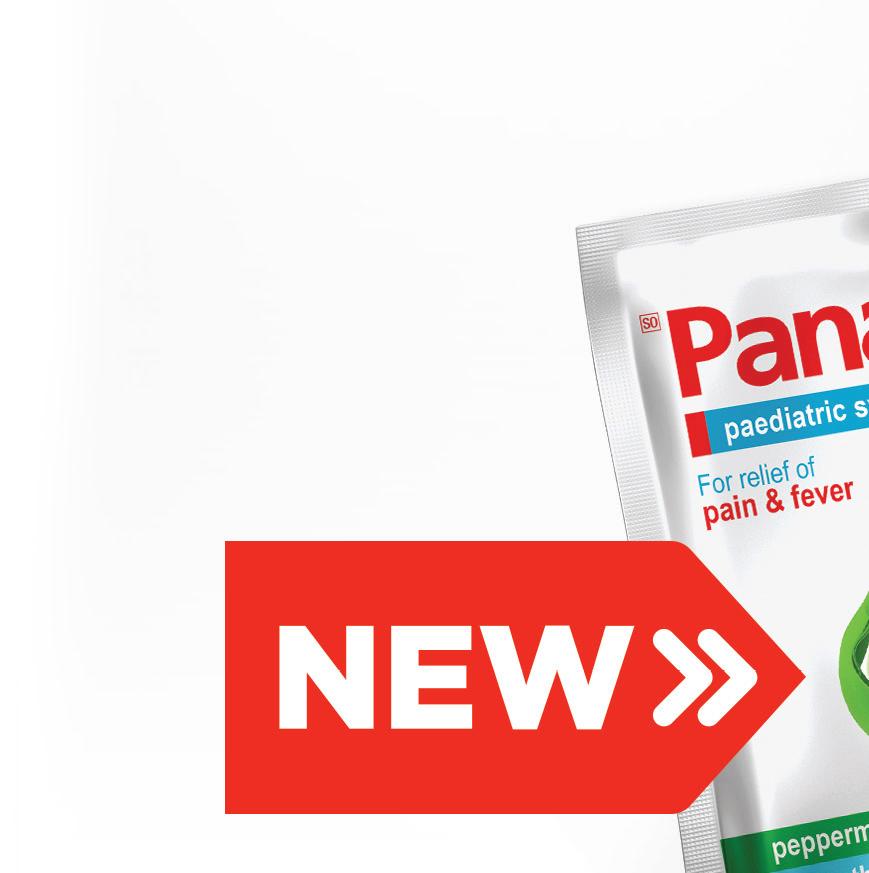
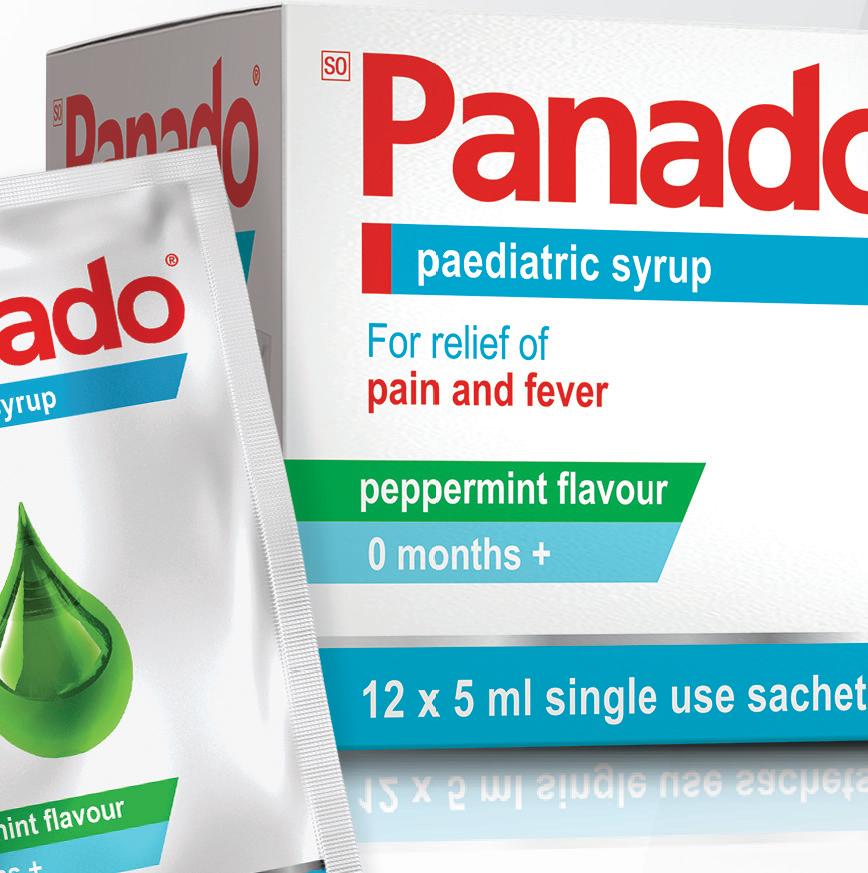

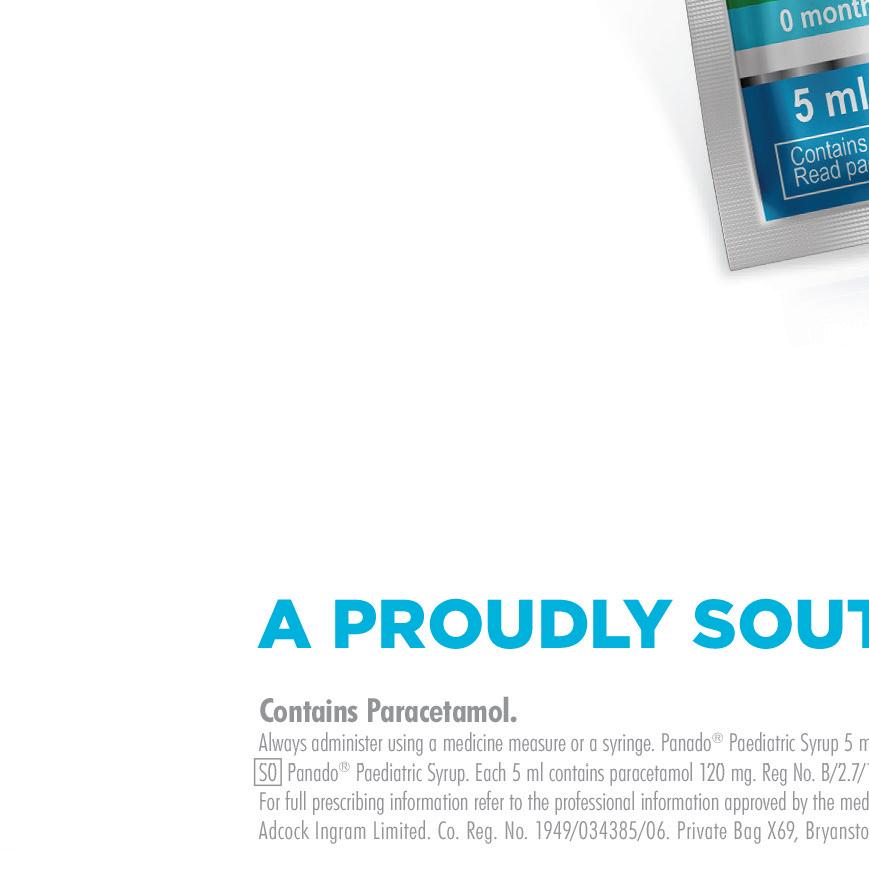

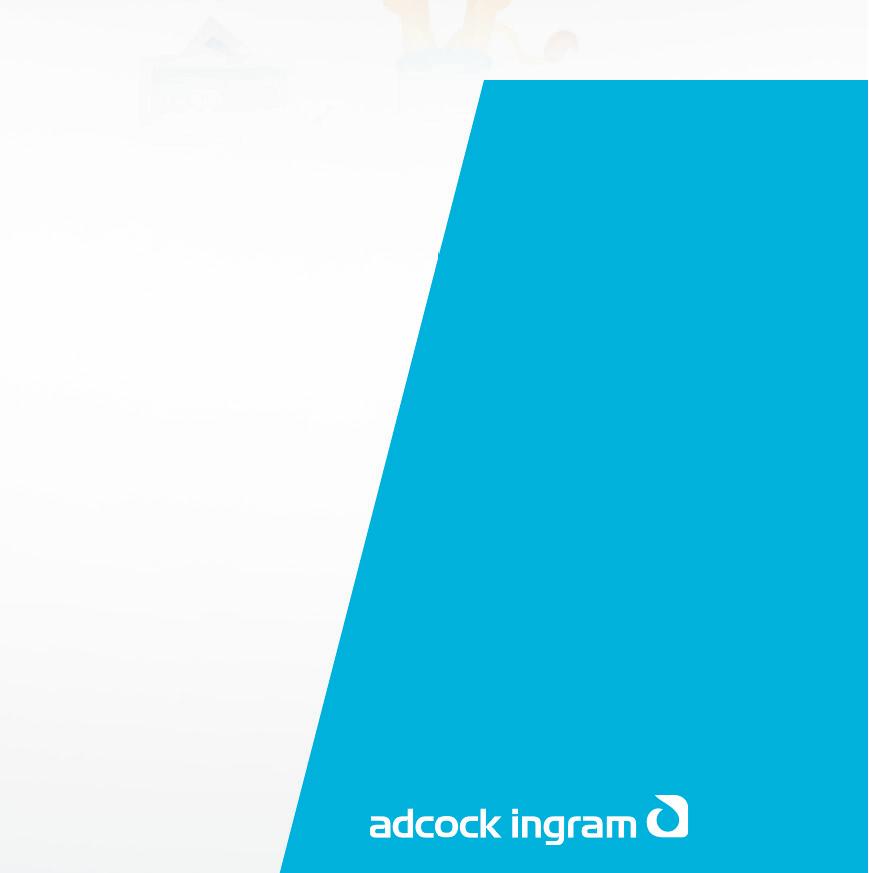
Keeping children’s vaccinations up to date is important for reducing the risk of ear infections and many other diseases. The introduction of the PCV-13 pneumococcal vaccine for all children at 2, 4 and 6 months of age has resulted in a dramatic reduction in middle ear infections.
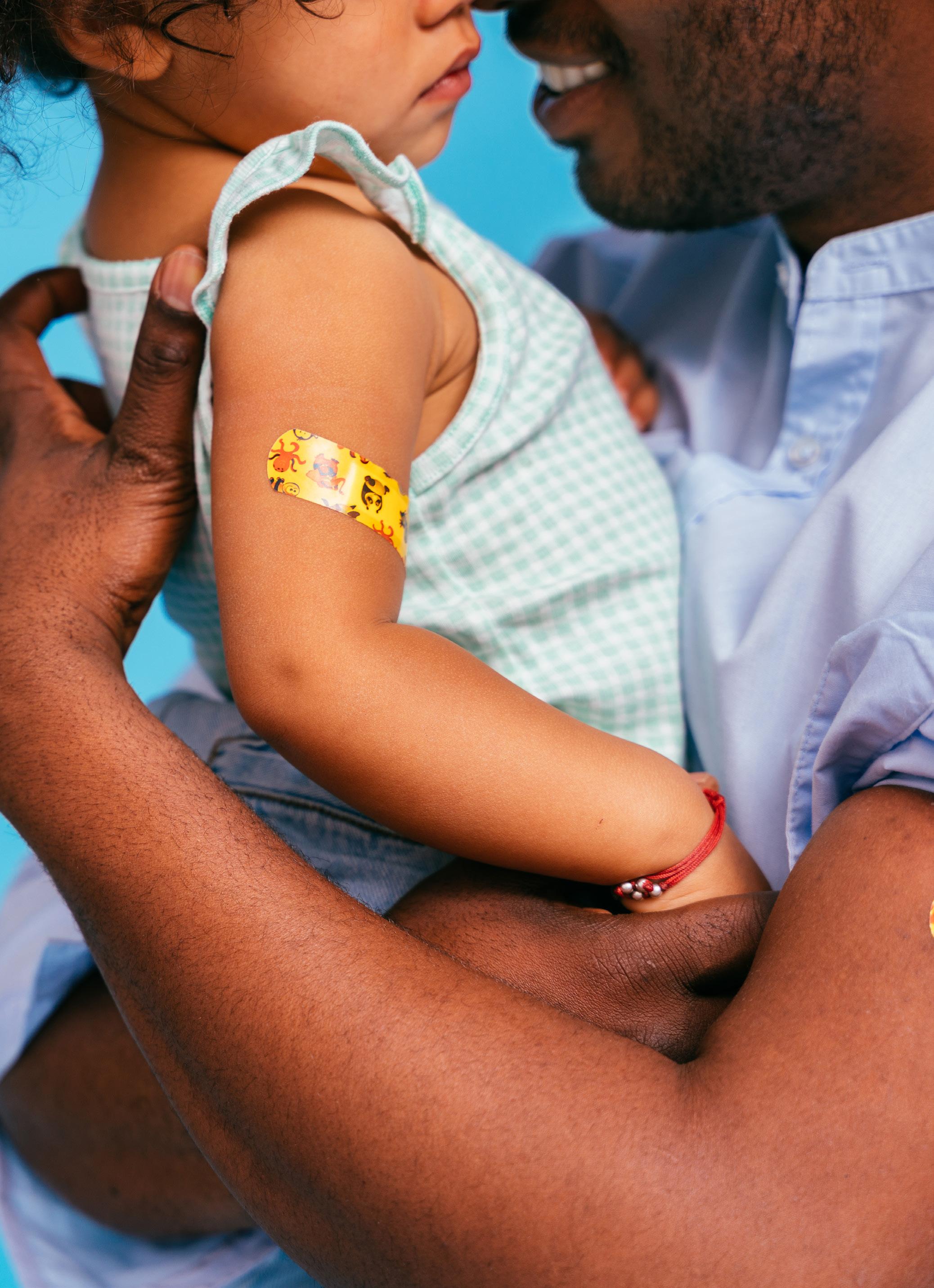
For those who are able to, breastfeeding is another way. Breast milk contains antibodies to some of the bacteria that cause ear infections. Exclusive breastfeeding for more than four months has been found to decrease the risk of ear infections.
Focusing on wiping runny noses and washing hands (after going to the toilet, before eating, after changing nappies, and after wiping noses) can reduce the spread of infections. Parents and carers can also teach these good hygiene practices to children.
Good infection control practices are especially important for young children with older siblings, those who live in overcrowded living conditions, and for those who attend childcare centres where the risk of ear infections is higher.
Parents should keep children with active ear infections away from other children, including from school and childcare centres, as much as possible until they’re well.
If you’re unsure whether your child has an ear infection, or if it has returned, talk to your GP so it can be identified and treated early.
Brad Farrant is an adjunct research fellow in Early Childhood Development, and Chris Brennan-Jones an NHMRC health professional research fellow, both at The University of Western Australia
Keeping children’s vaccinations up to date is important for reducing the risk of ear infections and many other diseases.



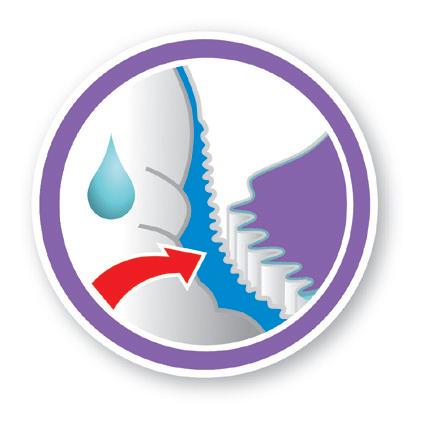




 By Sally Michener
By Sally Michener
If only you could get into that little mind and find out what your baby’s thinking... Well, you can—sort of. You can learn what baby thinks by observing how she plays. You can deduce what mental processes baby is capable of by giving her an opening cue and noticing how she responds. We call this the fill-in-the-blanks approach. A guess, yes, but until your child can tell you what she’s thinking, it’s the best you can do. While baby can’t yet talk, she can use body language to tell you her thoughts.
While reading to your 9-monthold, point to a picture of a cat and say, “Cat.” Watch her face—you will most likely see a light of recognition go on. She may look toward the door because the family cat resides outside. The picture of the cat has triggered a mental association. Your baby had stored in her memory the image of a cat and remembered that she usually pets the cat. You may also observe that she now has the mental capability to recognise the similarity between the cat in the book and the cat in her life.
At this stage, babies do remember recent events. If you happen to take your baby to a theme park where there’s music, the theme from one of the areas may make quite an impression on her. Now, should you play or sing that song, your baby will probably show excitement and smile—showing that she remembers what she had seen and heard the day before.
It’s believed that babies store bits of information, and if they hear a cue word, it’s just like pressing a button in a baby’s mental jukebox and a whole memory record comes down. For example, suppose you’ve been taking your baby for daily walks to a park or the playground. When she’s 9 months old, you may say “Go” and your baby could very likely crawl over to the door because the word “go” triggers visions of playing outside, going for a car ride, or any other activity associated with going out the door. She may not react differently, no matter what you added to “go”. By one year, however, her mind is capable of more complete memory. Now when you say, “go park”, she anticipates not only being carried
out the door but also going for your usual walk to the park. If you turn in a direction away from the park, she may protest. She could associate definite words and actions with definite events to follow. Anything that doesn’t fit her mental expectations merits a squawk. This illustrates the value of talking with your baby, explaining things step-by-step so she won’t be taken by surprise or unnecessarily disappointed—a setup for tantrum behaviour.
Baby’s vivid memory now enables her to remember what’s behind closed doors. At 11months, your baby may sit in front of an open kitchen cabinet door and notice the enticing pots and pans, which she will grab, pull off the shelf and
rattle in a way only a parent could love. (Fortunately for human ears, baby’s play times are short.) When baby has finished her sound effects, take away the pots and pans and close the door. From then on, your baby will remember the noisy ‘toys’ behind the closed door and daily crawl toward the cabinet, scale up the door and try to open it.

Baby’s vivid memory now enables her to remember what’s behind closed doors.



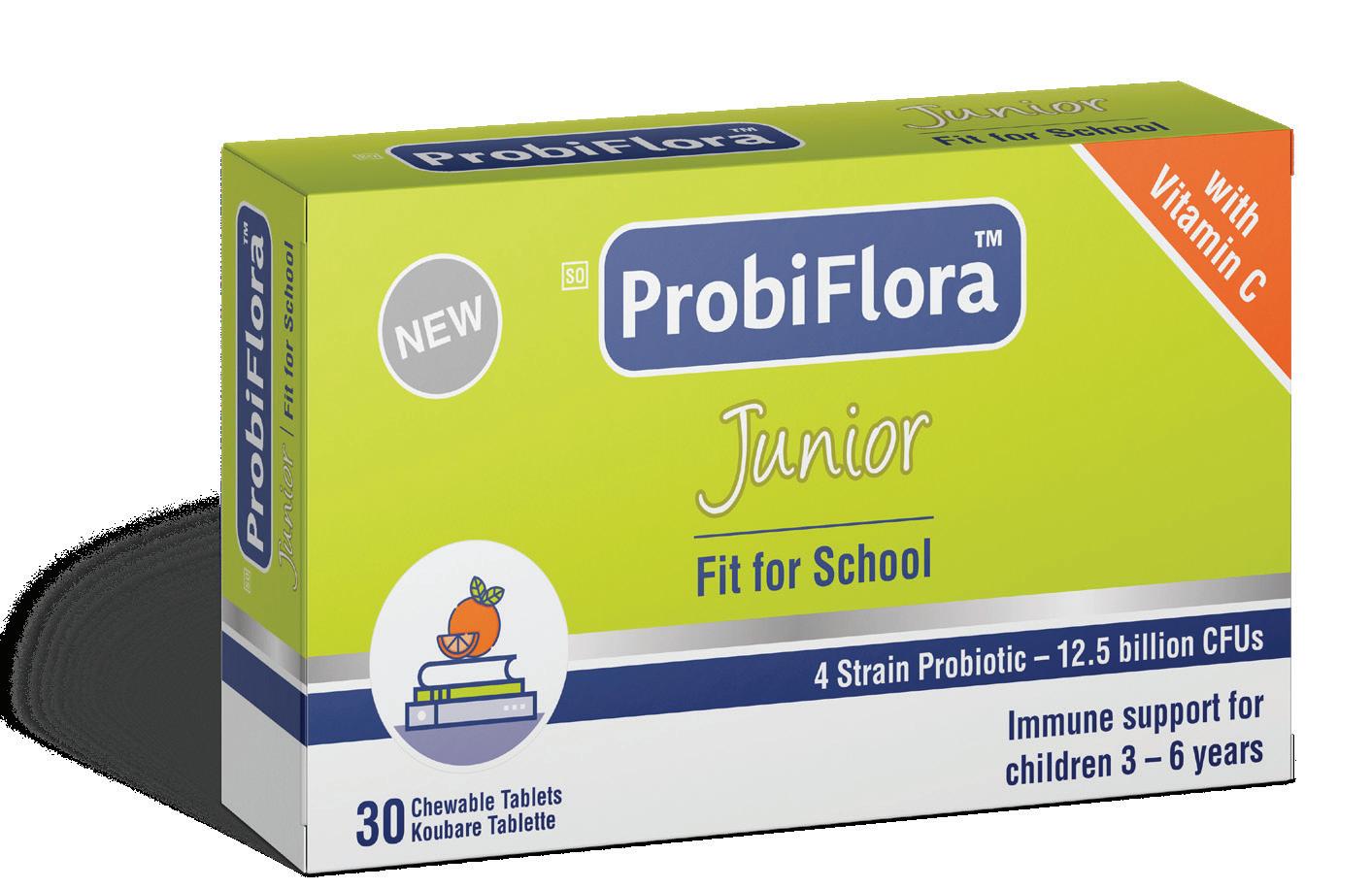





A mental skill that may begin to mature at this age is the concept of object permanence—the ability to remember where a toy is hidden. Previously, out of sight was out of mind. If you hid a toy under a blanket, baby showed little interest in finding the toy. Try this experiment: Let baby see you place a favourite toy under one of two small blankets lying in front of her. Watch baby momentarily study the blankets as if trying to figure out which blanket is covering the toy. By the “I’m thinking” expressions on her face, you get the feeling she’s trying to recall in her memory under which blanket the toy is hidden. She makes her decision, pulls off the blanket covering the toy, and shows great delight in making the right choice. Try this several times, always putting the toy under the first blanket, then let her watch you put the toy under the second blanket. If you have consistently hidden the toy under the first blanket, even when baby sees you put the toy under the second blanket, most of the time she will initially search under the first blanket because that scene is still fixed in her memory. Sometime between 12 and 18 months, as baby’s reasoning abilities mature, she may consistently remember that you switched the toy under the second blanket, or see the bulge under the second blanket and realise the toy must be under there.
Baby’s new ability to remember the place where a parent’s bobbing head was last seen makes this game a favourite. Let baby chase you around the couch. When she loses you, peer around the edge of the couch and call her name. Baby will crawl to where she saw you peering. Eventually she will imitate you by hiding and peeking around the couch herself.
Next, add the game of sounding. Instead of letting baby see where you’re hiding, stay hidden but call her name. Watch her crawl, and later toddle, around the house in search of the voice she mentally matches with the missing person. Keep sounding to hold your searching baby’s interest.

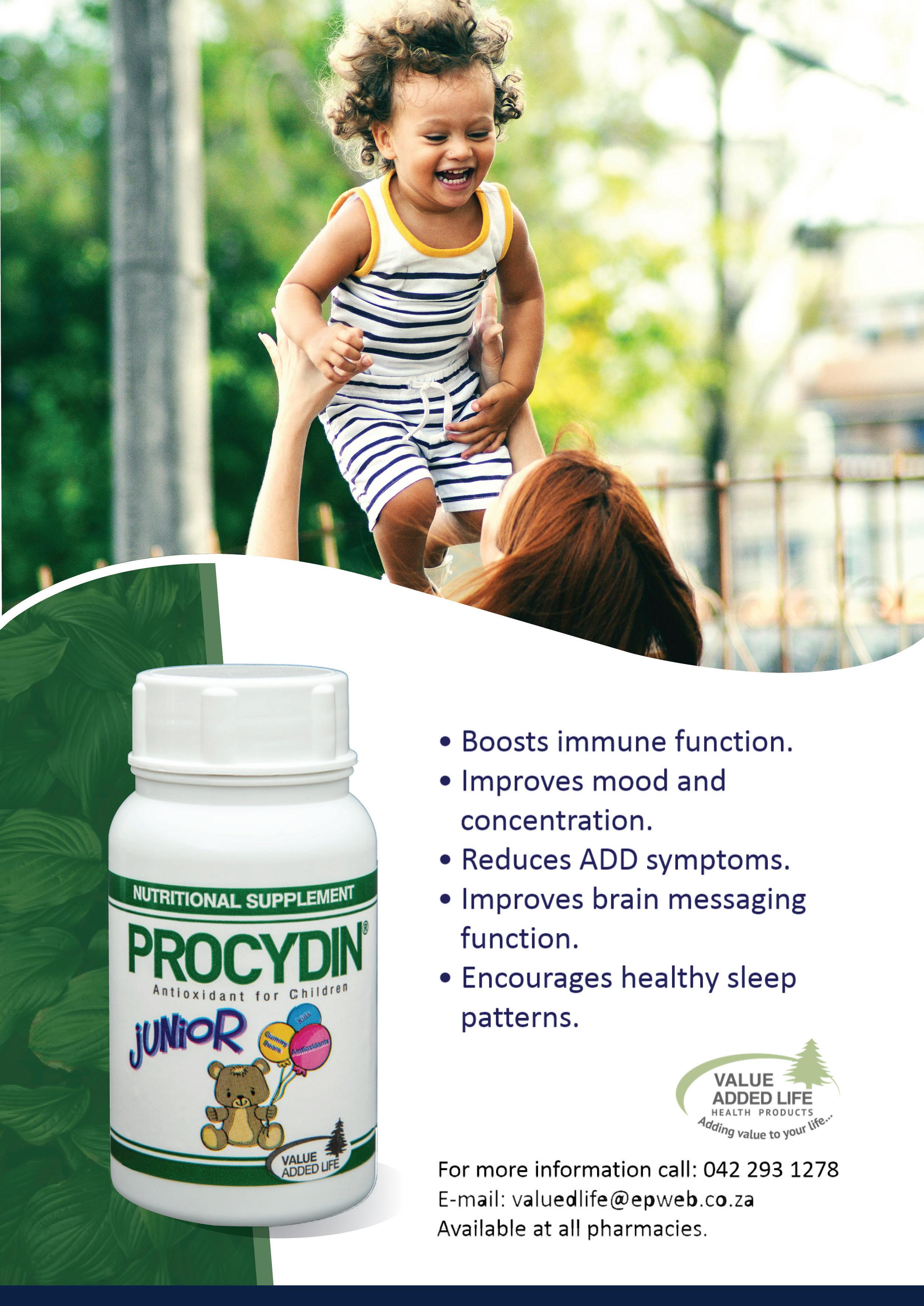
Whatever the age of your child, it is important to know if they are growing as they should be. If your child’s growth rate is not within the expected range, it could be a sign of an underlying growth condition.

Growth disorders are a type of condition that can affect a person’s height, weight and sometimes, sexual development. There are many different types of growth disorders, caused by different factors most of which result in poor growth and other medical issues. If growth disorders are left untreated, it can lead to further health problems later in life.
Growth is a complex biological phenomenon and is influenced by genes, nutrition, environment, health, hormones and growth factors (proteins that stimulate cellular growth). It is a vital part of a child’s development and an indicator of their wellbeing. If you have noticed your child is not growing properly, there may be an underlying condition that is causing it.

Why do some people have growth disorders?
Growth is complex, and sometimes the processes affecting growth do not work as expected. For example, genetic factors can affect the part of the brain which releases growth hormone. In addition, different hormones may not have been available to the foetus while developing in the womb.

What is growth hormone and why is it important?
Growth hormone is a chemical messenger released from a part of the brain known as the pituitary gland. The purpose of growth hormone is not just to help children become taller, it sends messages to almost every part of the body telling it to grow and function. This includes, muscles, bone, heart and brain –affecting cardiac function, mental agility and even ageing. If growth hormone is too low, this can lead to reduced growth along with a number of health problems.
It is extremely important to become aware of and to identify growth disorders that your child may have as they start to develop.
Download the Growth Journey App to easily monitor your child’s growth.




Growth hormone deficiency has been identified in about 1 in every 3,800 babies. When a child is diagnosed as Growth Hormone Deficient. Without enough growth hormone, a child does not grow the way he or she should.
Keeping track of your child’s growth can be tricky but with Growth Journey App, you can do this more easily and fun. Growth Journey is a free growth tracking app that uses a phone’s camera to help you track your child’s growth regularly.

Novo Nordisk is a leading global healthcare company, founded in 1923 and headquartered in Denmark. Our purpose is to drive change to defeat diabetes and other serious chronic diseases such as obesity and rare blood and endocrine disorders. We do so by pioneering scientific breakthroughs, expanding access to our medicines, and working to prevent and ultimately cure disease. Novo Nordisk employs about 47,000 people in 80 countries and markets its products in around 170 countries.
For more information, visit novonordisk.com, Facebook, Twitter, LinkedIn and YouTube.


Nordisk (Pty) Ltd 150 Rivonia Road 10 Marion Street Office Park Building C1 Sandton, Johannesburg 2196, South Africa Tel: 011 202 0500 Fax: 011 807 7989

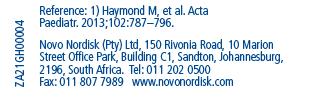


Many people find it emotionally challenging to give away toys and prefer to keep and pass them on to children and family members.
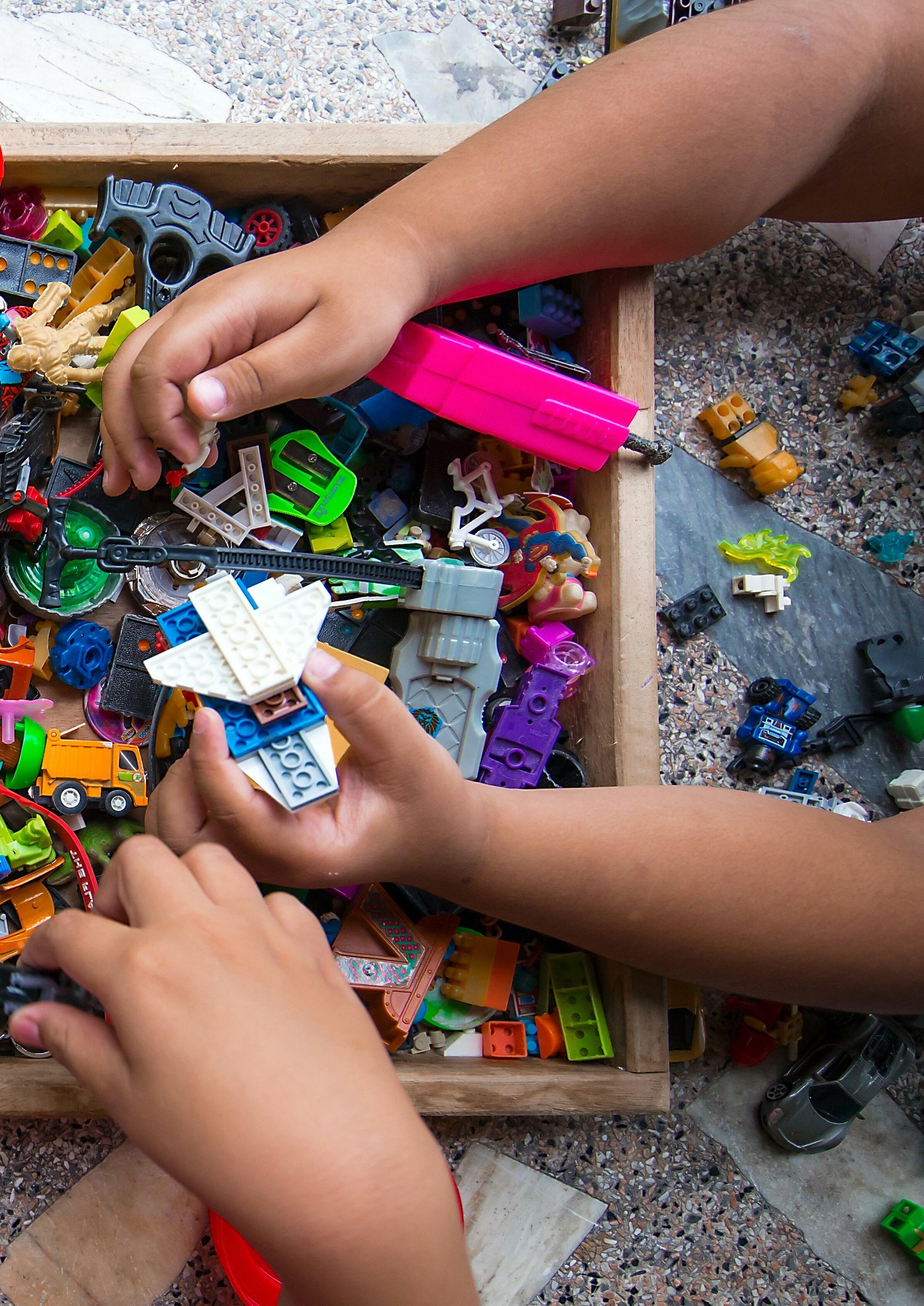
Why kids shouldn’t have lots of toys— and what to do if yours have too many
Parents and carers already know: many children today have a lot of toys.
South Africa imports a large number of toys and games each year. In 2019, the value of toys, scale models and puzzles imported from China—the world’s biggest net exporter of toys—totalled more than a billion rand, according to the United Nations Comtrade Database on International Trade.
Lockdowns have resulted in online toy sales growing tremendously during 2021, with the online toy industry now growing faster than the overall online retail sector.
Apart from environmental concerns, having lots of toys can negatively impact children as well as parents and carers.
Here are some ideas for dealing with existing toys, as well as the upcoming influx of new ones.

Spaces with lots of toys are overstimulating and impact the ability for toddlers and younger children to learn and play creatively.
Similar to cluttered pantries or office spaces, which make it hard for adults to focus, having too many toys around the house can make it difficult for children to concentrate, learn and develop important skills around play.
Research shows fewer toys at a time leads to better quality playtime for toddlers, allowing them to focus on one toy at a time, build concentration skills, and play more creatively.
The other issue with having lots of toys ‘in play’ is that we tend to place less value on them. By reducing the number of toys, adults can help children develop appreciation and gratitude.
Decluttering is easier said than done, but organising toys has many benefits for children and adults alike.
Fewer toys that are well organised lead to a calmer, less stressful environment, which also reduces overstimulation in children and contributes to better behavioural regulation. Reducing the number of toys can also increase opportunities

for children to build frustration, tolerance and having to focus on one or two toys at a time can improve problem solving skills as well as developing independent play experience and creativity.
Organising toys can also help parents and carers improve general structure and routine in the home, which is great for everyone!
A good first step is to conduct an inventory of all the toys in your house. Divide toys into ‘keep and play’, ‘keep and store’ (toys that are sentimental, family heirlooms or part of a collection that can be put in storage) and ‘give away or sell’.
Toys that are ‘keep and play’ should be organised in ways that allow children to clearly see and easily access them. Put two-thirds of these toys away in storage.
Every month, rotate the number of toys available, ensuring you have an interesting selection of social and solo-play toys available, and try to include ‘good’ toys.
Rotating toys can help with space issues and, importantly, it keeps the novelty alive.
a time leads to better
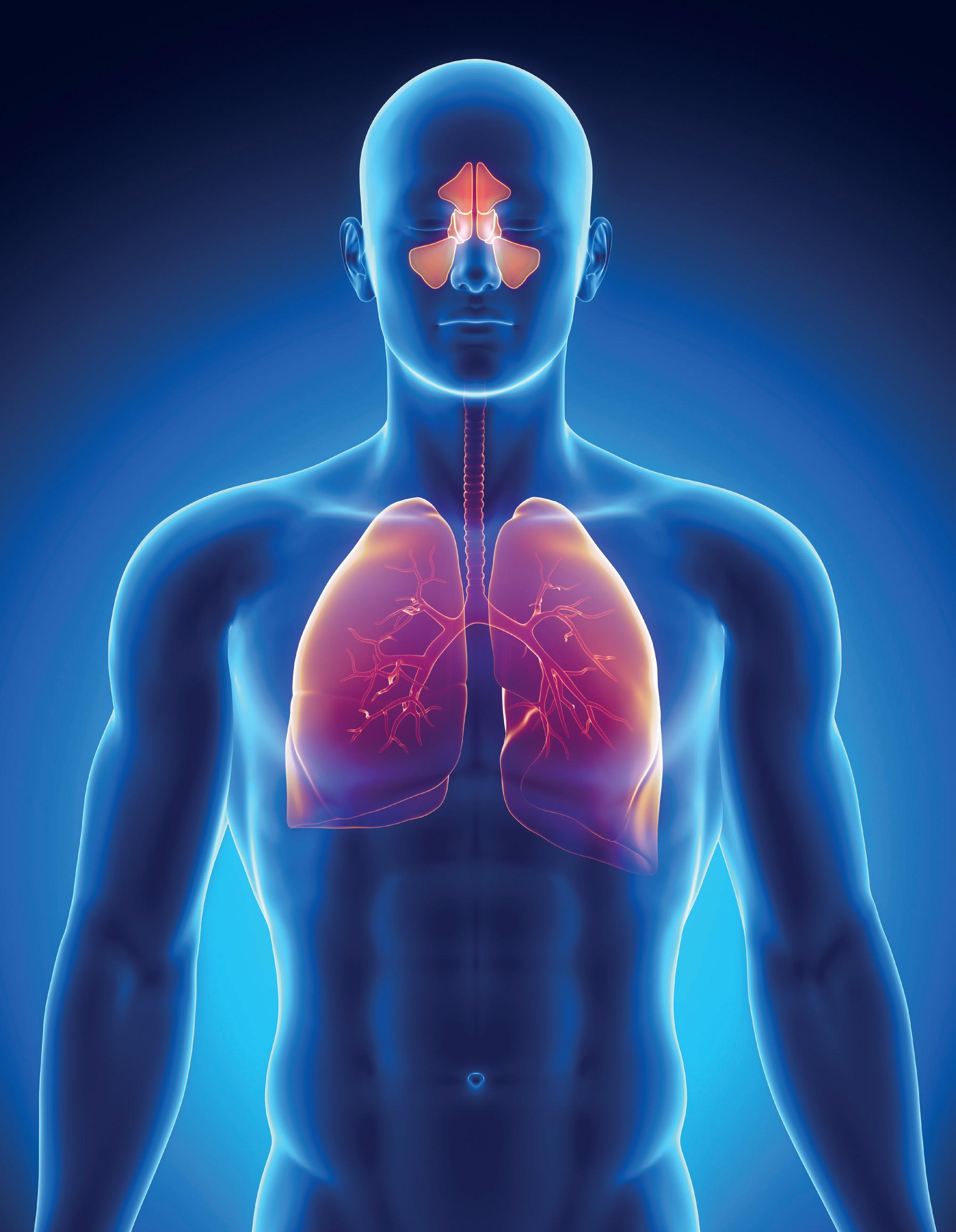
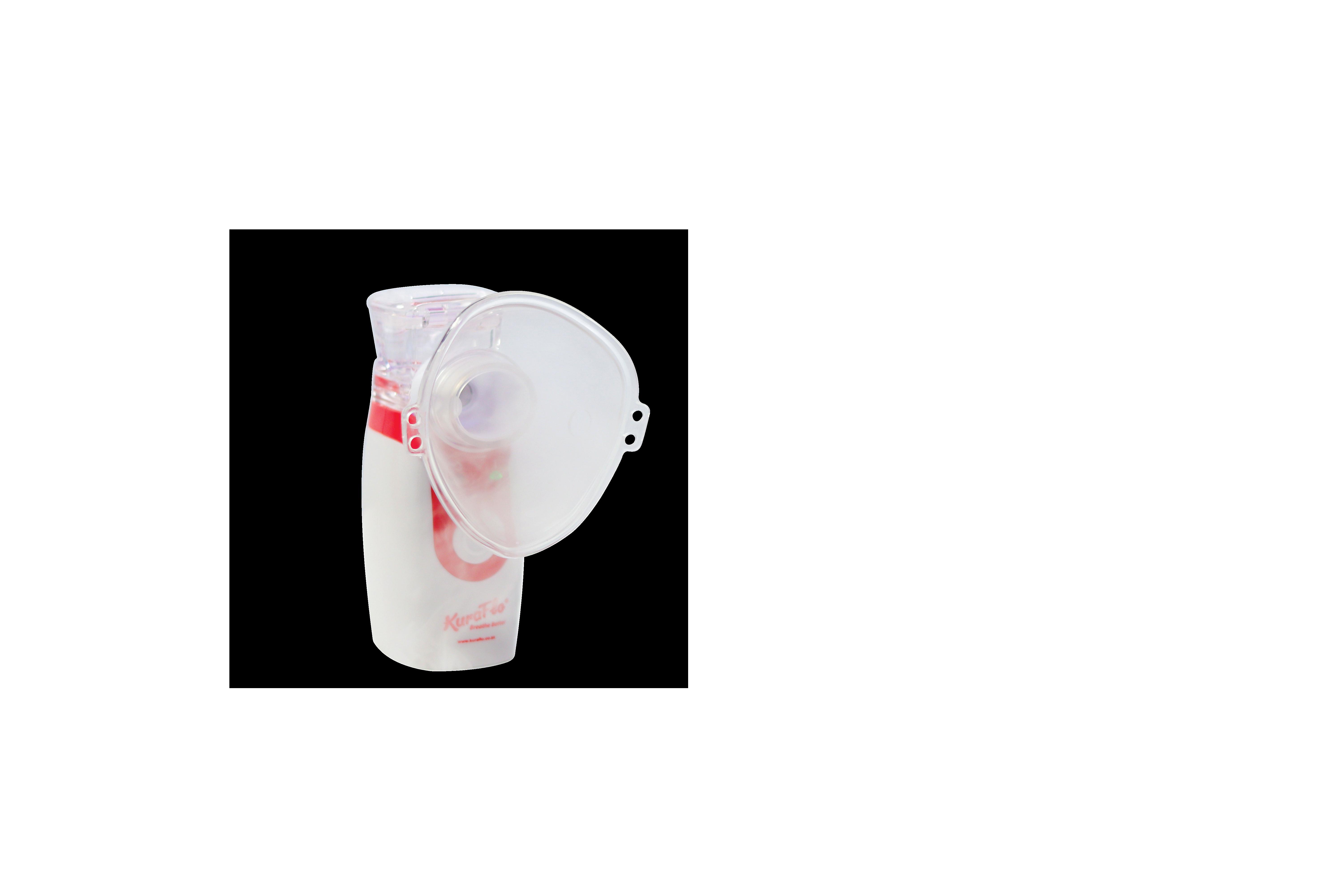





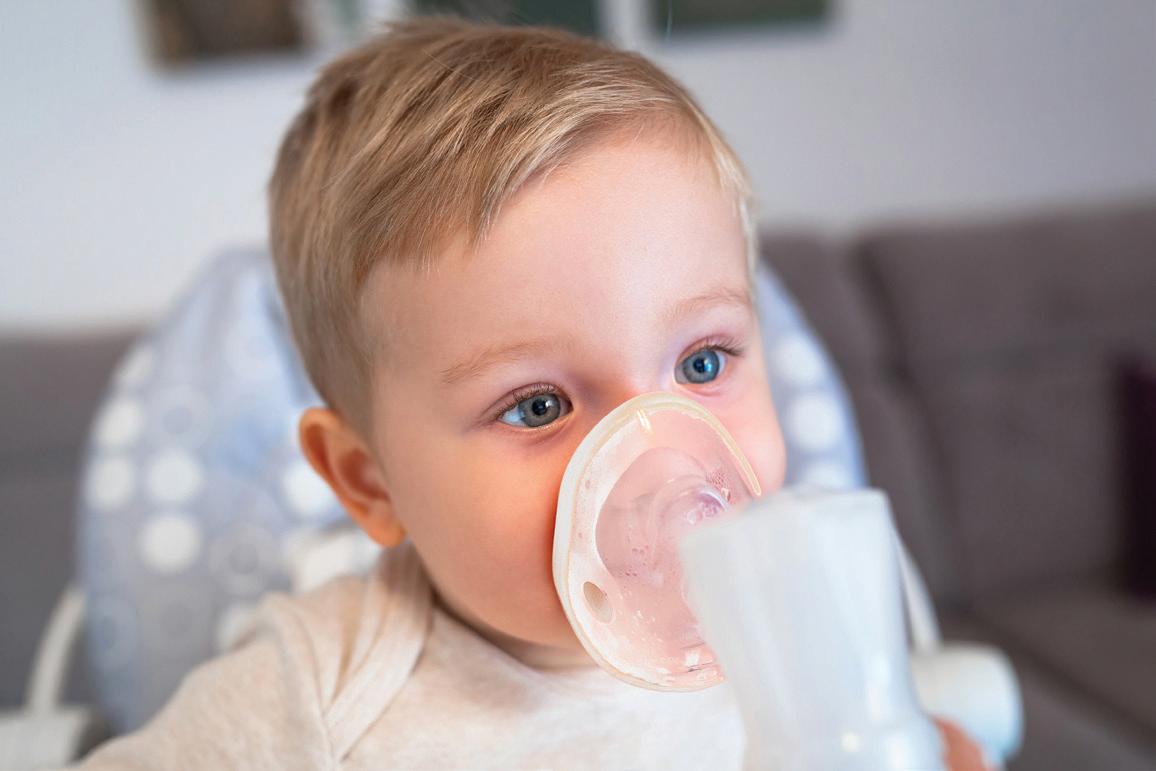
With such a huge variety of toys available, the choice can be overwhelming. But when you’re thinking about buying toys, there are some features that make certain toys better than others.
Good toys are those that are appropriate for the child’s age and developmental level. If you’re not sure if a toy is suitable in this regard, seek advice from staff in specialist toy stores.
Toys should stimulate learning and keep a child’s interest at the same time, and they should be safe and durable. In addition, toys should be able to stand the test of time (think Lego) and ideally be used in a variety of different ways over the years.

Good toys don’t have to be expensive. It’s worth remembering that simple, everyday household items—cardboard boxes, saucepans and cooking implements, buckets and tubs, cardboard tubes, plastic containers and stacking cups— make excellent toys for younger children.
Parents may find it useful to categorise good toys. This ensures that when you’re organising toys, children have access to a variety of toys suitable for different types of learning and play development.
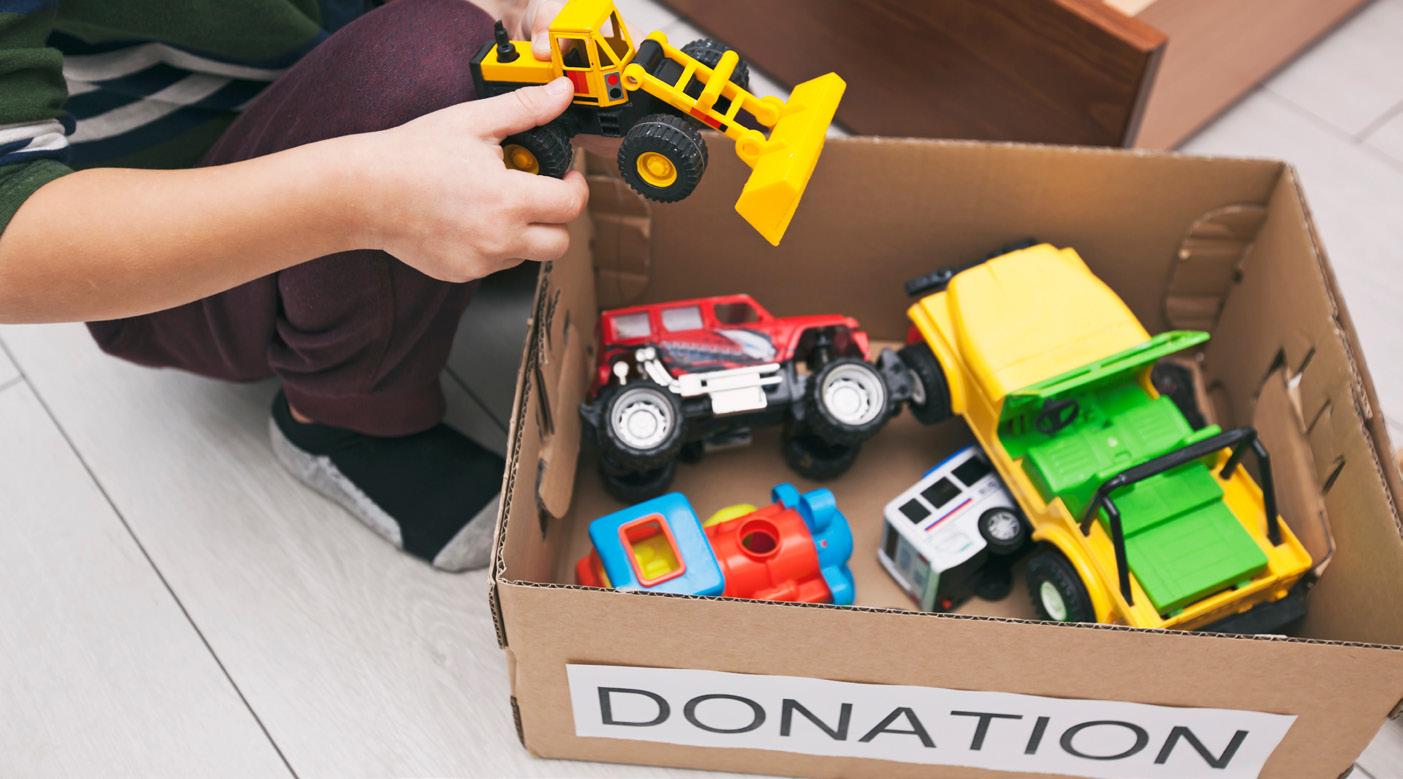
Here are five ways to categorise toys:
• Manipulative/functional toys these include construction and building toys, puzzles, stacking and nesting, brain-teasers, dressing toys, beads, blocks, bath toys, and sand and water toys. Manipulative toys are important for helping develop fine and large motor skills, dexterity and co-ordination, which are vital for drawing, writing, dressing and more.
• Active toys—including various outdoor toys, climbing equipment, sports equipment and ride-on toys. Active toys are great for general physical activity and motor skills development.
• Learning toys—these include board- and card games, books, and specific-skill toys such as letter identification and shape and colour sorters.
• Creative toys—such as arts and craft materials, musical toys and instruments, including digital music and drawing apps.
• Make-believe—including dressups and role play (costumes, clothing, hats, masks and accessories), stuffed toys, puppets, dolls and transportation toys.
It can be hard parting with beloved toys, those that have been part of a special collection, or even just trying to clear out toys that have accumulated over the years. Many people find it emotionally challenging to give away toys and prefer to keep and pass them on to children and family members.
There are many charitable organisations that will be pleased to find new homes for good quality toys, for instance The Salvation Army and children’s homes. Also search “toy donation” in your area to find local organisations. Make sure that what you’re giving is in good condition (if it’s a puzzle, make sure it has all the pieces!).
Online platforms selling used items, or secondhand dealers, are other options that will give your treasures a second life.
Finally, it’s worthwhile having the list of good toys handy so you can easily answer friends and relatives when they inevitably ask what they can get the kids for Christmas or their birthdays!
Louise Grimmer is a senior lecturer in Retail Marketing and Martin Grimmer a professor of Marketing, both at the University of Tasmania




















































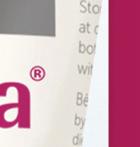
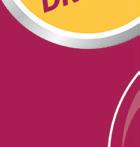



































































 By Vicky Armstrong
By Vicky Armstrong
Why creating art with your children is important

H
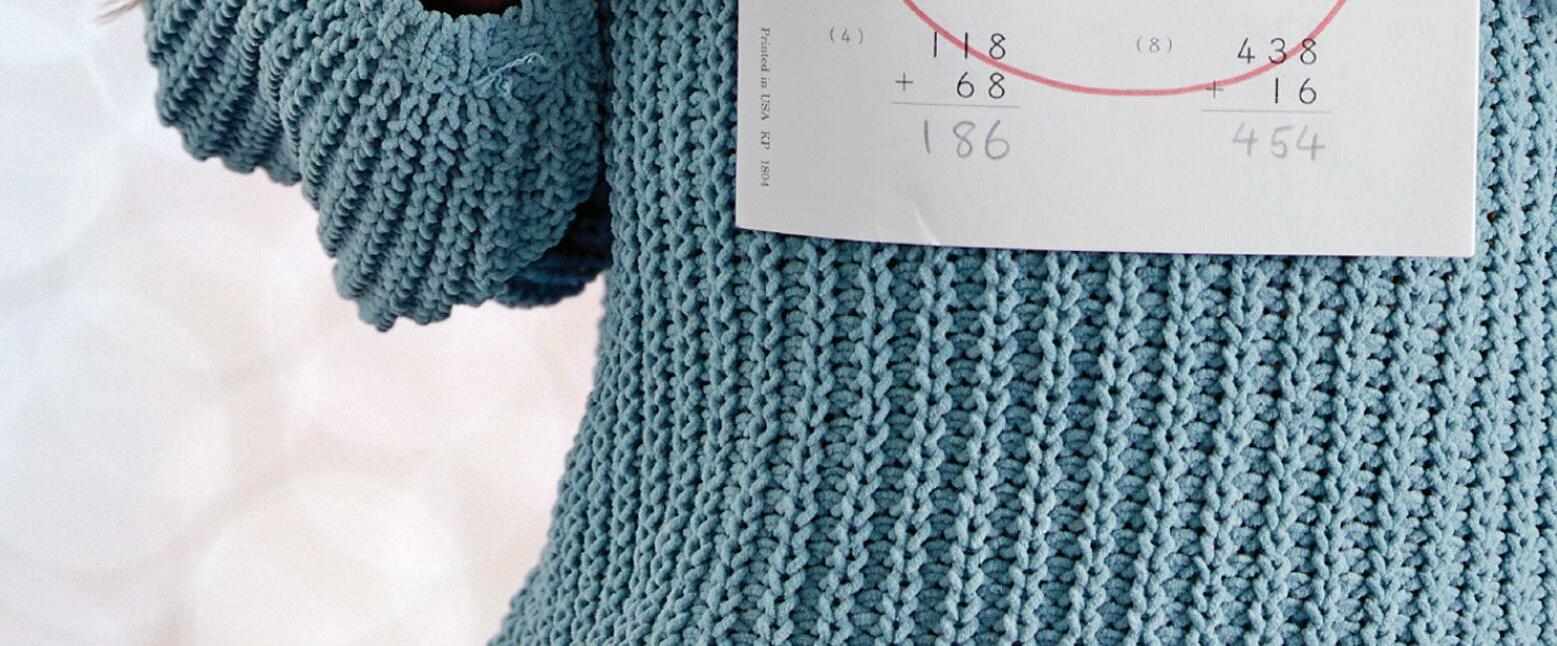
P R O G R A M M E S a r e d e s i g n e d t o g i v e y o u r c h i l d a g r e a t h e a d s t a r t .

O u r p r o g r a m m e s i n t r o d u c e t h e f u n d a m e n t a l s o f n u m b e r s a n d r e a d i n g t h r o u g h f u n , c o l o u r f u l w o r k s h e e t s a n d I n s t r u c t o r s u p p o r t

C h i l d r e n a r e e n c o u r a g e d t o w o r k i n a n a t t e n t i v e a n d t h o u g h t f u l w a y t o d e v e l o p c o n c e n t r a t i o n , a t t e n t i o n s p a n , a n d g o o d l e a r n i n g p r a c t i c e s r e a d y f o r s c h o o l a n d b e y o n d .
K u m o n i s a h o m e - b a s e d l e a r n i n g m e t h o d s u p p o r t e d b y v i s i t s t o a C O V I D - 1 9 c o m p l i a n t K u m a n C e n t r e a n d / o r o n l i n e c l a s s e s
V i s i t o u r w e b s i t e t o f i n d t h e C e n t r e i n y o u r a r e a , a n d e n r o l t o d a y .
Developing children of all ages and abilities. www.kumon.co.za


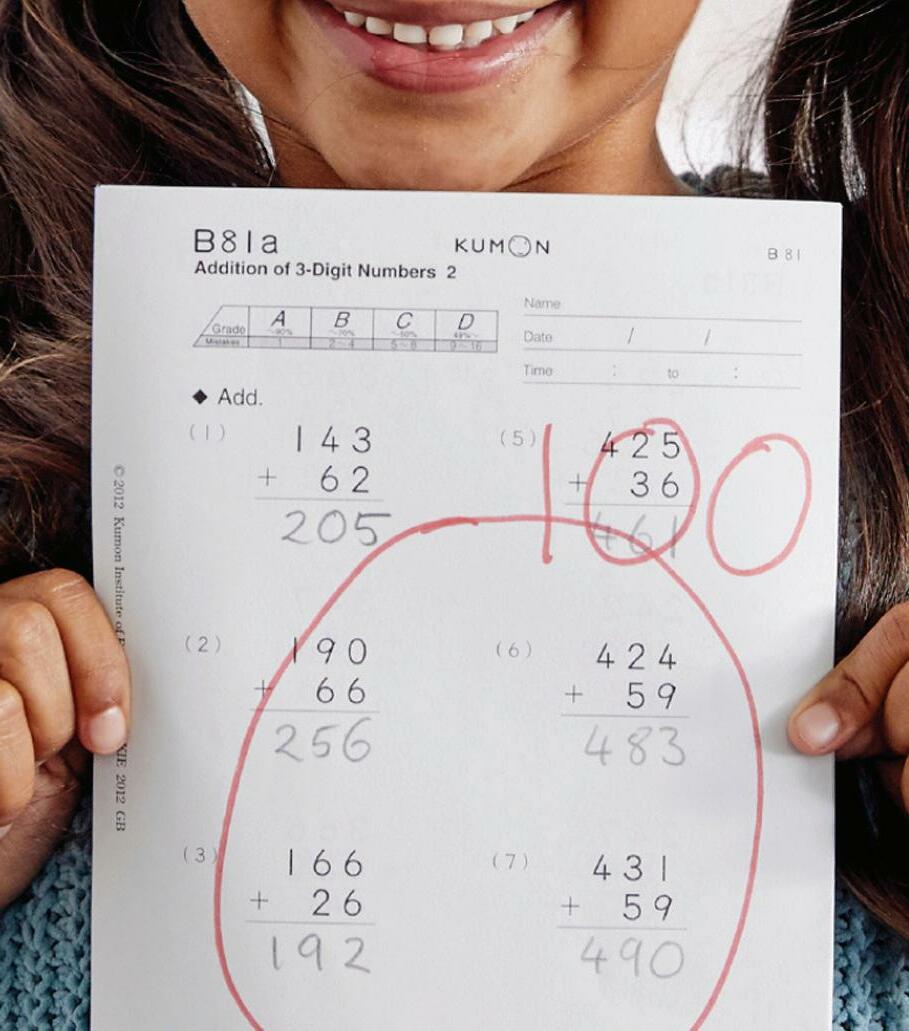

any of us may be looking to art activities to keep children busy while at home. If you are, I want you to know that you’re doing something positive for your children. From improving communication and motor skills to helping them develop a sense of self, there are many reasons why art making is valuable to children. That’s why it’s important to encourage such creativity from infancy and to include art alongside home learning and as an extension of their play.
When young children make art together with their caregivers, they share a new experience that can reinforce bonding. Creativity is an extension of babies’ natural desire to share and communicate.

MMy research, in collaboration with Dundee Contemporary Arts, found that in art therapy the art-making process encouraged behaviours that build strong relationships such as eye contact, pleasant touch, shared goals, responsiveness. You may notice during art making that there’s much joint attention— where you both look at the same thing together. This helps babies learn social skills such as language and perspective taking, and feel connected to others.
There are further developmental benefits from experiencing new sensations and practising motor skills. Young children also see how they can make choices and communicate these to the grownups around them. Even something as simple as choosing a colour or making a mark lets them see the physical outcome of their choices. This builds their feeling of agency and their sense of self.
Art is communication without the need to be verbal, which may allow children to express themselves more honestly than through speech.

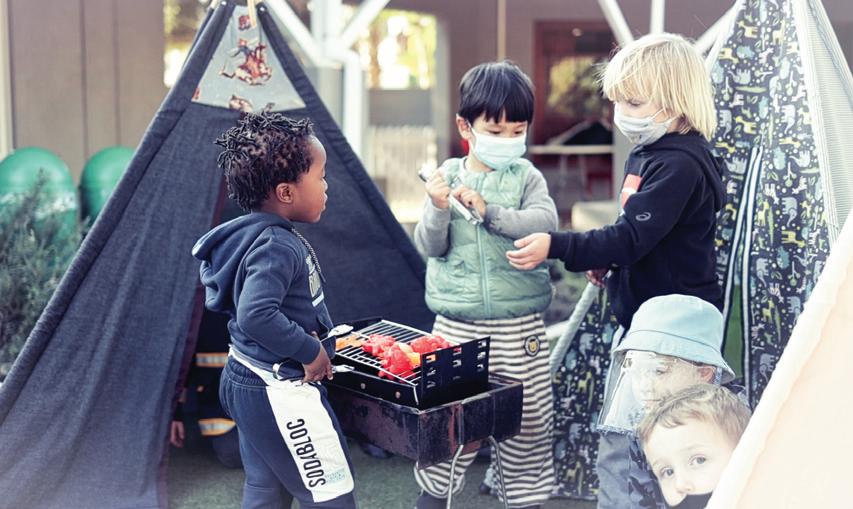
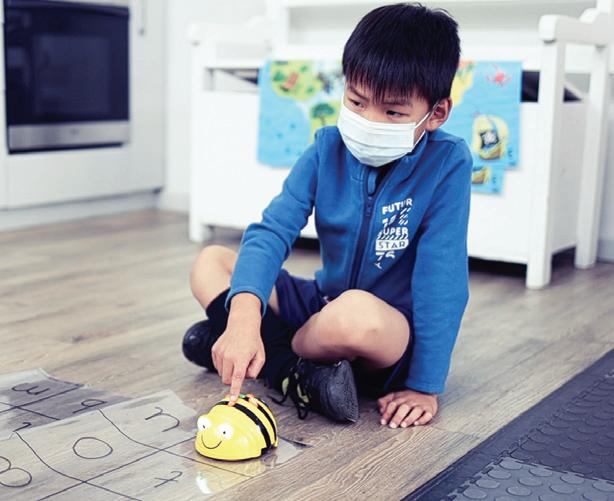


These benefits continue through childhood. Art helps children to think in new ways, and to explore ideas—as the art and education academic John Matthews tells us, scribbles are a process of investigation, not just random marks.
When you make art together with your children, you add additional relational benefits as they share feelings and ideas. Art is communication without the need to be verbal, which may allow them to express themselves more honestly than through speech.
I advocate joining in the art making together with your child wherever possible. So, where to begin? The best creative activities
are those that invite children to play and explore without set outcomes. Your role is to create the right conditions for them to engage and then to follow their lead. You may be surprised by their ideas. An invitation can be as simple as offering an interesting material and suggesting they see what it feels like.
If you have small babies, you can start with just a couple of blobs of paint on a large sheet of paper on the floor for them to explore on their tummy. Try home-made edible paints. Keep it short—and have a nice bath ready!



Here are more ideas for creative invitations for all ages that use simple materials:
Printing transfers an image from one surface to another. Younger children can spread paint across the back of a baking tray, mixing to their fancy, then press a sheet of paper on top, making a print. Try the back of cupcake tins to get nice circular images. Offer older children tools like cotton buds or a blunt pencil to draw into the paint on the baking tray, then print to transfer the design. Or they could add paper shapes or leaves on top of the paint before printing, like a stencil.
Stamping uses an object to transfer paint to paper. For smaller children, why not try using things from around the house as stamps? Anything that can be dipped in paint will work: potato mashers, cardboard tubes, spatulas, toy animals or cars.

If you want some non-messy creativity, try drawing with shadows. Spread a sheet between chairs, shine a light and let children experiment with their hands or holding up objects to see the shadow they cast. Older children may like to cut out figures or animals, tape them to cutlery or a pencil, and use them to create an animation.
Remember, it’s not about producing perfection, but allowing children to enjoy the process and sharing that with them. And, importantly, having fun.
Vicky Armstrong is a postgraduate researcher in Psychology and an art therapist at the University of Dundee
It’s not about producing perfection, but allowing children to enjoy the process and sharing that with them

Becoming a new father can be a difficult and overwhelming time. And more and more, we’re hearing about the mental health impact this can have on men, with some research suggesting as many as one in 10 men suffers from postnatal depression.
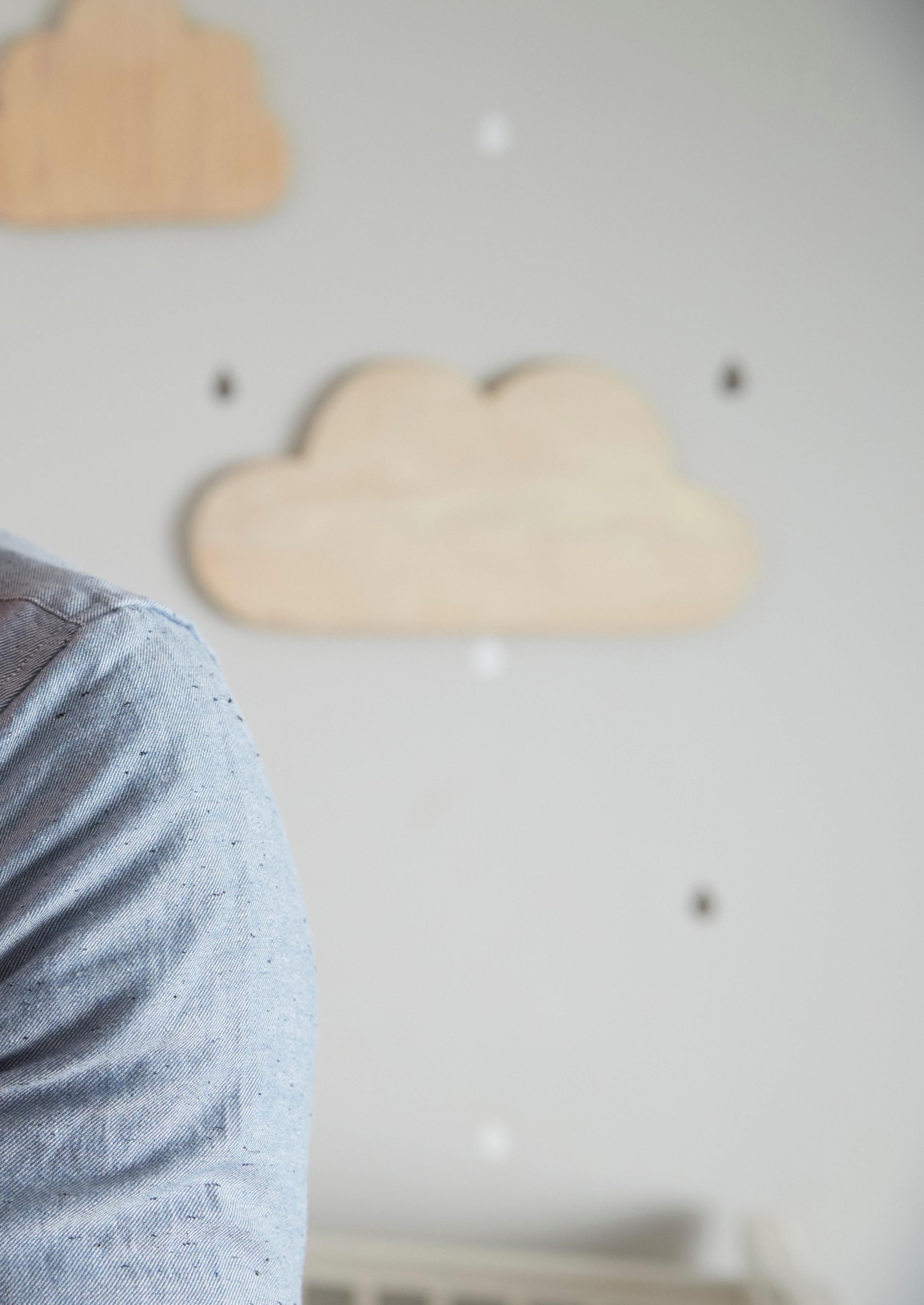
While there’s often information and mental health support available for mothers during the postnatal period, many fathers aren’t given the same amount of information and support for their own mental health during this time. This was
something our previous research in BMC Pregnancy & Childbirth (2017) revealed, showing men aren’t getting the support they needed—both for their own mental health, and in knowing how best to support their partner through her mental health struggles.
There’s a significant need to recognise and support men who are struggling.
Not only will this improve their health and well-being, but recent research for PLOS ONE (2021) has also revealed that treating parental depression (in both mothers and fathers) may have longterm benefits for the child’s mental health, too.
Becoming a new parent is challenging —and fathers need support, tooAs part of a larger study looking at postnatal mental health, we interviewed seven fathers and asked them about their experiences of being a new parent, interacting with health visitors, and their experience of supporting their partner through her mental health struggles.
All of the fathers we spoke to felt pressure to support their partner and be the ‘protector’ of the family; they also felt they lacked the skills and knowledge to do this—especially if their partner was struggling with her mental health. Overall, all also agreed having more information about the postnatal period and postnatal mental illness would better help them support their partner, and lessen the impact on both mother and baby.
Despite this, every father we interviewed felt formal services (such as health visiting or mental health services) did not share this view, often leaving them out of the decision-making process about treatment and support options. This led to feeling resentment and frustration toward the system—especially not knowing how they could support their partner between counselling appointments.
All seven fathers felt they couldn’t talk to a health visitor, even if they needed to for help in supporting their partner, or help with their own mental health or dealing with their new role as a parent. Other studies have also shown this, finding men feel excluded by these services or feel that they aren’t entitled to use these services.

There are many reasons men may feel this way, including fathers feeling they have to be strong or can’t be emotional, or because their work may prevent them from being there during health visits.
While not all fathers we interviewed wanted support for their own mental health, those who did felt they had nowhere to go to for support.
Four of the fathers felt that if they were to accept support, they would prefer informal mental health support (such as talking with friends or other fathers). But all agreed there was a stigma against seeking help for their mental health, seeing it as less masculine if they did. This is concerning, as we know that around 36% of men who struggle with poor mental health don’t get the help they need. This may be due to health professionals often not seeing fathers as a priority, and fathers feeling reluctant to express they need support during this time.
Another reason this lack of support is concerning is because there’s an increased risk of poor mental health for both mothers and fathers in the period just after the baby is born. This often happens because of the significant life changes, and the need to adjust to an array of new roles and tasks. Studies also show that around 5% to 10% of fathers experience
perinatal depression, with a further 5% to 15% experiencing perinatal anxiety.
But while, in some countries, the mental health of mothers is routinely screened in the perinatal period by health visitors, the same isn’t true for fathers. This is why there’s a push to recognise the need to routinely assess men’s mental health in the perinatal period as well. Doing so would potentially see more men diagnosed and treated with mental health conditions that might otherwise have gone undetected —benefiting not only fathers but mothers and children, too.
Although our study only interviewed a small number of fathers, other research with dads has found similar results. Alongside ensuring men have someone to talk to or somewhere they can go to for support during this time, research also suggests that increasing mental health literacy can help more men seek help if they need it.
Rachel Leonard is a postdoctoral research fellow, and Mark Linden a senior lecturer, both in the School of Nursing and Midwifery at Queen’s University Belfast
There was a stigma against seeking help for their mental health, seeing it as less masculine if they did


Learning how to be mindful from a young age allows kids to get really good at it and be able to utilise techniques that they can turn to for the rest of their lives.

Mindfulness begins when we’re connected to the breath.
Slow belly breaths that stimulate the vagus nerve and our rest and digest response (parasympathetic nervous system). The breath is an important tool that can keep us present, keep us consciously aware of what’s happening in and around ourselves.
“Mindfulness is such a powerful skill for kids to learn, and helping them do so is such an incredible gift that us adults can give to our children,” nods Simone Borcheding, owner of Mighty Small, South Africa’s first and leading conscious kids store stocking the widest selection of locally and ethically made kids goods all under one roof. She adds, “Learning how to be mindful from a young age allows kids to get really good at it and be able to utilise techniques that they can turn to for the rest of their lives.”
When we ask our kiddies to breathe and to notice their bellies moving, or notice how an object moves when they control the direction of their exhale, or when they simply enjoy blowing bubbles in the sunshine, we’re indirectly


guiding them to not be attached to the past, and to try to avoid imagining the future.
“What is directly in front of them is occupying their minds because of the involvement of their breath,” explains Hannah, owner of The Little Yogis, a local business that shares yoga and mindfulness with kids through classes and yoga-inspired products.
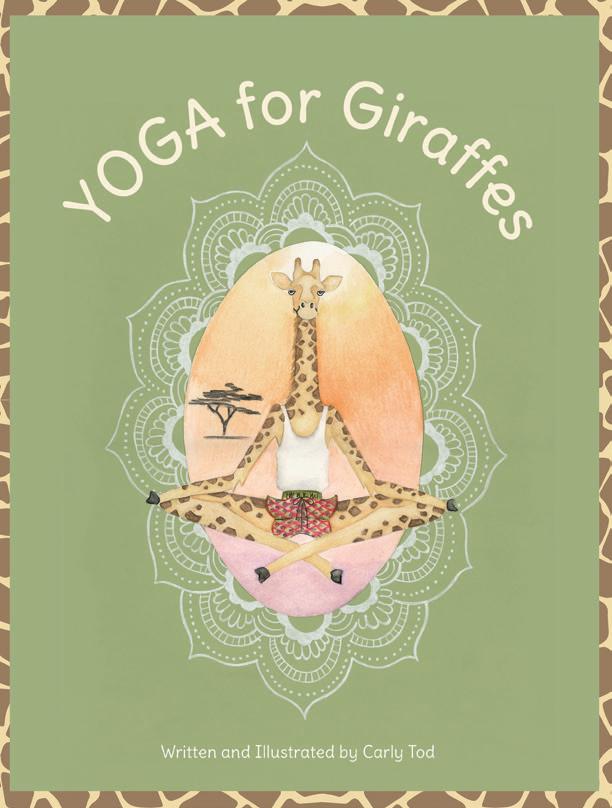
As parents and care-givers, we’re responsible for adding to our children’s toolbox of self-love and mental health practices. However, this is not always easy if we don’t have the right resources at hand.
“If I had had the tools that our little ones have access to nowadays, I think my internal world would look a little different,” admits Simone.
Making use of tools such as yoga and meditation cards aimed specifically at kids is a great way to make this a more fun and tangible experience. Take, for example, The Little Yogis Mindful Memory Game that pairs yoga poses with affirmations in a deck of 24 playing cards, bringing mindfulness and yoga fun to your little one’s playtime. Or a book such as Yoga for Giraffes by Carly Tod, about a giraffe named Sindile who stumbles across a human yoga class underway at a game lodge and decides to master the skill as well—
with hilarious results—leading him to a whole new lease on life.
Starting our young ones with fun mindful games is key, and as they grow older they’ll understand the ‘science’ behind the power of their breath and the benefit it has to their mental health. “Let’s not forget that mindfulness takes practice. It’s called a practice for a reason, right? It’s going to be hard—that’s why I think the younger we practise these simple techniques or exercises, the better,” says Hannah.
A good place to start is with the breath. And what better way to illustrate this to kids than with the help of bright and beautiful picture cards, such as The Children’s Mindful Meditation Deck that was created in 2020 during South Africa’s lockdown in response to requests from parents who were receiving Sue Cooper’s daily guided meditations and requested similar tools for their children.
Mindfulness is an incredible gift that parents can give their children, adding to their toolbox of self-love and mental health practices
• Blow bubbles and notice the shapes, or how the light dances as the bubbles move; pop bubbles; look through the bubbles... A long inhale before you blow the bubbles can be gently encouraged, while a longer exhale may result in bigger or more bubbles. As the adult, you can pose this as a question and experiment together.
• Blow dried leaves or pom-poms through a straw.
• Visualise your tummy as a balloon—placing hands on your tummy, inhale to make your balloon big and exhale to make the balloon smaller.
• Make a breathing wand by sliding beads onto a colourful pipe cleaner and bending the ends to secure them. Then encourage your child to breathe or say positive affirmations as they slide the beads from one side to the other.
• Take mindful breaths while holding a Hoberman sphere (great for tactile and visual learners).

What else can help us and our kiddies with being in the here and now? Our senses! “Our senses help us gather and respond to information about our environment. Not the environment last week and not the environment you’ll be in tomorrow, but the environment right now,” says Hannah, who draws on the children’s senses in her yoga and mindfulness classes to keep them in the present moment.
But what happens when you’re no longer in a yoga class being guided by a teacher? Mighty Small has a wide range of products that will help you and your little ones connect to each sense and practise present-moment awareness at home. From 100% natural essential oil rollers that help promote a sense of tranquility, to rainbow sun catcher mobiles that fill the room with tiny rainbows when hung in a sunny window, or tactile toys such as nontoxic playdough and sensory rice, and comfy swings that help children with sensory integration with their smooth back-and-forth motion, points out Simone, standing in the space where they also hold kids’ yoga workshops, among others, as part of their Holiday Club in store.




When Hannah asked in her Instagram story what ‘mindful moments’ meant to parents, and how they and their kiddies felt when engaged in a mindful activity, the most common answer was “connected”. “I want and wish for children to be conscious of decisions, their reactions or responses, to be connected to the Earth and all those who are living on it. This is why mindful moments with kids matter. To raise little ones who are self-aware, who have the tools to regulate big emotions, who are confident in their abilities and confident with navigating this ever-changing world,” says Hannah, who firmly believes these skills develop from mindfulness—and, when nurtured, can only flourish.

Practise mindfulness in a way that works for you and your little ones. Even simple things like colouring in, or saying a mantra out loud every evening before bedtime, can gently weave mindfulness into your everyday lives. Self-affirmation posters act as a perfect reminder, as a way to internalise a sense of self-love.


Mindfulness is a lifelong practice that’s constantly evolving, and you’re helping your child lay the foundation. Keep it fun, keep it fluid, and be gentle on yourself if it doesn’t always work out the way you planned. Just take a deep breath in and exhale…
All these featured products are available at Mighty Small. Visit mightysmall.co.za for more information and prices. And check out www.instagram. com/mightysmall_kids.
for a chance to WIN a hamper of amazing MIGHTY SMALL PRODUCTS
and childbirth are usually occasions of great joy, but the medical expense shortfalls that go along with it can add a lot of stress,” Tony Singleton, CEO at Turnberry Risk Management Solutions reminds parents-to-be. “The best solution is to plan your financial future carefully and have medical aid and gap cover in place well before falling pregnant, so that waiting periods are not an issue.
According to Singleton, parents-to-be should know that it’s never too late to get gap cover, even though waiting periods may exclude the actual birthing process if they’re already pregnant. “Babies will be covered on their parents’ gap cover policy from the moment they are born, provided they are registered within 90 days of birth.
Gap cover provides additional protection for medical expense shortfalls that are not covered by medical aid. These shortfalls include co-payments, making use of providers outside of the scheme’s network, and doctors charging more than the scheme rate.
If you decide to give birth at a hospital that falls outside of the specified network, or your gynaecologist is not a network doctor, you will be left with out-of-pocket medical expense shortfalls. If you make the decision to have an out of hospital birth or have support from a doula, this may result in additional expenses. Should you be transferred to a hospital, the gynae may not be part of the network. The immediate emergency treatment will be covered, but the additional hospital stay may not
be covered in full if you are out of network. There’s also the matter of the anaesthetist – should you decide to have an epidural or a caesarean section, even if your doctor and hospital are in network, you may not know who your anaesthetist is until the day of the procedure.

Gap cover providers impose a 10-month exclusionary waiting period on pregnancy and childbirth, which means that these will not be covered by the policy until this period has elapsed.
As much as pregnancy is a time of joy, childbirth can also be fraught with complications, from congenital defects to jaundice to the need for baby to stay in the Neonatal Intensive Care Unit (NICU). Some problems like cleft palates, club foot and heart defects require extensive surgery after birth, which may not be fully covered by medical schemes. The result? Medical expense shortfalls that you will be responsible for paying.
One example was a young family whose newborn baby was diagnosed with hyperostosis of the skull, a rare condition which causes thickening of the skull. The baby later on underwent extremely complex surgery, under the care of both a neurosurgeon and an Ear, Nose and Throat (ENT) surgeon, which attracted a shortfall in excess of R110,000. This amount was covered by their gap cover policy.
Turnberry’s Synergy Gap Cover Product will increase the medical aid rate up to 500% helping you cover medical expense shortfalls for in and out of hospital childbirth from R312 /family/month – 2022 rates. Terms and Conditions apply.
Turnberry will navigate the way and ensure peace of mind.
Turnberry Management Risk Solutions (Pty) Ltd is an authorised Financial Services Provider (FSP no. 36571). Underwritten by Lombard Insurance Company, an Authorised Financial Services Provider (FSP 1596) and Insurer conducting non-life insurance business. www.turnberry.co.za | +27 11 677-9891 https://turnberry.co.za/planning-for-pregnancy-with-turnberry/


When it comes to managing household finances, it can be challenging to be a stay-at-home partner because your role in this may not be clear.
Personal finance website JustMoney.co.za looks at how communicating with your partner can help work this out, and offers three questions you should ask yourself before sitting down to discuss it.


Farzana Botha, segment solutions manager at Sanlam Savings, says that, as a stay-athome partner, your role at home contributes to your family in an invaluable way.
When one partner chooses to stay at home while the other works, their roles can become divided into the ‘earner’ and the ‘spender’. This is normal because part of the stay-athome partner’s job may be to purchase the necessary household items while the breadwinner is at work.
However, this can also lead to tension. The stay-at-home partner may feel guilty for spending money he/she didn’t earn, and the breadwinner may feel resentful if they’re unhappy with how it’s spent.
This is why it’s important to discuss your finances in detail before agreeing to this kind of financial partnership. As the stay-at-home partner, you still play a vital role in the household finances, and you need to be aware of what’s going on.
“The dependant partner has a joint responsibility to manage the household finances, even if they don’t contribute to those finances directly,” says Botha.
Every partnership will have different boundaries. In some cases, the breadwinner may prefer to leave the financial planning to the stay-at-home partner, while in other cases he/ she may want to split the burden.
Before discussing how you and your partner will run your household finances, as the stay-athome partner it’s important to ask yourself these questions:
1. Will you do the monthly budget?
If you’re responsible for the monthly shopping, then it makes sense to suggest you also run the household budget. This should never be done in complete isolation, and both partners should have access to, and be consulted about it.
Botha says you should try to be industrious and do as much as you can with as little as possible. The more you can save on daily expenses, the more you can put away for your golden years together.
“Keep to your budget. Look for good deals and save where possible. Learn skills that lessen the need to outsource activities, such as housekeeping and small home doit-yourself projects,” adds Botha.

2. Will you be involved in your investments?
If you have an interest in current affairs, and you enjoy reading the latest business news about changes in financial markets, then you may be interested in planning your household investments. Before jumping in, it’s important to be aware of the homework that needs to be done.
For example, if you want to select a retirement fund for you and your partner, you need to shop around and find a product with the best rates and fees for your goals. While your partner is earning money, you can do the research on how to make it grow.
3. Will you manage the household insurance?
“If you lose your breadwinner, you should still be able to manage the house and keep things in order. To do this, you need to be fully aware of the workings of the household finances, including the insurance,” says Botha.
Life insurance and medical aid are among the household policies that you should have in hand. You could also help save on these products by comparing providers annually to ensure you and your partner have the best deals.
For more financial advice, visit www.justmoney.co.za.
If you’re responsible for the monthly shopping, then it makes sense to suggest you also run the household budget.
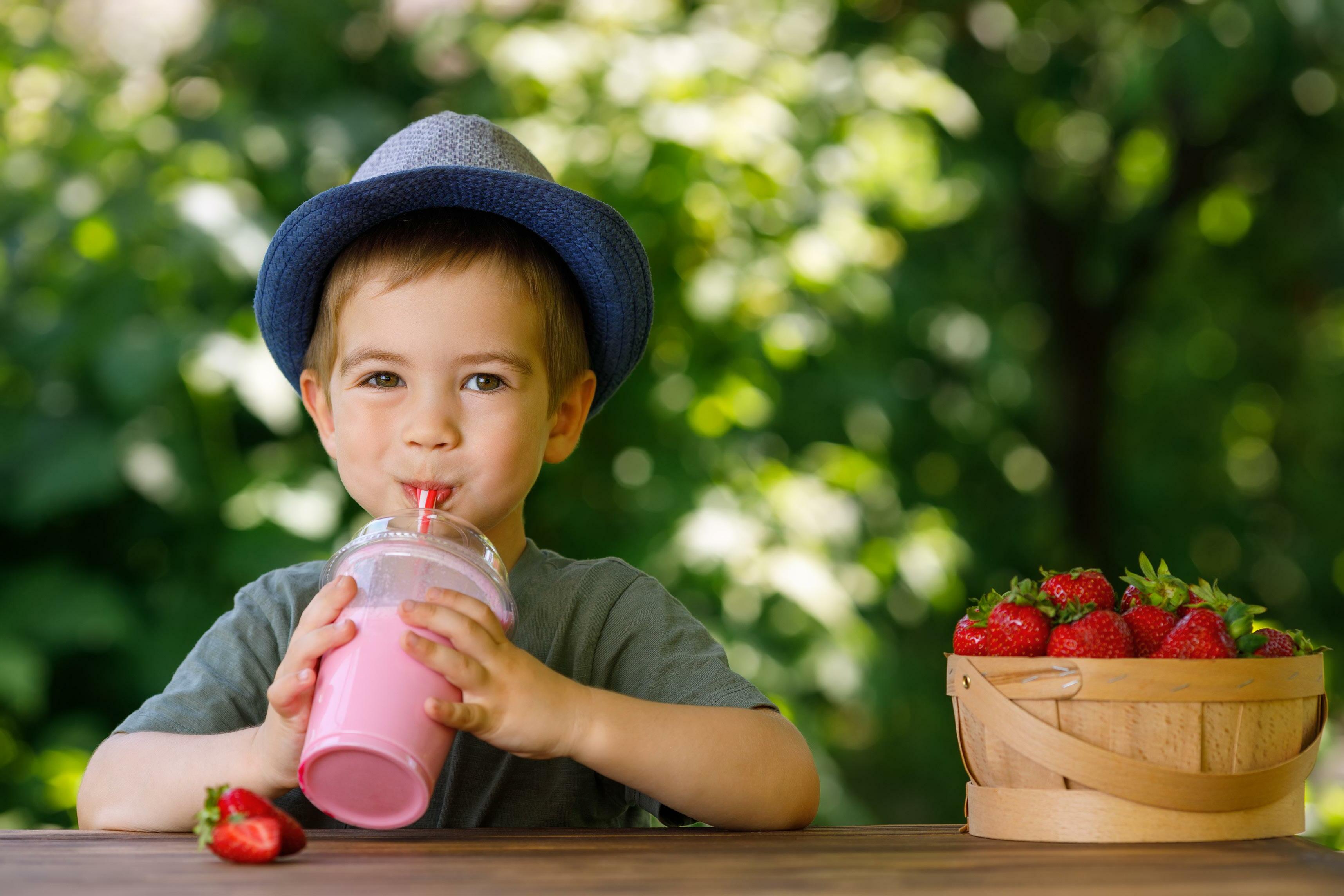


Incorporating more plant-based recipes into your family’s diet could be the kick-start they need

Winter is here, and along with cooler weather comes
poor eating and ditching good exercise habits.
Most experts believe it takes an average of 66 days for a habit to form, so there’s no better time to start firming up good eating habits and establishing a healthy lifestyle mindset ahead of winter.
Many non-communicable diseases such as diabetes and high blood pressure or largely lifestylerelated diseases may be prevented by interventions such as a healthy diet, so there’s no excuse not to start one now! Johannesburg-based dietician Aziwe Booi suggests trying a plant-based diet that has many health benefits and is worth looking into in order to develop healthier eating habits.
Booi shares the following tips to start you and your family on your plant-based eating journey, to help you get healthier—and keep it that way!
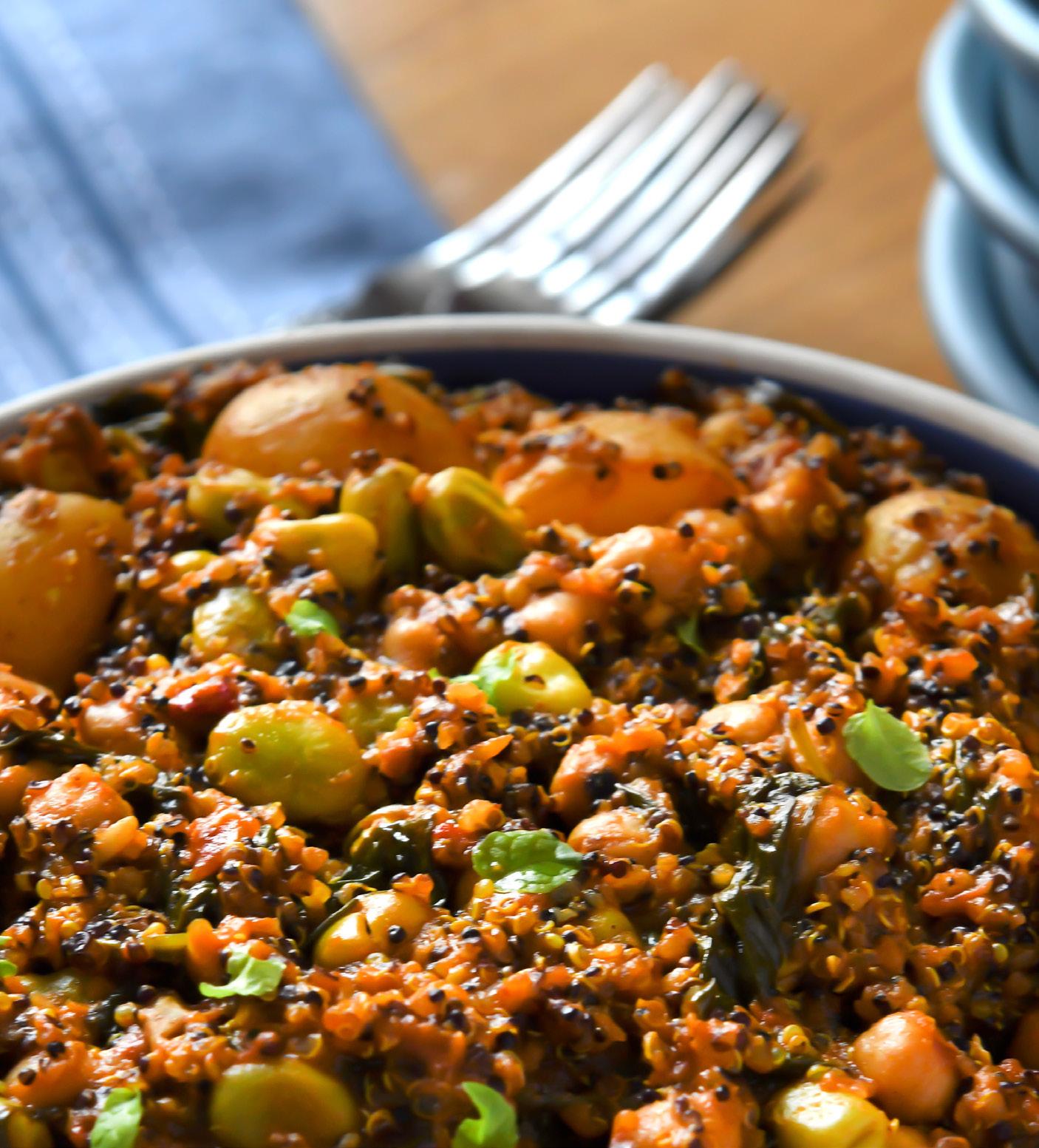
As a nation of meat-eaters, the term ‘plant-based’ may sound a little scary, but all this means is a diet rich in vegetables, wholegrains, legumes, nuts, seeds and fruits, and which doesn’t include meat products. Starting to incorporate plant-based foods into your diet may raise questions about protein: If your protein, which keeps you fuller for longer, isn’t coming from chicken or beef, then how do you get your daily intake from plants?
Booi explains, “Certain plants such as legumes, wholegrains and nuts contain plant-based proteins that are good for preventing noncommunicable diseases such as diabetes and high-blood pressure, for example.”
In addition to helping to reduce disease, some of the other health benefits of a plant-based diet include gaining energy, building muscle (when exercising), reduction of fat intake which is good for heart and organ health, and it aids in weight management.
Adding plant-based proteins into your eating plan can start with something as simple as breakfast. ProNutro, for example, contains a high amount of plant-based protein natural powder, is a source of vitamin A, vitamin B and iron, and makes a nutritious breakfast for families wanting to start with

incorporating plant-based food into their daily lives.
“This type of plant-based protein is good for gut health and the digestive system, most notably it is also good for mental health. By including more plant-based food such as fruit and vegetables into your diet, you can also reduce the risk of certain mood disorders,” says Booi.
For families trying to include more plant-based food into their daily eating habits, the question around finances is an important one that comes up. Imported products and fancy packaging may leave shoppers in a tizz, but it’s actually about going back to basics when it comes to the type of plant-based foods you include in your diet by educating yourself.








When moving to plant-based eating, educating yourself about this lifestyle change is important. Read as much as you can, speak to a dietician and ask questions. Doing research can help you make informed decisions about the type of foods you should be eating. It can also assist with identifying what you can treat yourself with and what to stay away from, thus reducing wastage and helping you to reduce costs. Understanding labels is also important, as it will help you make informed purchases.
“Take your time to understand what makes up a plant-based diet; a simple peanut butter and jelly sandwich is also considered a plant-based meal. Things like hummus, pesto (without cheese) are all plant-based—you just need to be intentional about what you’re eating. Another way to incorporate plant-based food is to go for Meatless Mondays, for example,” adds Booi.
Meal planning has proven to be one of the most effective ways to stick to eating plans and to save money. By planning weekly and monthly menus, shoppers are able to make informed purchases without overspending and may, in fact, save money—considering that plantbased diets don’t contain expensive meats, but things like lentils and chickpeas that can be purchased for as little as R20.
Look for substitutes and replacements and start slowly. “Take meals you already enjoy and substitute meat for plantbased items. A good substitute, for example, is lentils for mince in your spaghetti bolognaise as a way to start,” Booi suggests.


To conclude, trying plant-based food can be challenging in the beginning, but incorporating it into your daily life gets easier with a little bit of research and experimentation.
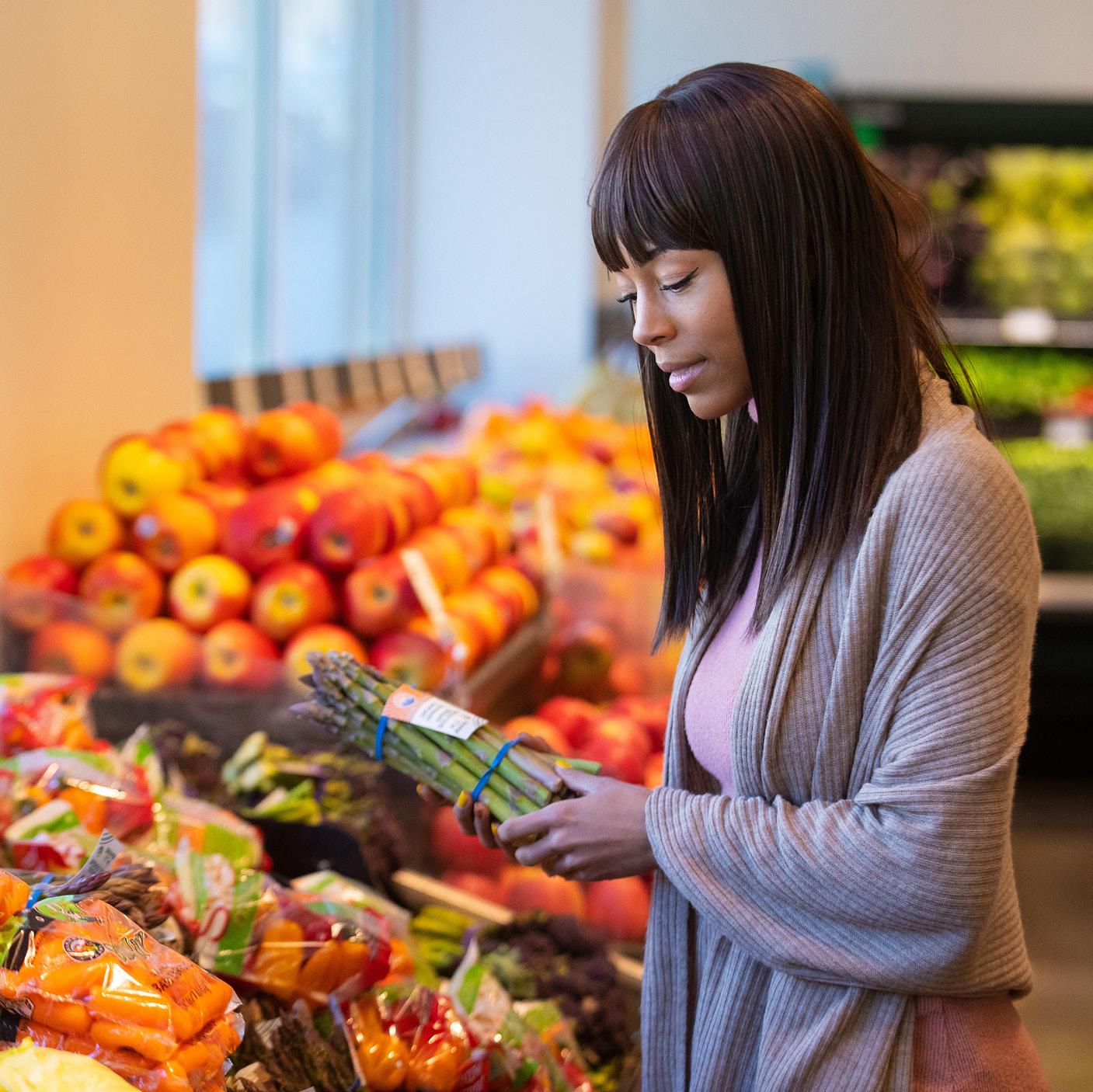


Get educated about going plant-based.
Speak to your dietician or health practitioner.
Find meat substitutes for your favourite meals.
Understand the health benefits.
Learn to read food labels.
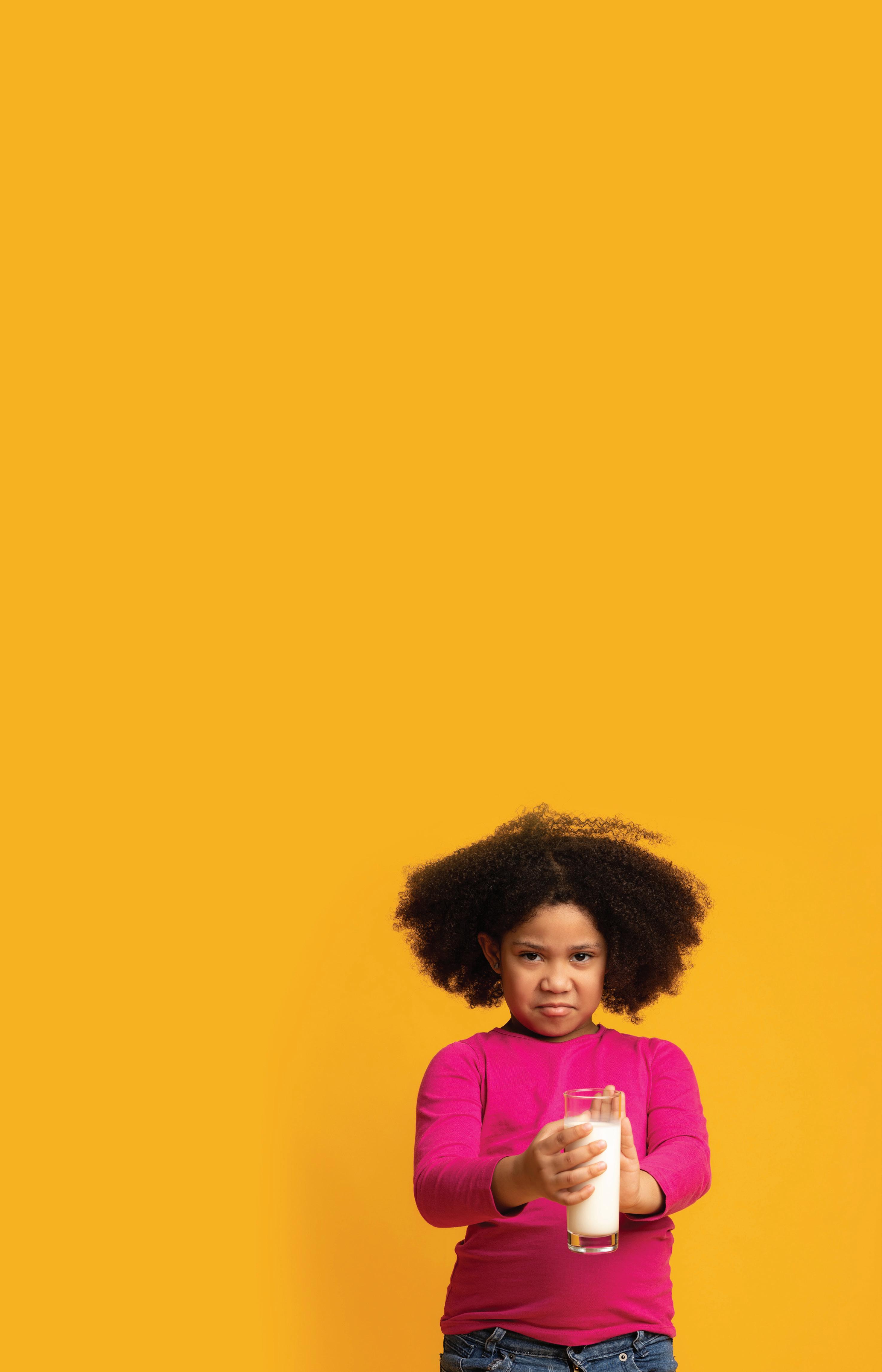
HOME COOKING is Herman Lensing’s sixth cookbook. It tells the story, in his own words, of his 34 years. There are more than 80 recipes: from breakfast to main courses, from side dishes to meat dishes, from cakes, biscuits and rusks to desserts. Each chapter reflects Herman’s love of food and people, accompanied by entertaining anecdotes. The recipes are totally unpretentious, featuring ingredients that are available anywhere in the country. HOME COOKING invites you into Herman’s kitchen, to prepare food anyone can cook.
When I read this recipe, I see in my mind’s eye the hot bread being taken out of the oven and tipped out onto a yellow tasselled tablecloth— every time the same tablecloth, because it was mom’s baking cloth. The bread was then wrapped in that cloth like a baby and left to cool. Sacred hands would then place the crust on your plate, to be enjoyed with butter and fig jam...

Makes 1 x 18cm loaf
• 420g (750ml) self-raising flour
• 1 x 50g packet mushroom soup powder
• 100g (250ml) matured Cheddar, grated
• 125ml milk

• 2 eggs
• 500ml buttermilk
1. Heat the oven to 180ºC. Spray an 18cm bread tin with non-stick cooking spray.
2. Mix all the ingredients together in a large mixing bowl, but set aside a third of the cheese. Spoon the dough into the bread tin and sprinkle with the remaining cheese. Bake for 50 minutes or until a skewer comes out clean.
3. Transfer the bread onto a cooling rack and allow to cool. Serve with butter and jam.
The wonderful thing about bobotie is that the spices provide lots of flavour and you don’t have to put in too much effort.

Serves 4
• 1 onion, finely chopped
• 3 garlic cloves, finely chopped
• 30ml curry powder
• 15ml apricot jam
• 30ml chutney
• 25ml brown vinegar
• 15ml turmeric
• 500g lean beef mince
• 1 ripe banana, mashed
• 1 apple, grated
• 100ml almond slivers
• 1 egg salt and freshly ground black pepper
• 45ml olive oil
• 30ml roasted masala
• 1 x 410g tin coconut milk
• yellow rice and tomato salad to serve
1. Mix together the onion, garlic, curry, jam, chutney, vinegar, turmeric, mince, banana, apple and almonds. Add the egg and mix thoroughly. Season well with salt and pepper. Shape meatballs in the size you prefer.
2. Heat the olive oil in a frying pan until hot. Sauté for 1–2 minutes on each side or until golden brown. Add the masala and coconut milk. Mix gently and reduce the heat until it simmers slowly. Allow the sauce to simmer for 10–12 minutes or until the meatballs are cooked through.
3. Serve with yellow rice and tomato salad. If you like, you could bake the dish. Prepare the sauce and arrange the raw meatballs in it. Bake for 20–25 minutes.
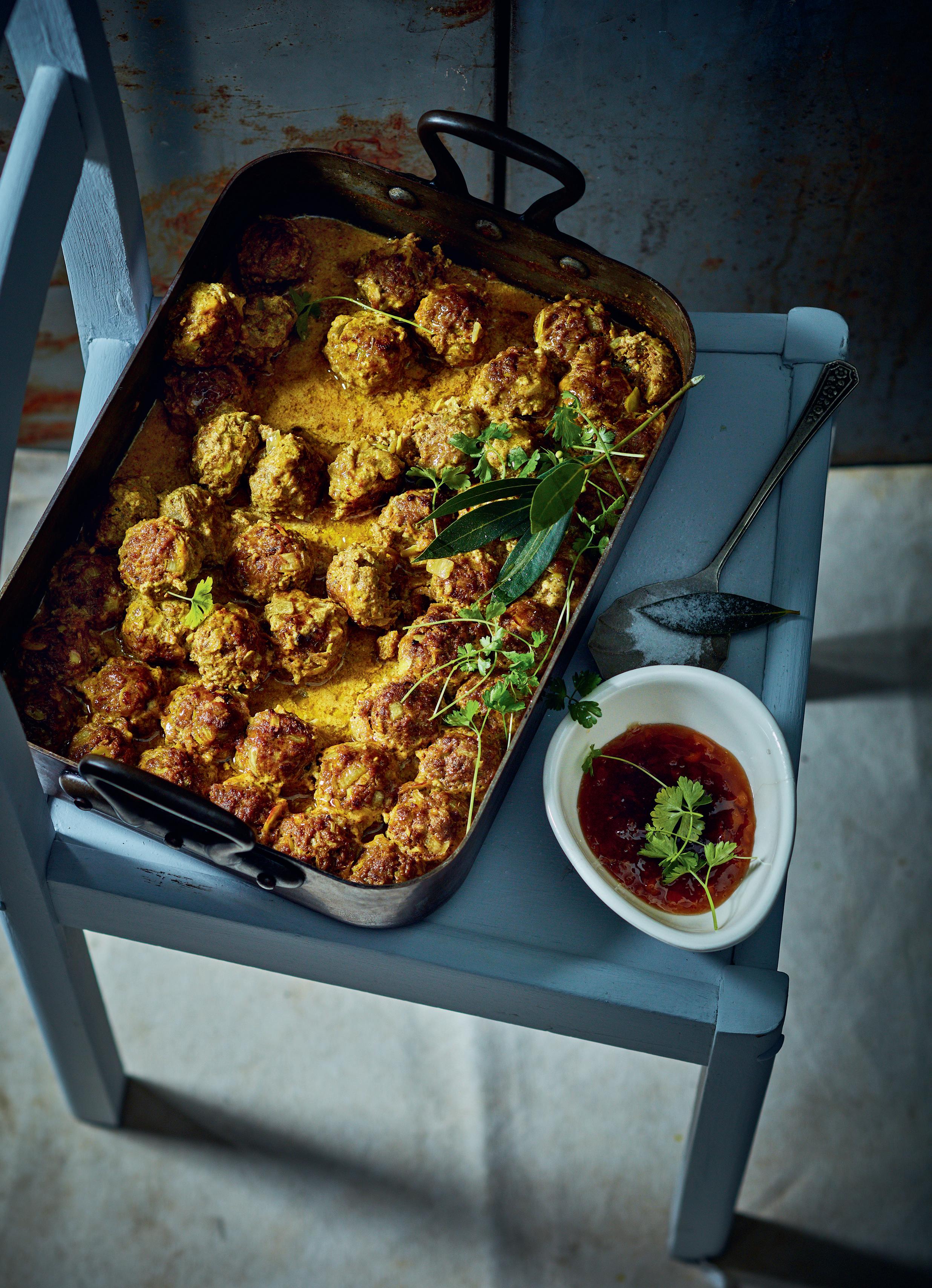
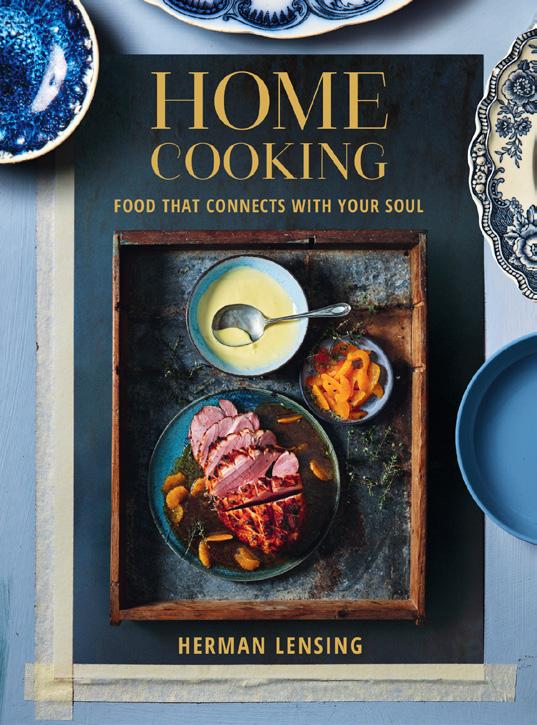
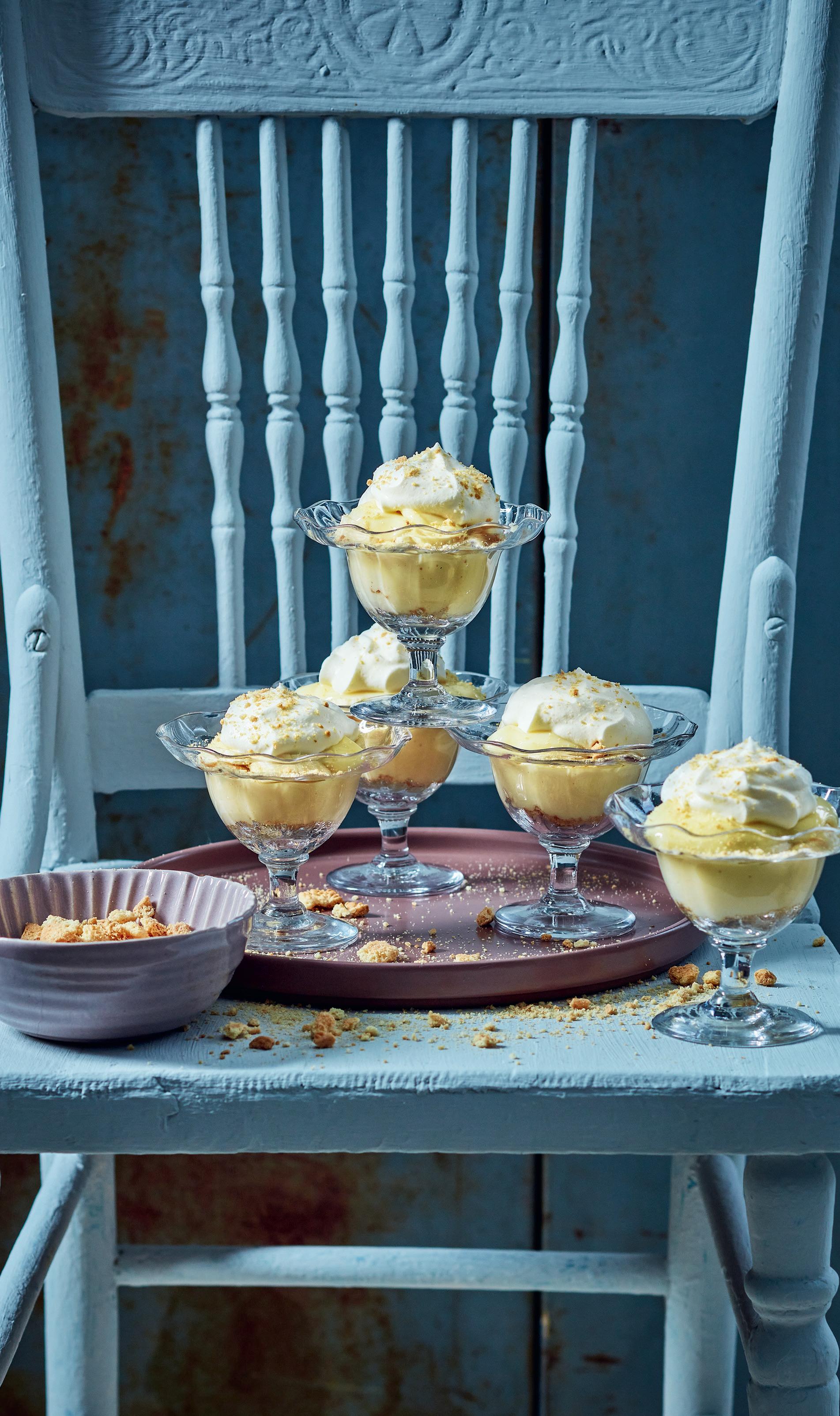
Even to this day I’m scared of my mom’s sister, Tannie Lettie. She was fussy and everything had to be tidy. Her fridge tarts outshone her stern demeanour, however. I knew that as soon as she stopped scolding me about the pebbles I kicked in the garden, there would be a delicious slice of fridge tart. My personal favourite: the sweet custard-and-banana tart with its zesty condensed-milk topping under which everything was hiding... probably just like my aunt.
Serves 6–8
• 45ml sugar
• 45ml custard powder
• 750ml milk
• 1 x 385g tin condensed milk
• 60ml fresh lemon juice
• 1 x 200g packet Tennis biscuits
• 4 bananas, sliced
• 250ml cream
• 200g blueberries to serve

1. Mix the sugar, custard powder and 250ml of the milk until smooth. Bring the remaining milk to a boil and add the custard mixture, whisking continuously to form a smooth, glossy custard. Remove from the heat, spoon the mixture into a mixing bowl and cover with clingfilm directly over the surface. Allow to cool.
2. Mix the condensed milk and lemon juice until smooth. Allow to stand for 5 minutes.
3. Put the biscuits in a plastic bag and crush with a rolling pin into coarse crumbs—not too fine.
4. Beat the cooled custard until smooth.
5. Spoon some crumbs into your choice of glasses, followed by a few banana slices, a spoonful of the condensedmilk mixture and a spoonful of custard. Repeat with the remaining biscuits, bananas, condensed-milk mixture and custard until the glasses have been filled. Chill in the fridge for 2 hours.
6. Beat the cream to soft peaks and top each pudding. Decorate with berries and serve.
and images from “HOME by Herman Lensing (R390). Published by Penguin, an imprint of Penguin Random House South Africa, 2021. Used with permission.
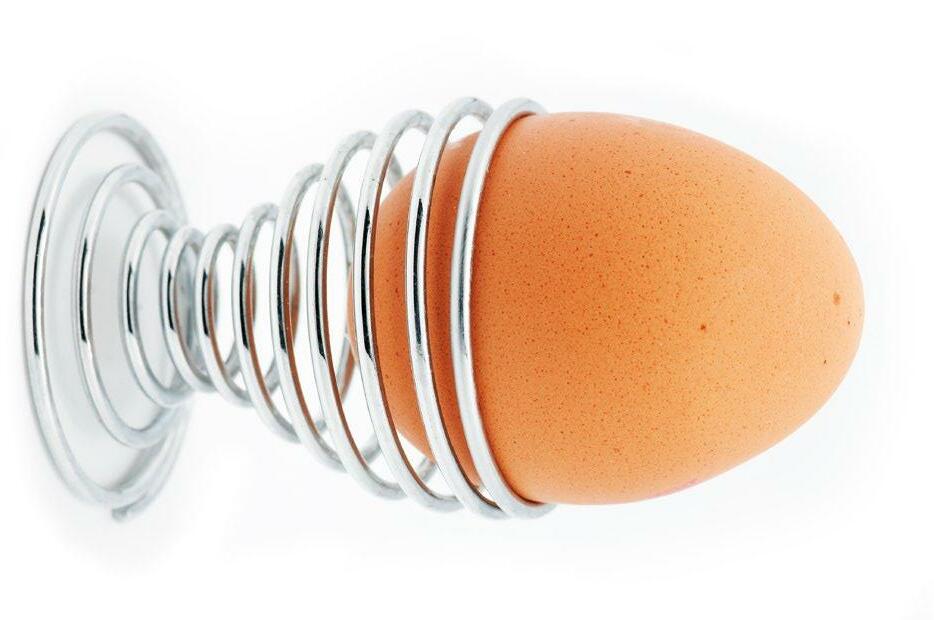


Back in the day when TVs were big and bulky, every piece of furniture in the living room was centred around it. Nowadays, with slim and inconspicuous flat screens, the TV can act more like a piece of decor.
If you want the room where you watch television to be as stylish and enjoyable as everywhere else in your house, have a look at these easy-to-follow TV room ideas, ranging from TV stand decor to TV unit ideas.

There’s nothing better than settling down for some telly time with the family. Do so in style with our TV room decor ideas

Looking to spruce up your TV room decor? Why not use the TV itself? These days, many TVs can be programmed to display images when off, so choose a favourite piece of art and it’ll look like it’s hanging on the wall. If you don’t want to use more energy with this option, then why not place your TV behind a screen and display art on the outside of that instead?
If you’re looking for small living room ideas with a TV involved, lighting is absolutely key. It can transform a room from feeling cramped to cosy. Opt for wallmounted lamps with adjustable lighting levels, depending on the mood.
No one wants to be uncomfortable while watching a movie! Try out seating before your buy and be sure to invest in a few cushions.
If your TV is in a multipurpose room and you don’t want it to dominate, try hanging it on the wall among art pieces or pictures.



TV stand ideas are as high-tech as the TVs these days. If you’re stuck for space, get a TV stand that you’ll be able to move to a different section of your living room when not in use.
TV room decorating ideas have to be functional. We all want easy access to snacks when binging on our favourite Netflix show. Build in a space for a mini-fridge and table with your TV seating and keep it clean of crumbs with an effective surface cleaner like Handy Andy.
It sounds counterintuitive, but if you’re looking for TV cabinet ideas, don’t forget to consider those in which the TV will actually be tucked away until you want to use it. This is a great option for those with multipurpose rooms.


Never move a big TV on your own. It’s easy to drop, smash and potentially hurt yourself. Always get a family member or a friend to help.

Don’t have too many trinkets or ornaments in the same room as your TV to avoid it feeling cluttered.
Want TV wall ideas that help you display your TV and your media collection? Set your TV in the centre of the wall with a series of shelves either side for an attractive and symmetrical option, or install floating shelves below the TV for a seamless look. If your media collection is housed
digitally, rather than on discs, then why not just have a single floating shelf below the TV for an external hard-drive?
When it comes to TV room décor, you want to keep things simple. Opt for natural colours like cream or beige.
Those are our top tips to creating a cosy TV den. There’s nothing better than relaxing with a loved one in front of your favourite show, so make sure you create a room that’ll feel like you want it to be!






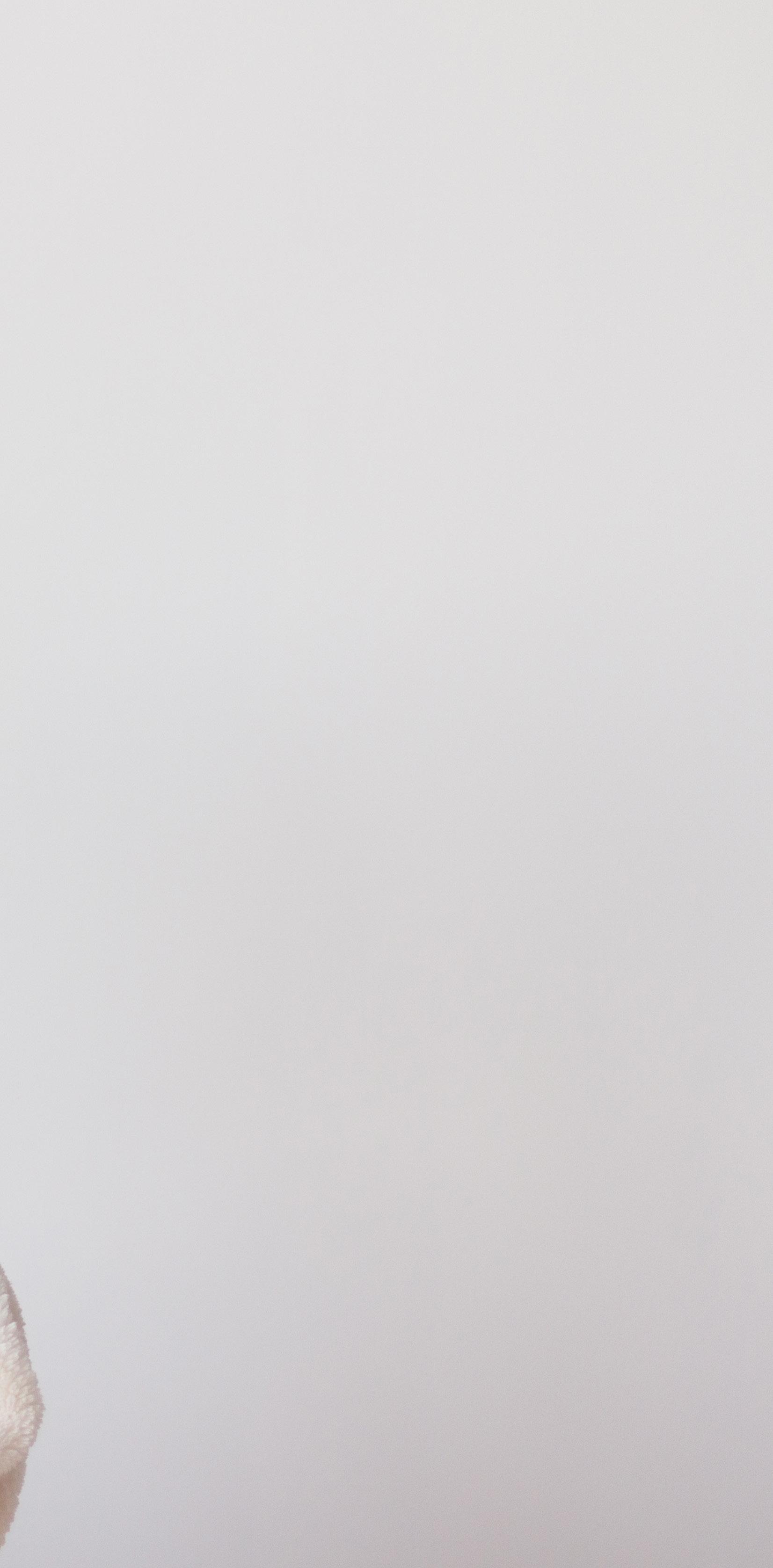
Long weekends and school holidays are a great chance to get away and escape the daily routine for a while. It’s also a great time to enjoy some time off with your children.
If you’re out of ideas about what to do, we’ve got you covered. Here are five ways to make the most of downtime with your family:
This may seem like a strange one, but many people simply don’t want to leave the house. If you fall into this category, you may be worried about how you’re going to entertain the family. There are so many unique ways to do this from home now.
You could book an Online Experience on Airbnb, for example. Imagine being able to salsa dance with someone in Mexico or learn how to do magic with someone in the United Kingdom—all from the comfort of your living room!
You could also turn to Google for some fun virtual art and culture tours. Google Arts & Culture joined forces with SA Tourism to launch the online exhibition “South Africa: An Explorer’s Paradise”: an experience that allows visitors from all over the world to explore South Africa’s heritage and ‘visit’ its breathtaking destinations through a collection of 500 images and videos, 55 Street Views and 20 exhibits—perfect for the entire family!
Getting away is always a treat, especially when it includes time away from cooking and cleaning. While you may have parked your international travel plans for now, use this time to explore your own backyard. Head to the seaside at Radisson Blu Hotel Port Elizabeth or enjoy a sweet city escape at one of the two Radisson REDs— Rosebank in Johannesburg or Cape Town—the first on African soil. Both REDs are trendy, serve up grub the entire family can tuck into, and are pet-friendly to boot so your furry friends can come along, too.


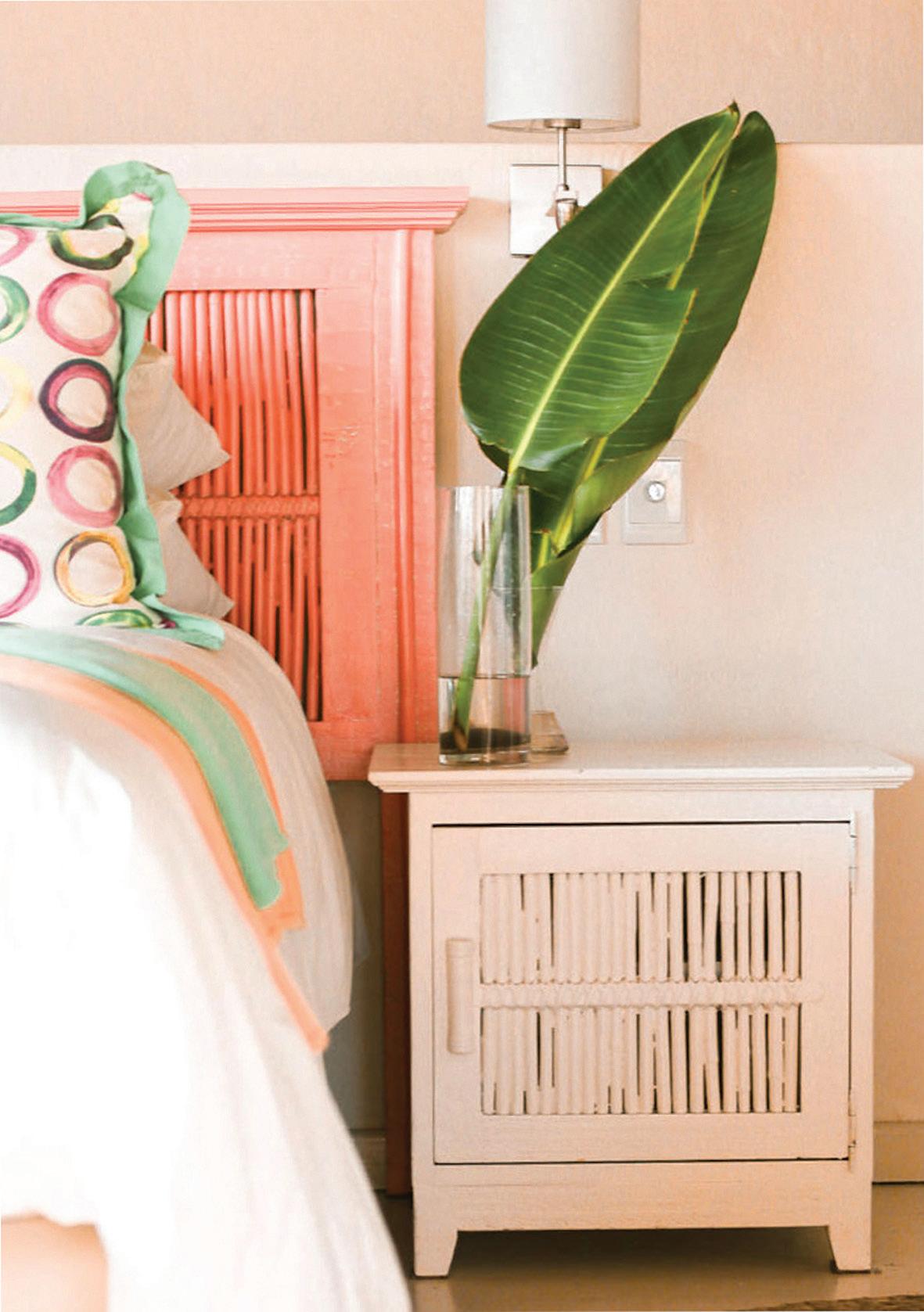






Our country has so much to offer and, right now, there are many specials to be enjoyed around the country. Why not use these holidays to take your family on a local getaway? Travelling with the family can often cost a fortune, especially if you don’t know where to look for deals during this time. Global travel search site Cheapflights is dedicated to offering users a range of travel deals and helping them compare prices. By making use of Cheapflights, families are able to find affordable holidays by looking for the best travel deals to suit their budgets.
It’s easy to forget that the older kids need attention, too. Just because they’re almost out of their teen years and close to finishing school, that doesn’t mean they don’t want some time with their folks. A great way to spend some quality time together is with a spa day or treatment. Keep an eye out for any deals you can treat them to. Amani Spa and Wellness at Radisson Blu Hotel Waterfront
always has amazing packages, which we’re certain no teen will say no to! Rest assured that the hotel has implemented strict and stringent safety measures in the fight against COVID-19.
Getting far away to escape the chaos of life is perhaps the best way to spend the holidays. The Kruger National Park is always a good idea. And can you imagine your child’s delight when she sees a lion? While you’re there, be sure to visit the Kruger Station precinct. It has everything a family could possibly want: delicious artisan food, a bar to cool off at, a play zone for the tots, a biltong bar, a petit-four station with small cakes and delicacies, and so much more! To find it, make your way to Skukuza Rest Camp. Once there you can enter in one of two ways: From the rest camp, at the traffic circle just past camp reception and the Total garage, turn right and keep following the road until you see the Kruger Station on your right; alternatively, make your way to the Skukuza Day Visitors area, where you can park and enter through the entry point.
Airbnb Online Experiences www.airbnb.co.za/s/experiences/ online
South Africa: An Explorer’s Paradise
To experience South Africa and explore its beauty from the comfort of your own home, visit artsandculture.google.com/ project/share-south-africa or download the Android or iOS Google Arts & Culture app.
Radisson Blu Hotel Port Elizabeth www.radissonhotels.com/en-us/ hotels/radisson-blu-port-elizabeth
Radisson RED Johannesburg Rosebank www.radissonhotels.com/ en-us/hotels/radisson-redjohannesburg-rosebank
Radisson RED V&A Waterfront www.radissonhotels.com/en-us/ hotels/radisson-red-cape-town-vawaterfront
Cheapflights
Cheapflights.co.za
Amani Spa and Wellness amanispas.co.za/city-spas
Kruger Station www.krugerstation.com
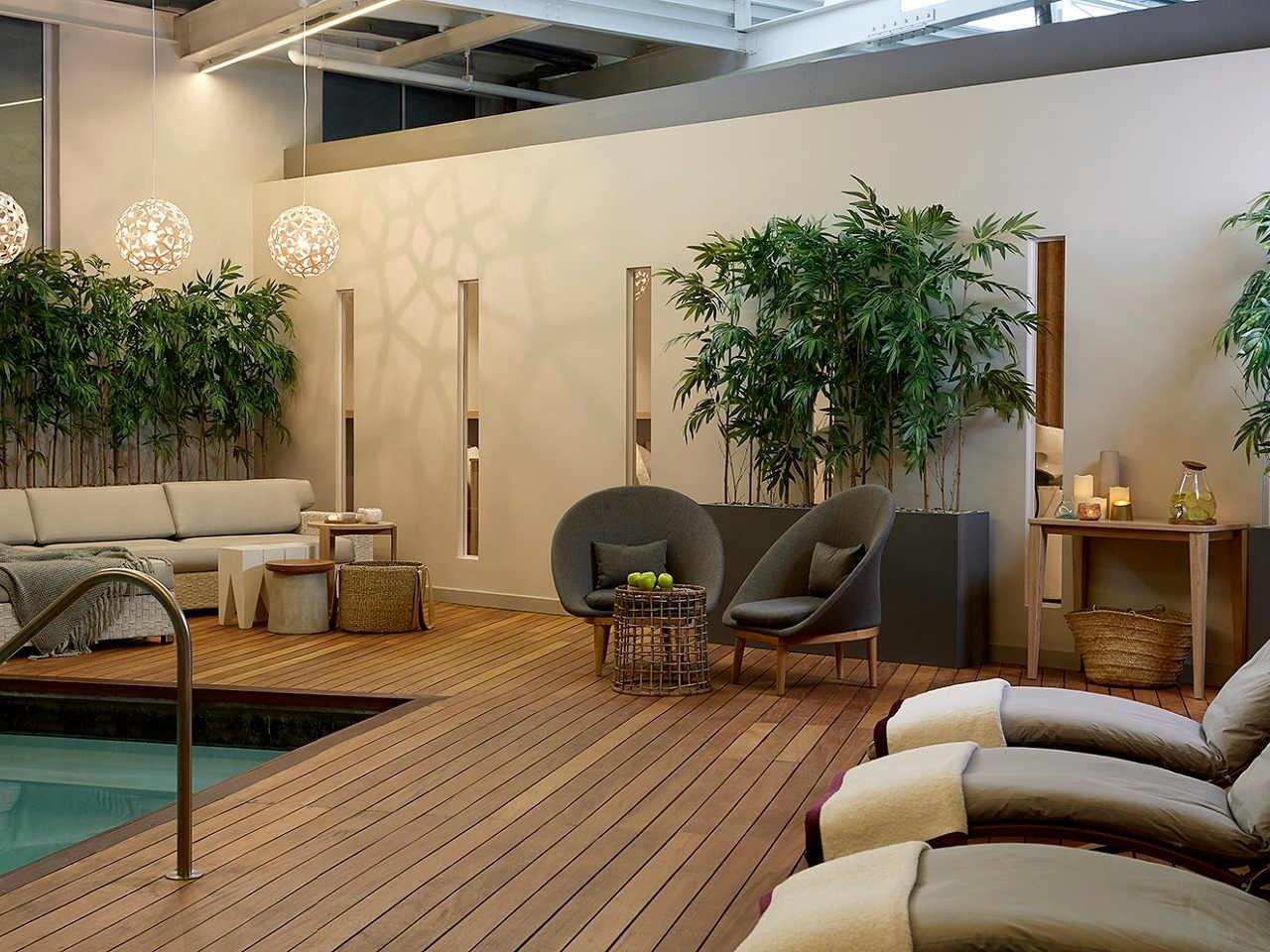










There’s a cold nip in the air and the dark of night settles in quicker... Yes, winter is here and it’s time to rummage in the cupboard for warm clothes. But rather than opting for the usual sweats and tights, there are stylish winter maternity dresses out there which will make you pretty as a picture and boost your mood—whether in your first, second or third trimester.
Here’s our pick of the latest warm and cosy maternity dresses for when you wish to level up your winter wardrobe:
Soft and luxurious, the sweater dress is a knitted embrace that will keep you snug in the cold weather. Choose short and loose, or long and fitted.
1. Maternity Sweater Dress in Camel at Next Online (R480)

2. Mamalicious Maternity Knitted Dress in Colourblock at Next Online (R784)

3. Mamalicious Maternity Button-Front Knitted Midi Dress in Burgundy at Next Online (R745)

Stay warm from top to bottom in a maxi-length dress. Try a bump-skimming ribbed design made for layering and pair it with boots.
1. Long Tall Sally Maternity Ribbed Tube Dress in Grey at Next Online (R588)


2. Absolute Maternity Long-sleeve Maternity Maxi with Side Pockets in Black at Zando (R399–R449)
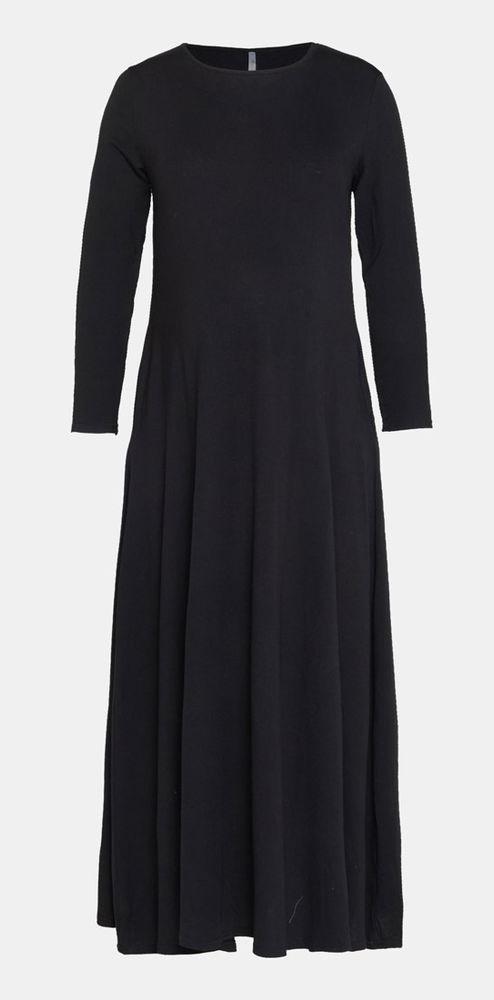
3. Absolute Maternity Long-sleeve Crossover Maternity Maxi Dress in Black & White at Zando (R399)
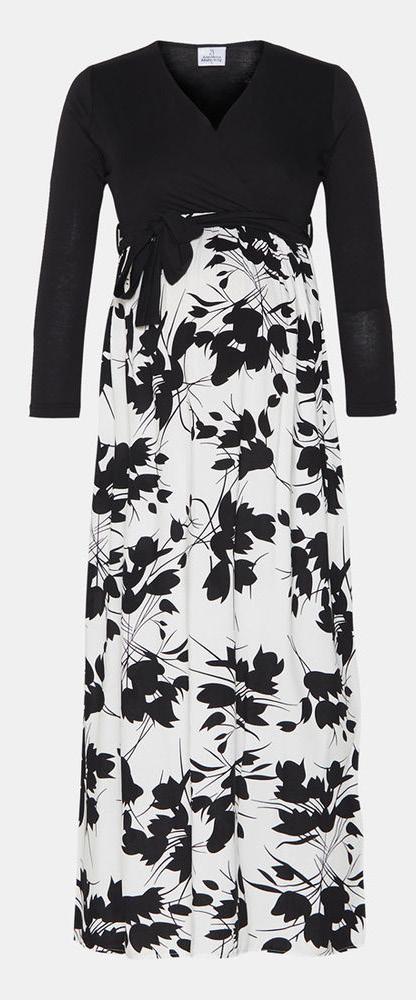
This is one of the most stylish ways to show off your burgeoning bump in the cold: gorgeous long dresses with belts, knots and wrap details to ensure a cosy fit.
1. Mamalicious Maternity Midi Tie-waist Jersey Dress in Cream at Next Online (R588)

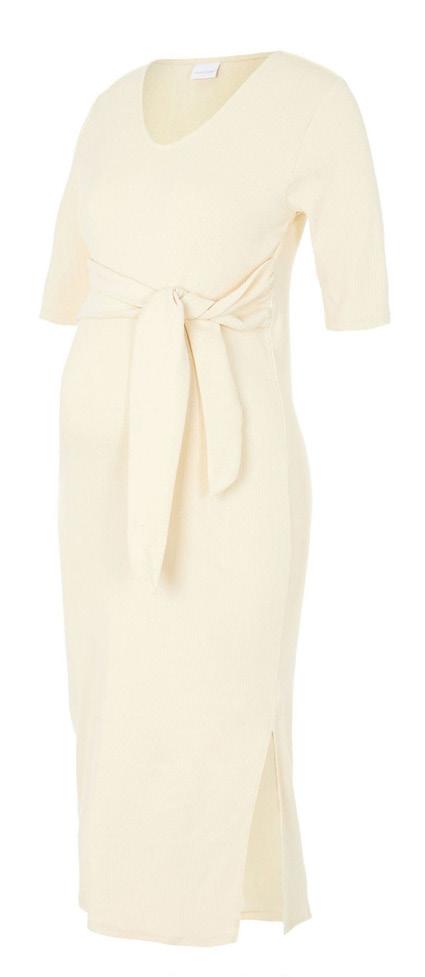
2. Maternity Belted Jumper Dress in Camel Neutral at Next Online (R451)
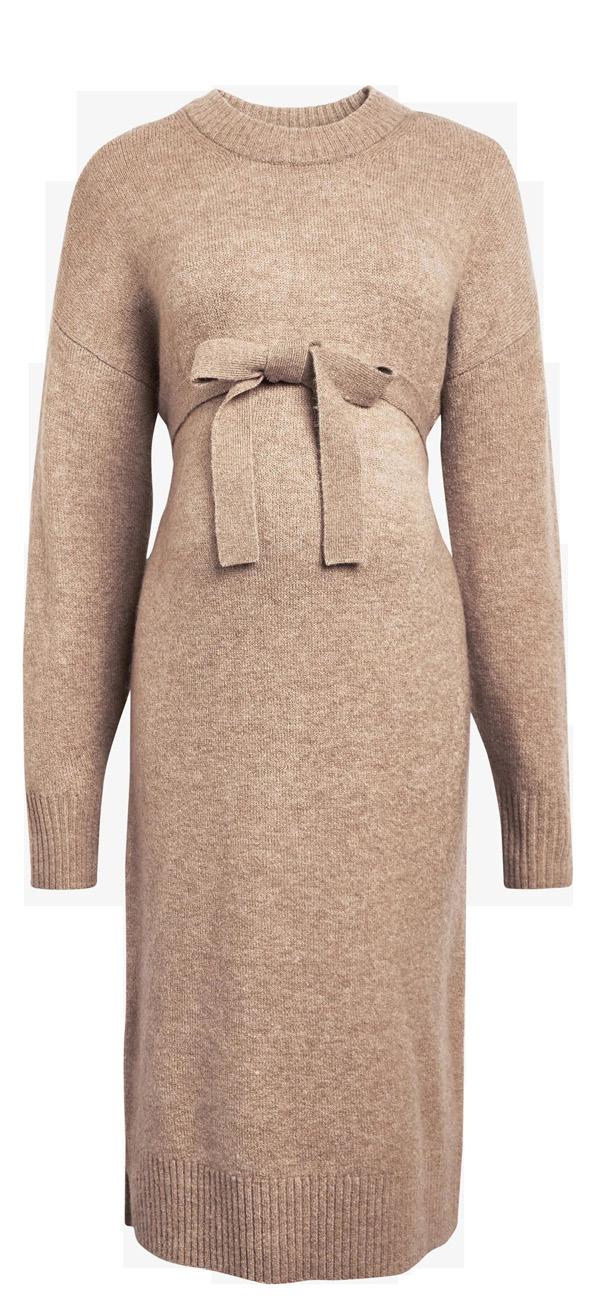
3. Maternity Wrap Dress in Animal Print at Next Online (R508)
This is a winter must-have style to keep you protected against the wind and chill. Seek out a dress with a comfortable (not-too-tight) mock neck or turtleneck—or even the latest trend of a snood-like neck feature.
1. Exact Ribbed Polo Dress in Black at Bellyssimo Maternity (R315)

2. Mamalicious Maternity Jumper Dress in Colourblock at Next Online (R784)

3. Tunic Dress in Emerald Green at Truworths (R370)

4. Snood Jersey Dress in Pink at Truworths (R480)
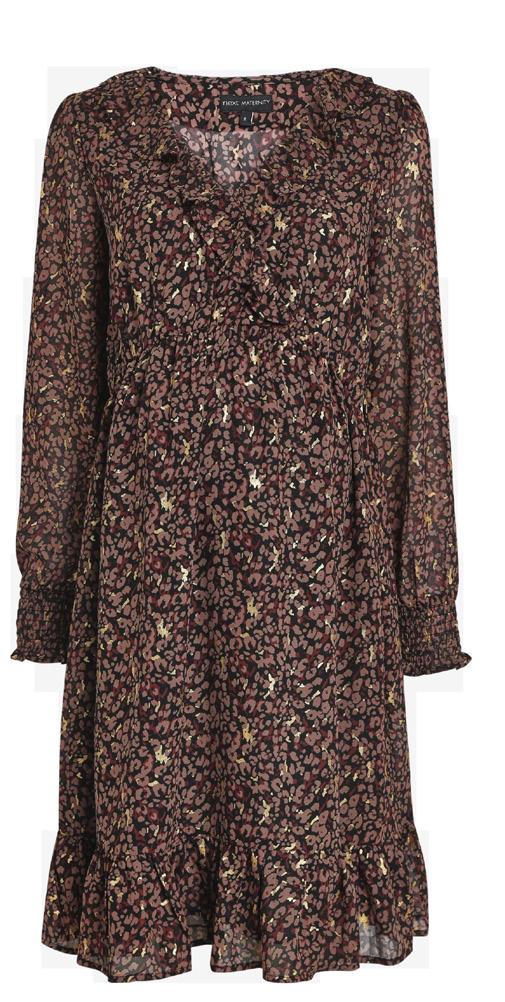

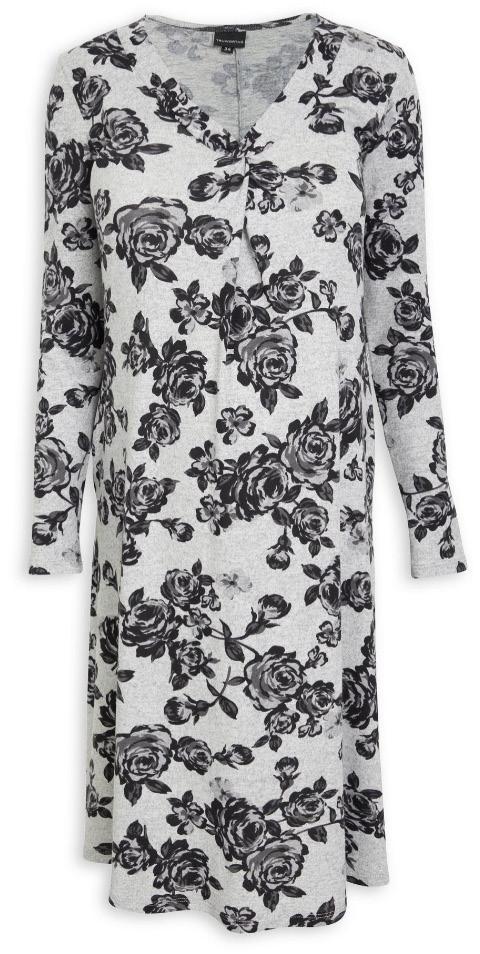


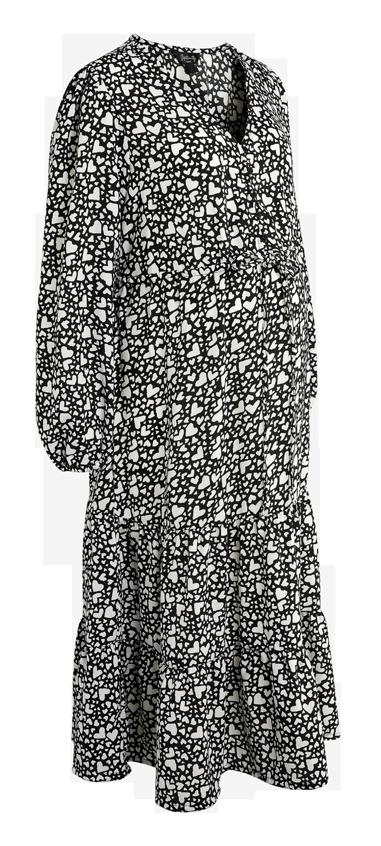

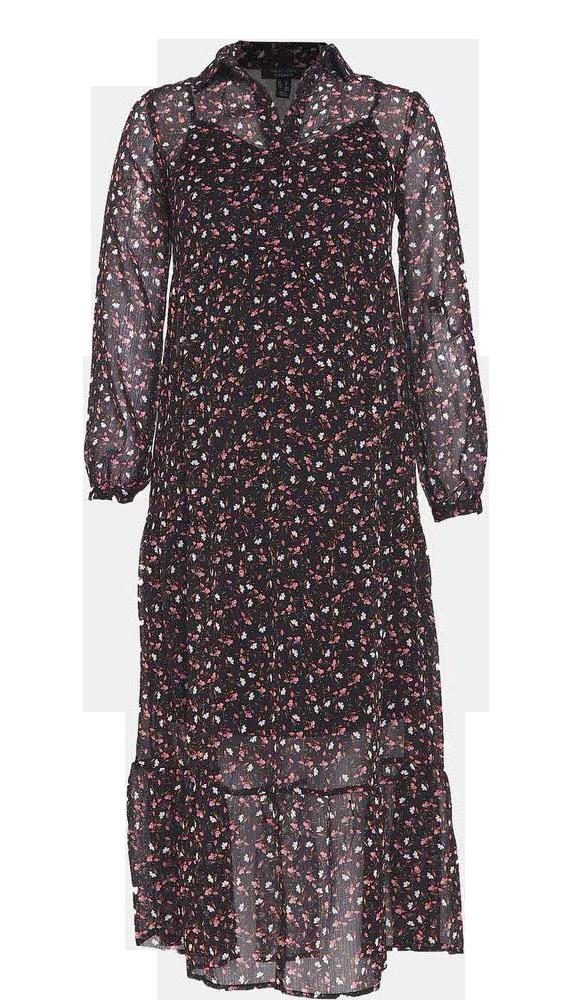

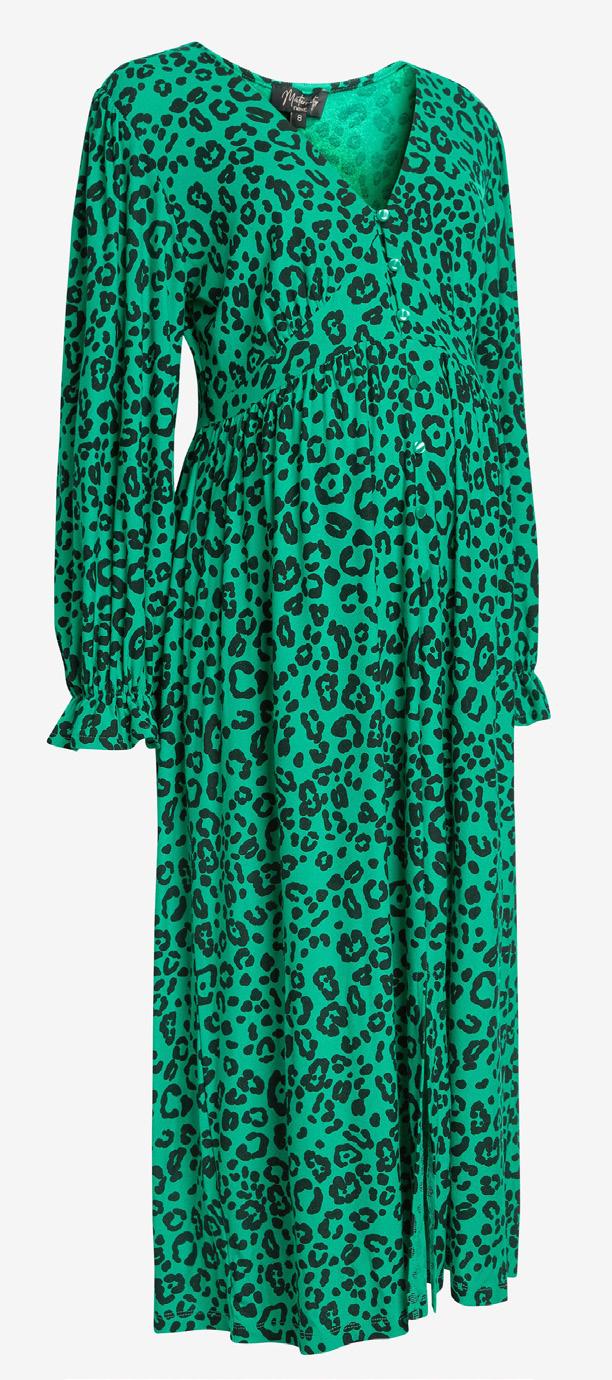




A moisturiser by definition is used on the skin to prevent dryness. Then, how do you filter through the million different moisturisers on the market and choose the best one for your skin? The answer is simple: know your skin type and skin concerns. Once you know this, it’s as easy as a hop, skip and a jump right onto the perfect formulation of moisturiser for you!
There are two active ingredients you need in your moisturiser: ceramide and raspberry extract. Here’s the tea on these two smart ingredients:
Ceramides are a class of fatty acids called lipids. They’re naturally found in skin cells and make up about 40% to 50% of the outer layer of your skin (epidermis). Ceramides are important for retaining your skin’s moisture and preventing the entry of germs into your body. Ceramides are produced naturally by the body in the sebaceous glands, but sometimes our body can run short of them—especially as we age. Therefore, we need this ingredient in our creams and moisturisers to help pick us up where needed. It’s a skincare fundamental and suitable for all skin types.
A ceramide cream can be used in the morning, but it’s recommended for night use after your serums as a last step in your skincare routine. Remember to cleanse, tone and apply those serums before moisturising.
Extract from the raspberry plant has been studied and shown to promote skin hydration and cell protection as well as provide anti-oxidant protection when used in skincare. The red extract from the raspberry plant prevents cells from losing excessive water, therefore providing anti-ageing properties and dryness prevention. It can also alleviate direct photodamage to the skin caused by UVB exposure, in turn also protecting against inflammatory responses.
Another skincare fundamental that’s lightweight, moisturising, suitable for skin types and can be used day or night. Apply before your SPF and after your serums.

Choose these active ingredients in your moisturisers and you won’t go wrong. As a starting point, try these two products from Fundamentals Skincare, available online at fundamentals-skincare. co.za:
Ultra Hydrating 1% Ceramide Cream (R199)
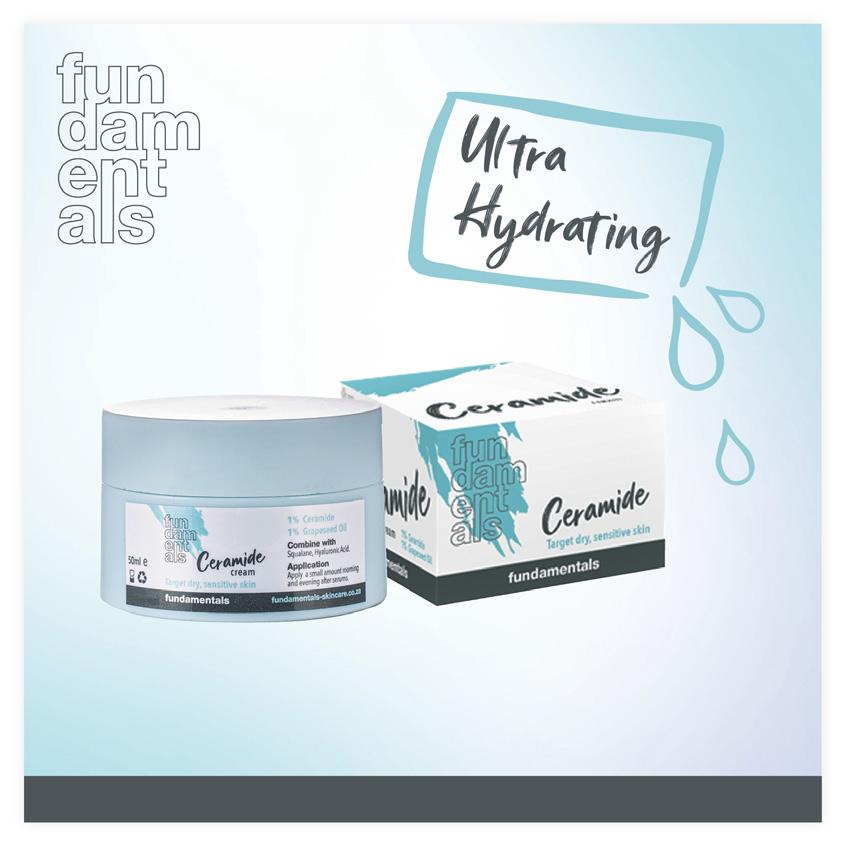
1% Raspberry Extract Moisturiser (R139)
When visiting the Fundamentals Skincare website, you’ll have access to a skincare questionnaire that helps you figure out your skin type, and further help is available through the free consultation booking form.
Only 2% of the African penguin population remains in the wild.


Only 2% of the African penguin population remains in the wild. ©Emma


Want soft and supple lips? This treatment not only soothes and relieves dryness, but also hydrates and plumps any time of day. Use as an overnight mask to regenerate your lips, or leave in for five minutes before you apply lipstick to retain moisture. It has a neutral taste and is fragrance-free. www.clinique.co.za and www.foschiniforbeauty.co.za
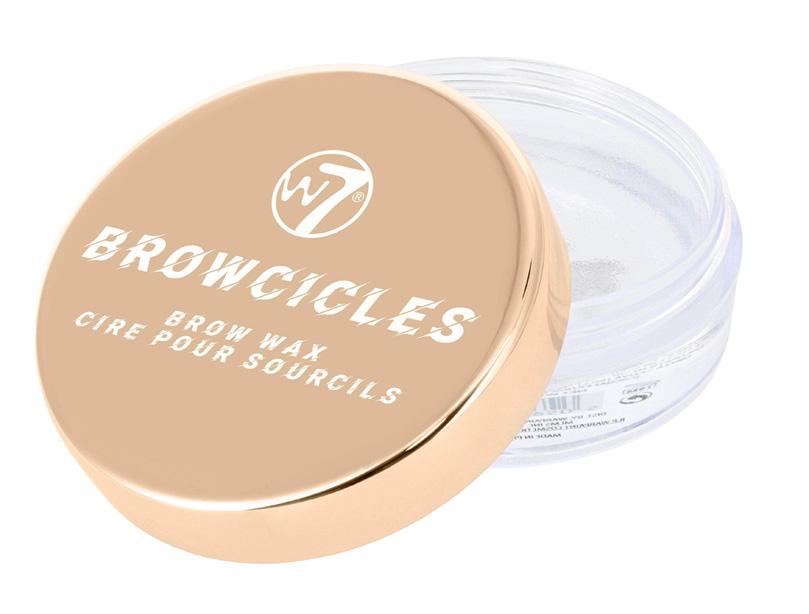
This clear, long-lasting formula holds eyebrow hairs in place just the way you like them—whether you prefer a solid, structured arch or a light and fluffy finish. After shaping and filling in the brow with your go-to shade, add a small amount of Browcicles to an angled brush or a spoolie and stroke through the hairs. superbalist.com
An intoxicating blend with signature notes of Chinese magnolia oil, iris, rich woods and spirited patchouli. It’s romantic, sensual and passionate— described as “an irresistible love affair told note by note”. Now that’s intense... Department stores such as Woolworths, Foschini, Edgars and Truworths
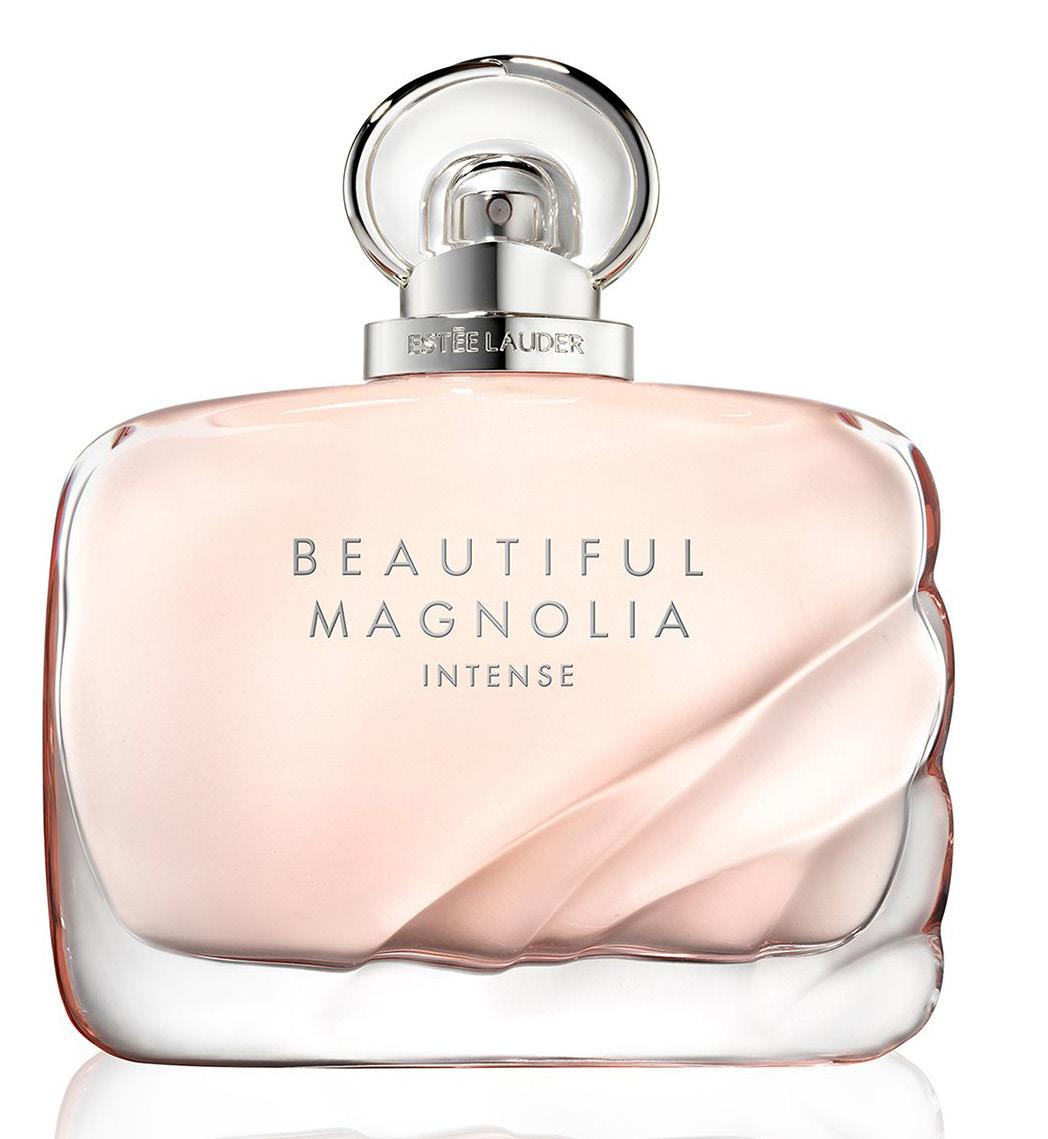
These body butters are intensive anti-ageing, soothing and hydrating creams that feel light and airy—like whipped cream for your skin! Hydrating ingredients include shea butter, jojoba oil, cocoa butter, sweet almond oil and vitamins E and C. Added hyaluronic acid helps prevent the development of wrinkles, while retinol regenerates skin cells. www.girlbosshealth.co.za and superbalist.com
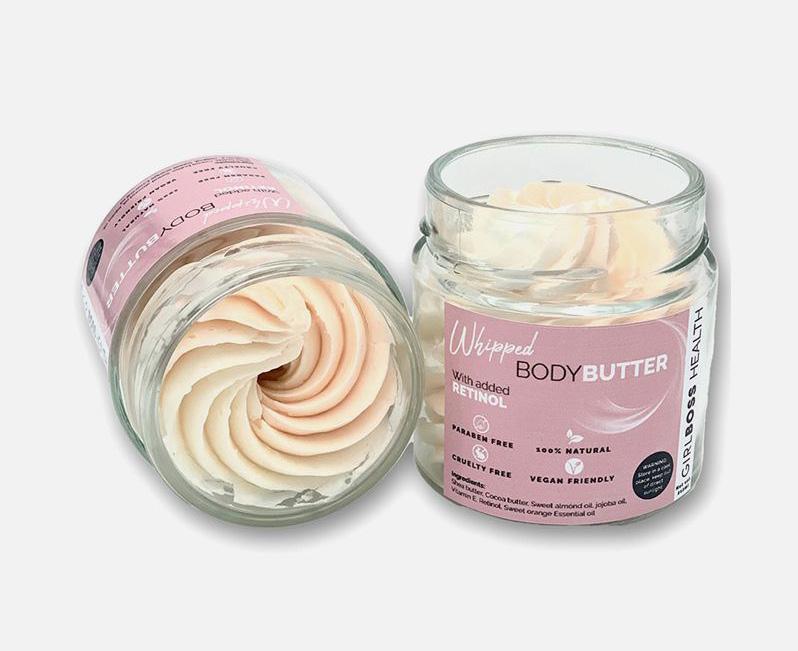
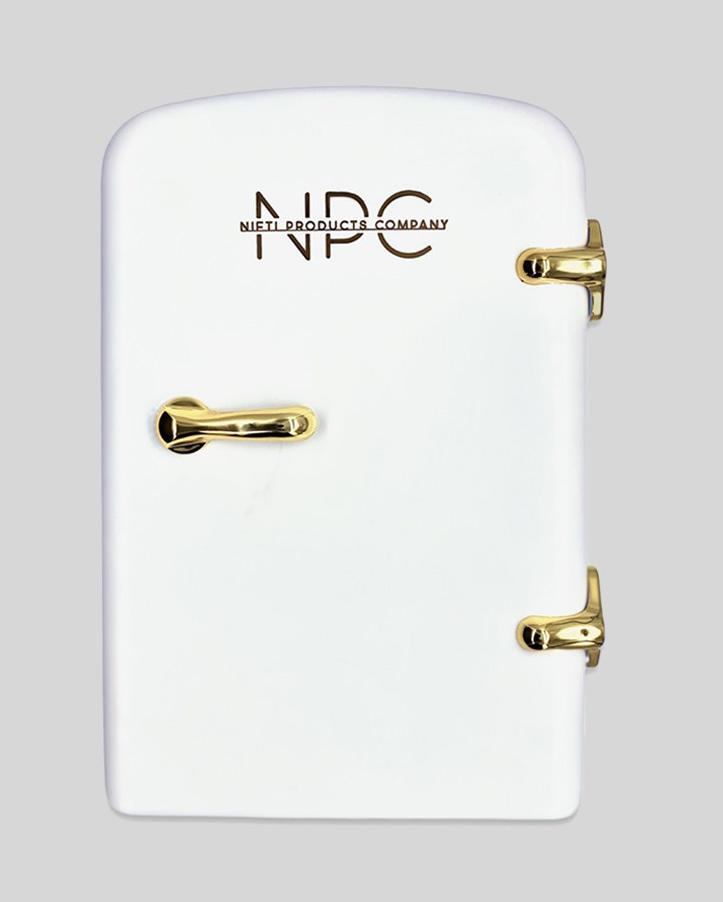
Isn’t this just ‘nifti’? Your own little refrigerator in which to store your cosmetics and skincare products such as facial toner, eye treatments, sheet masks, gels and products that contain vitamin C. The four-litre capacity is sufficient for all your items as well as tools like jade rollers and gua sha facial stones. Going away for the weekend? Take your cosmetic fridge along, with its convenient carry handle and additional 12V power adaptor. Available in gloss white and matte black. superbalist.com
A setting spray that keeps your makeup intact for a flawless, ‘freshly applied’ look for up to 24 hours. The lightweight formula adheres onto makeup for a poreless, perfected complexion. And thanks to its Superfood Detox Blend of citrus, aloe and broccoli, the mist protects your skin against the effects of daily aggressors including environmental stress and pollution by neutralising free radicals. Department stores such as Woolworths, Foschini, Edgars and Truworths

For over 85 years, St Joseph’s Home has given thousands of medically fragile children a second chance at childhood. We provide much-needed post-acute, chronic, palliative and respite care to children with life-threatening illnesses. Want to know how you can support? Visit our website and follow us on social media!
For over 85 years, St Joseph’s Home has given thousands of medically fragile children a second chance at childhood. We provide much-needed post-acute, chronic, palliative and respite care to children with life-threatening illnesses. Want to know how you can support? Visit our website and follow us on social media!




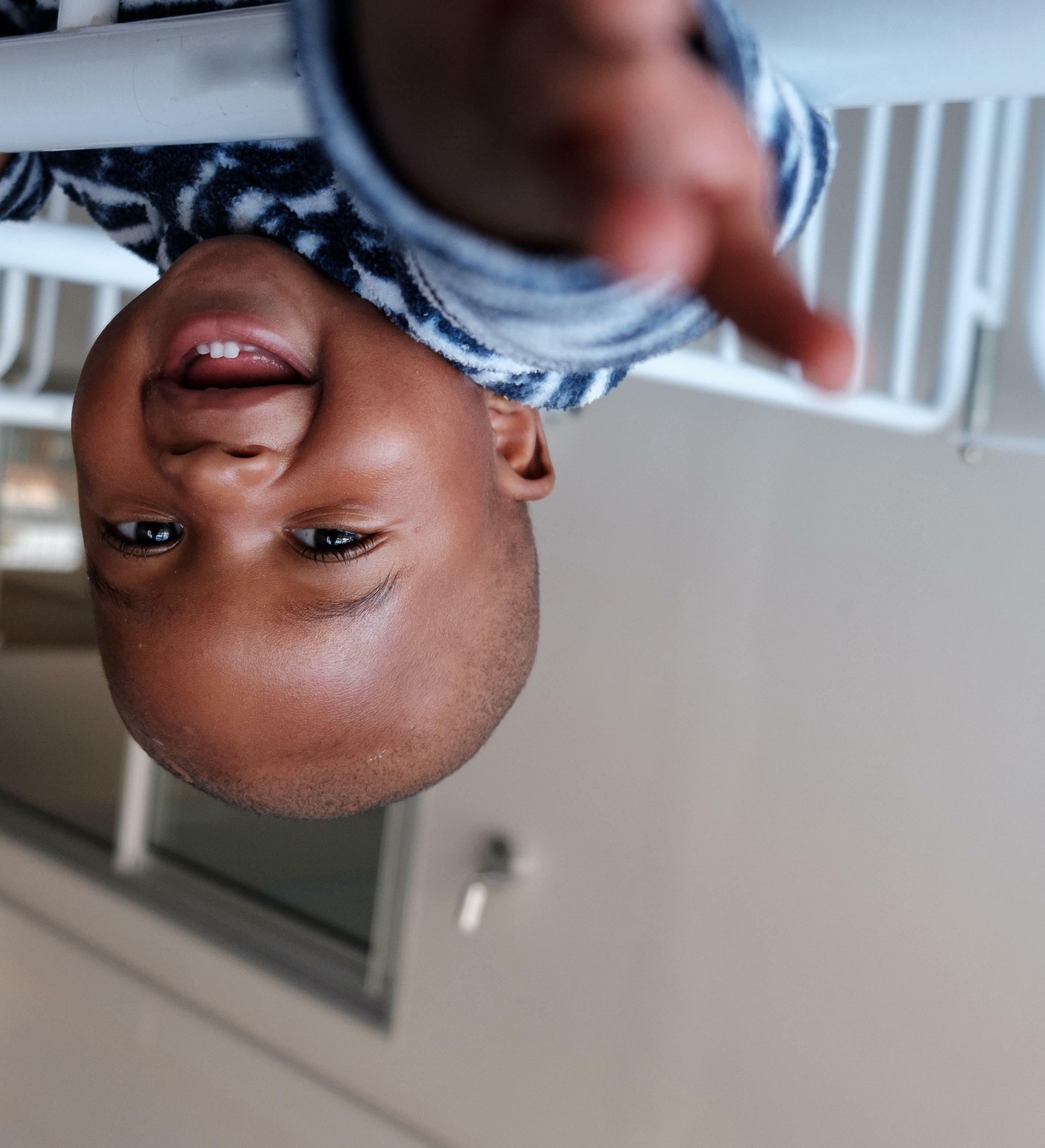
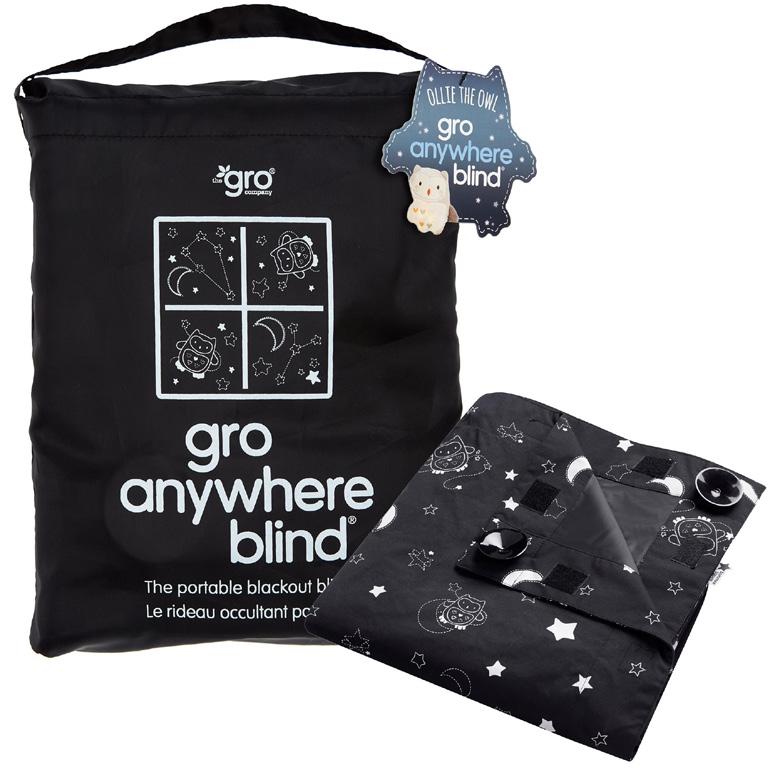
Getting baby into healthy sleeping habits is a challenge at the best of times, but even more so as seasons change or when you’re away from home. This lightweight, portable and adaptable blackout blind completely blocks out light to help create a dark and sleepy space anywhere, to encourage your little one to settle down to sleep. The Regular size fits windows up to a maximum of 130cm x 99cm. The Large fits windows up to a maximum of 130cm x 198cm. See www.tommeetippee.co.za for stockists
This Chelino rocker and walker has a fun activity centre with adorable hanging toys, allowing baby to learn and play while taking those first little steps. It also has a range of fun melodies, lights and sounds to stimulate your little one’s senses as she moves around. The walker effortlessly converts into a rocker bouncer to lull your baby to sleep. From 6 months to 12kg. chelino.co.za
Free from dairy and made with yummy freeze-dried fruit and veggies, these Creamies combine coconut milk with strawberry, raspberry and carrot—or apple, spinach, pea and kiwi—in a melt-in-your-mouth form that encourages self-feeding. These




finger foods are a great first snack for your crawling baby. www.babycity.co.za



Get three bathtime playmates in one! Splash with a shark, play with a penguin, or bat around with a bear. Mix and match pieces to create an entirely new animal and let your little one’s imagination run wild with ideas. By encouraging your child to explore silly combinations, he’ll develop hand-eye co-ordination and build confidence in gameplay with others. From 18 months. Leading baby stores and online at takealot.com
Danish design makes this pacifier a stylish addition to baby’s nursing collection. Trendy colors blend with a modern matte finish for a premium look. The unique shield is designed to facilitate optimal passage of air to the sensitive skin around baby’s mouth; while the silicone nipple is symmetrically shaped to reduce pressure to your little one’s jaw and first teeth. The pacifier is 100% free from BPA, PVC and phthalates. takealot.com

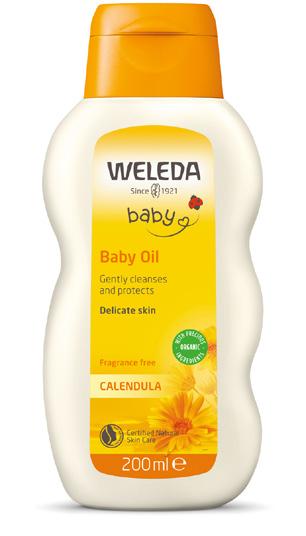
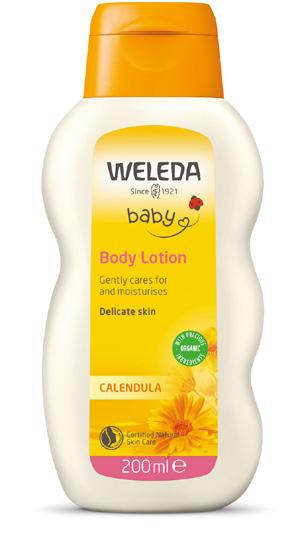
Cosset baby’s most sensitive areas with the gentle natural support of organic calendula. This plant has soothing anti-inflammatory properties and supports the regeneration of skin, making it the perfect ingredient in baby skin care products. Weleda offers Nappy Change Cream, a rich formulation that reduces redness and gently cares for the nappy area; Baby Oil, which treats dry, chafed or irritated skin, cleanses little bottoms, or can be used as a soothing massage oil; Body Lotion, a mild and light milk that leaves baby’s skin velvety soft; and Shampoo & Body Wash that’s gentle on baby’s eyes and makes his hair easier to comb. www.weleda.co.za



One never really recognises the true value of a moment until it becomes a memory, that’s why we at Easy Photo Books are passionate about keeping your memories alive. We understand the need to treasure those special milestones in a Photo Book, personalised Calendar or Wall Art.




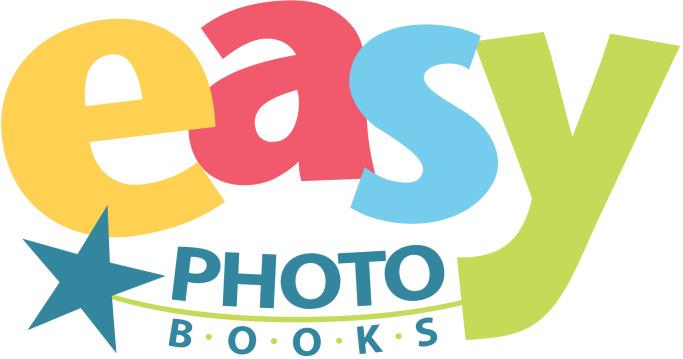
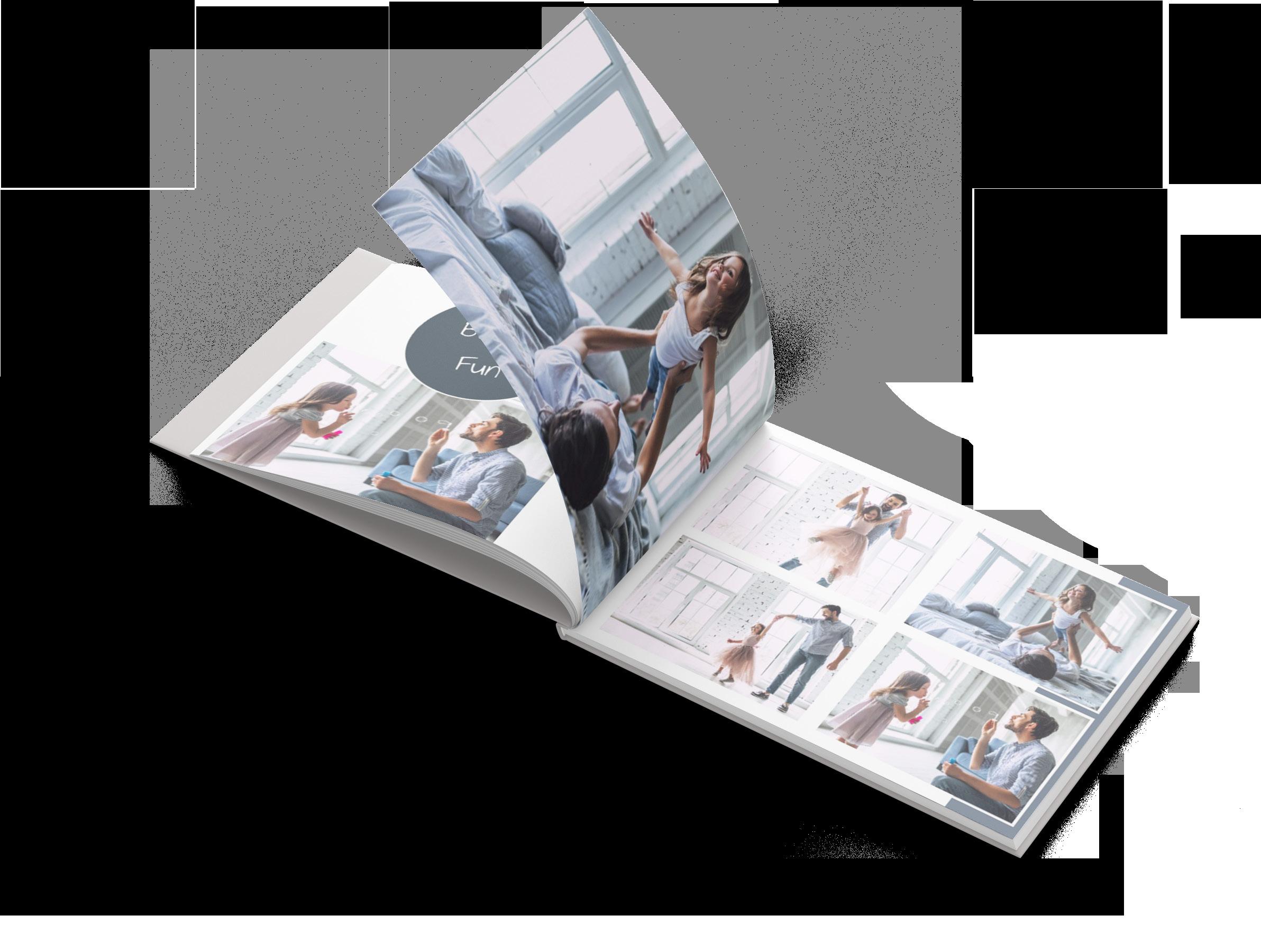


A. Vogel’s Echinaforce Junior is a tasty orange-flavoured, toothfriendly, chewable tablet made using fresh plant extracts of organically grown echinacea purpurea. It provides daily immune support and helps prevent and treat colds, flu and their complications in children aged 2 to 12 years.

Pharmacies and health shops nationwide, and online at takealot.com
For more than 45 years, FLEXA has brought joy to children around the world with furniture and interiors that combine Danish design with the highest standards of safety and quality. FLEXA products are made from long-lasting materials, and made to grow with your child as her needs change. Now, the Danish brand has launched a wooden toy collection—FLEXA Play—made for children aged 0 to 6 years, and includes products such as toolsets, play kitchen sets, play shop sets, and a doll bed. www.flexaworld.com/en-za

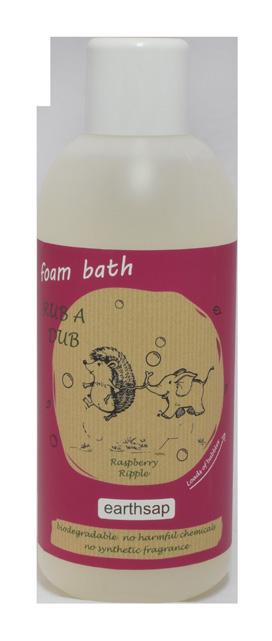
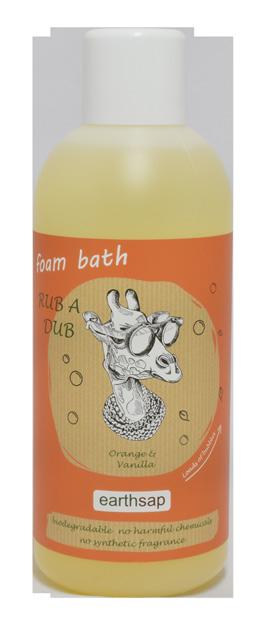

Fragrant and fun, and enriched with vitamin E, this is a bubble bath your kids—and their skin— will simply love. Choose from Raspberry Ripple (with raspberry and juniper oils), Licorice (aniseed, lavender and lemon oils) and Orange & Vanilla. The formula is biodegradable and free from SLS, parabens, phthalates and artificial fragrances, making it safe for your family and the Earth. Wellness Warehouse and health shops nationwide, selected Spar and Pick n Pay stores, and online at www.faithful-to-nature.co.za

Veggie Straws are packed with the goodness of kale, tomato and spinach, with low salt content and no added sugar. They are also certified gluten-free. They make a great lunchbox snack or at-home nibble—enjoy on their
own or with your child’s favourite homemade dips. Wellness Warehouse shops, selected Spar and Dis-Chem stores, and various independent retailers

Olgani believes that efforts to discourage sugar overconsumption should begin in childhood, therefore the company created this non-sweet tasting toothpaste for children from 2 years of age. It is entirely natural, containing xylitol and liquorice extract due to its beneficial properties in oral care. The taste is somewhat fruity, salty and herbal. Selected Wellness Warehouse and Clicks stores, selected pharmacies and health stores, and online at www.faithful-to-nature.co.za
This study and durable table set has a sleek, trendy and functional design, which makes it a perfect addition to your child’s furniture collection. Both table and chair can be heightadjusted to four levels. The set is easy to assemble at home. From age 3.


Fast active itch relief. Use as often as needed without side effects.



Safe and efficacious in prolonged use. Powerful dual mechanism of action
Significantly improved Quality of Life. CEM-K, patented, natural active ingredient Eco friendly, sustainable harvesting.
inflammatory, antimicrobial, antifungal and antibacterial properties of silver. Silver Mama Nipple Cups release no harmful substances to your baby, nor do they alter the taste of your breastmilk. silvermama.co.za
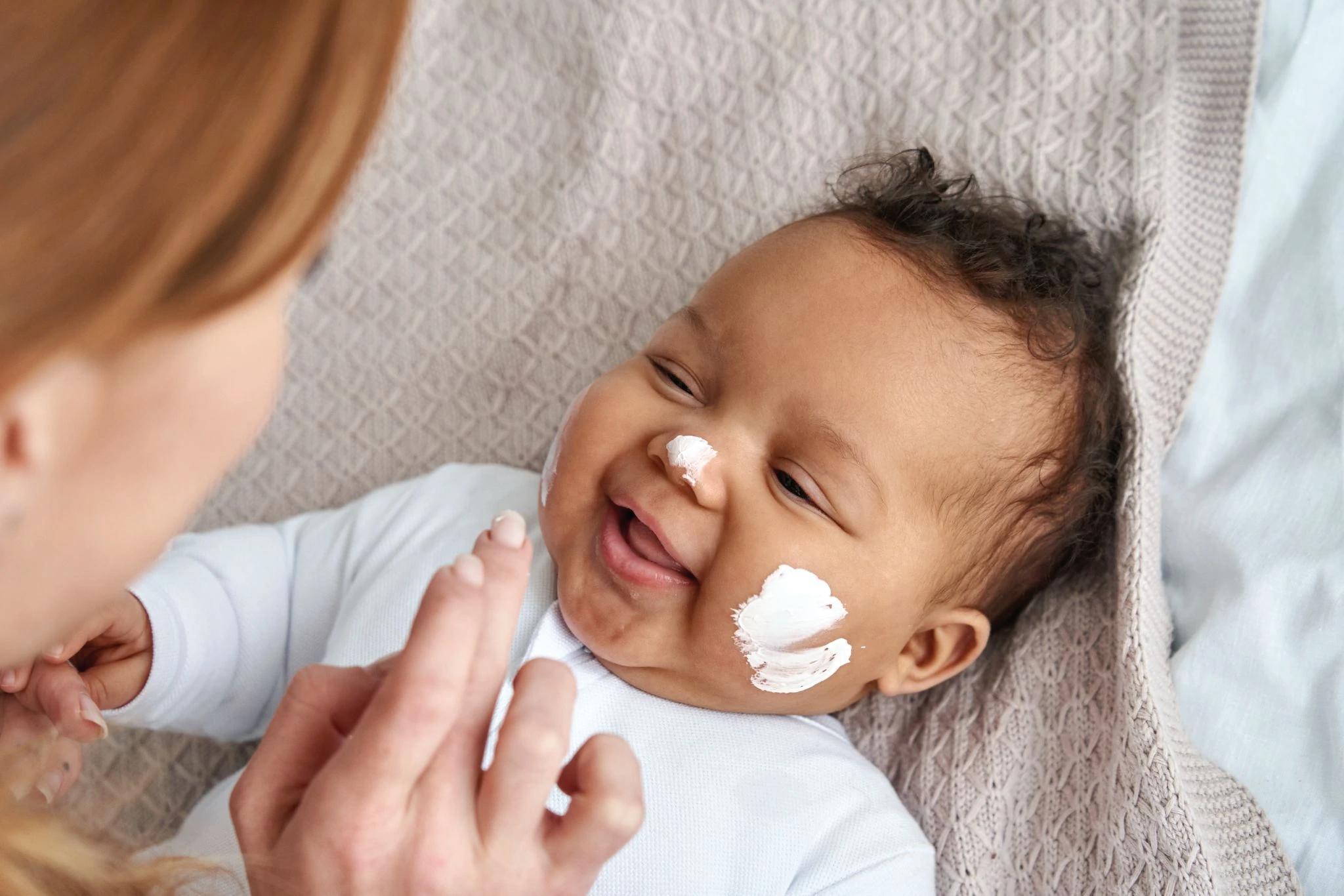
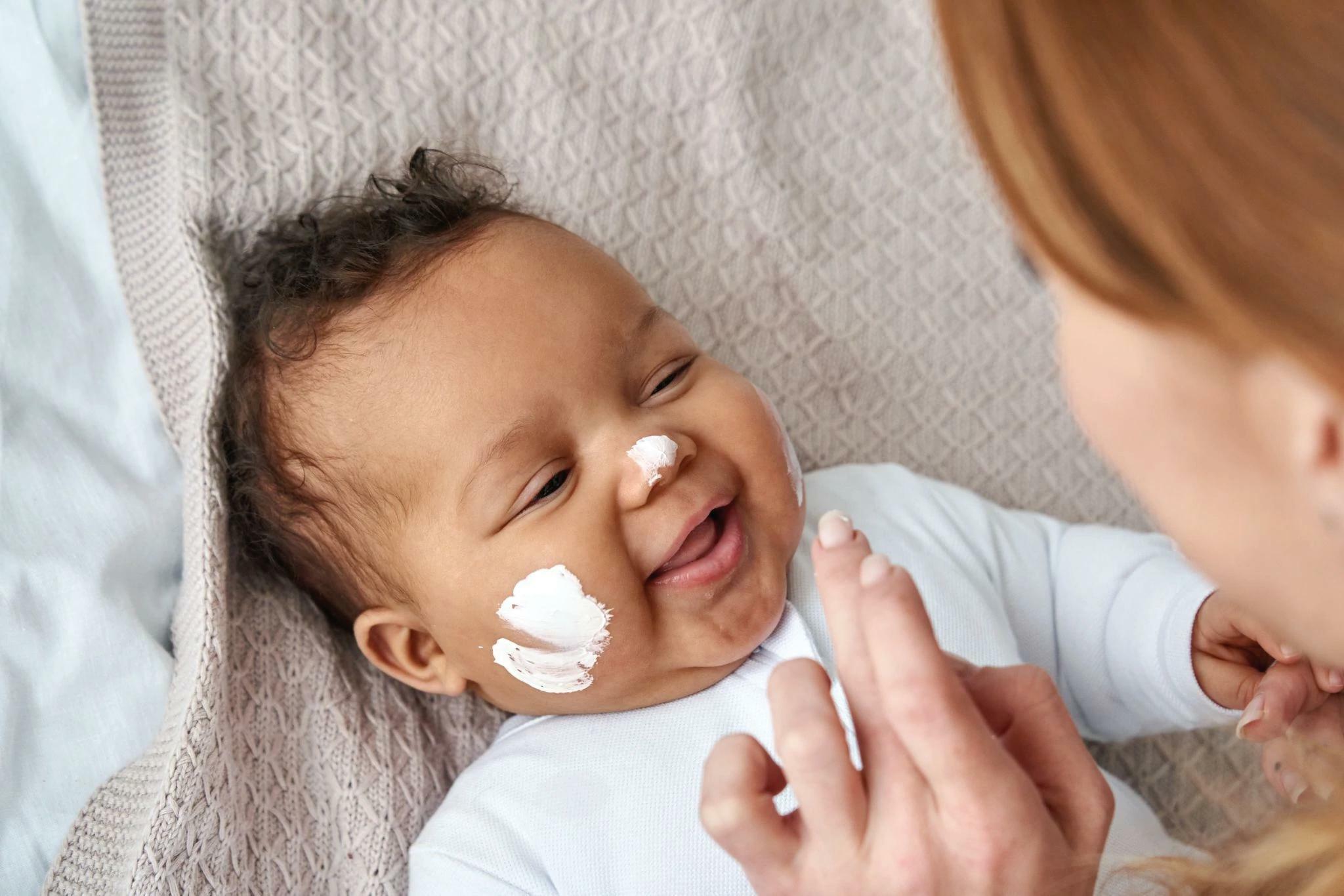


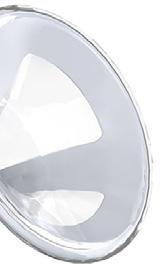

This product conditions your skin to support elasticity in stretching bellies and before perineal massage during pregnancy (perineal massage during the last month of pregnancy may reduce the likelihood of perineal trauma and ongoing perineal pain). It’s made with a nourishing blend of certified organic jojoba, sweet almond and apricot kernel oils. 100% natural, with no petroleum, parabens or artificial fragrance. takealot.com
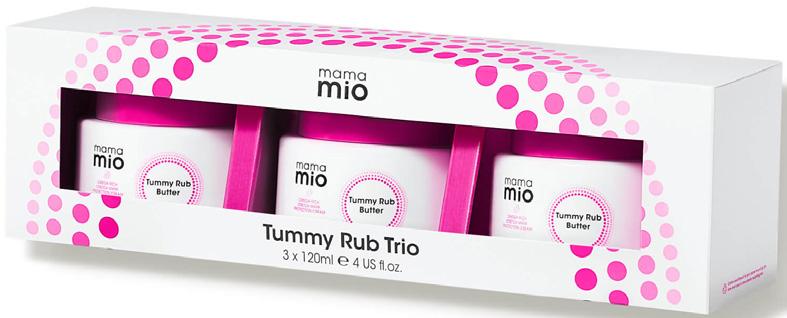
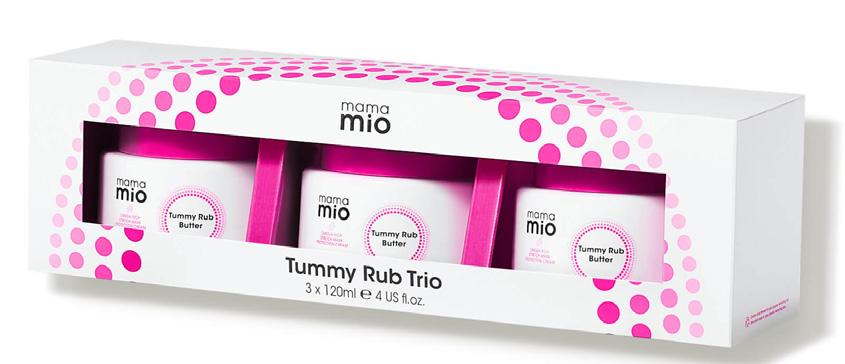






A fairy tale, a magnet book, interactive touch board books and South African stories are all among this quarter’s favourite reads for youngsters

by Cerrie Burnell (R190)
Silverthorne is a place of secrets and stories. A forest full of twisting paths and tangled thorns. A castle with locked towers and murmurs of tragedy. A village trapped between terrors known and whispered. And something is stirring in the leaves... Saffy is a good girl, tired of being told to stick to the forest paths, and always follow the rules. Aurelia is a hidden girl, locked in a castle tower, dreaming of escaping the fate she’s told awaits her. Wild Rose is a fearless girl, raised by wolves, full of spells and cunning. Together, they will change Silverthorne forever.
by DK (R150)
Bonnie the Bear is playing hideand-seek with her cuddly pets. Where are they hiding? Babies and toddlers can lift big flaps and see four favourite pets pop up from the pages, playing peekaboo. The lively, read-aloud rhymes encourage literacy and early learning, while the surprise pop-up scenes will delight curious preschoolers.
by Eric Carle (R190)
The Very Hungry Caterpillar is playing hide and seek in the ocean! Follow the finger trails and lift the flaps to discover leaping dolphins, colourful seahorses, magnificent whales and many more. A gentle rhyming narrative with a die-cut finger trail, die-cut details and a chunky flap on every page.
by Ladybird Books (R170)
This lovely picture book is all about the magic of friendship. Bluey is on a family camping trip, where she makes a new friend, Jean-Luc. Even though Bluey and Jean-Luc don’t speak the same language, they teach each other how to camp, plant trees and hunt a ‘wild pig’.
by Roslynne Toerien (R150)
On a hot summer’s day, the animals wandered, they roamed and explored, they galloped and soared, in search for the perfect tree for their needs. Many trees were falling one by one, from the force and destruction of what the elephants had done. And some of the trees that had stood the test, had patches of bark missing from the rhino’s unrest. Will the animals find the perfect tree?
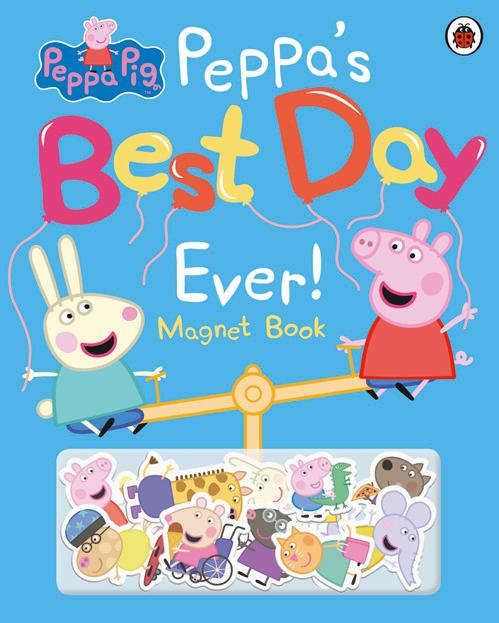
Ladybird Books (R150)
A lovely magnet book full of Peppa Pig’s favourite things! Peppa and her family are out for a fun day in town and they’re having the best day ever. Move your magnets to create exciting adventures for Peppa, Mummy Pig, Daddy Pig and George.
by Julia Donaldson & Helen Oxenbury (R200)
From the comfort of home to the adventure of the great outdoors, from family to first encounters with nature, Welcome to the World revels in the joy that comes with sharing this new world with children, and seeing it through their eyes. A perfect read-aloud story—a magical, lyrical celebration of babies’ first experiences. THE
by Marleen Lammers (R150)
When poor Springbok loses his spring, it’s up to his friends to help him find it again— with hilarious consequences. A humorous and touching story about recognising what makes you special, and the power of friendship.











Life is busy. With kids, it’s about 100 times busier. As a parent, you might feel that you are always running around to meet school schedules, make lunches, help with homework, and more. You have so much to focus on every single day with your child’s well-being always being the centre of your attention. We can bet that you are no stranger to trying to get your child to take vitamins and supplements to boost their immunity.
If you’ve ever been met by a look of disgust or your child spitting out their liquid vitamins, then this article is for you. Today, there is a high demand for an on-the-go dietary supplement that is easier for children to take 1b. Better yet, there is a huge demand for vitamins that children actually look forward to taking! Gummybased vitamins are the answer.
Both developing and underdeveloped countries worldwide show an increase in undernourishment and vitamin deficiencies among children 1a. More than ever before, parents need to focus on ensuring their kids are getting the correct amount of vitamins daily for a healthy immune system. Consuming gummy vitamins daily has shown an increase in immunity 1c. These products are ideal for parents wanting to help their kids maintain better health and consume their recommended daily vitamin requirements 1c
Gummy vitamins have faced criticism in the past for containing too much sugar. However, with advances in science and technology and the rise in demand for vegan and sugar-free gummies, parents
now have the choice to avoid vitamin gummies containing gelatin and sugar 1d. Gummy vitamins now offer sugar-free, naturally flavoured variations to provide the ultimate well-being boost to children 1e. Parents now have peace of mind that they are giving their kids the best that the vitamin market has to offer with gummy-based alternatives.
There is a lot that makes administering liquid vitamins to kids so difficult. For starters, not all liquid vitamins have great palatability. Many leave behind a smell, have a texture or have a lingering aftertaste 2a. Some children are highly sensitive to these characteristics.
As a parent, you know that your child only has to dislike something once to never want to take it again. Once kids feel this way about liquid vitamins, that’s usually an entire bottle wasted. As children get older, they also require different dosages of liquidvitamins. The correct dosage must be given relevant to the child’s age 2b. Liquid vitamins pose a risk of under or over-dosingamong children, especially when this task is left to caregivers 2e. This is something that can be completely avoided with gummy vitamins as they offer exact dosage per age group.
Liquid bottles pose other risks including contamination or spoiling if left open too long 2c Many need to be stored in a fridge due to shorter expiry dates 2c . They are not ideal to transport as they often spill or leak 2d. Gummy vitamins can eliminate all this
with better shelf lives, dosing accuracy, and easy storage.

As a parent make vitamin taking an easier process for yourself and your kids with highly palatable gummy vitamins. You’ll also avoid the mess you’ll normally deal with measuring spoons or liquid leaks. Just one gummy a day is usually the ideal dosage your kids can make part of their daily routine. With one chew they’ll have all the required nutrients they need and you’ll have less fuss and more peace of mind knowing your little one’s immune systems are cared for.
References:
1. Rizvi, Syed H. et al. Gummy Vitamins Market: Global Forecast to 2025. Markets and Markets. September 2020. Page 23.
2. LajoinieA, JaniaudP, HeninE, GleizeJ-C, BerlionC, NguyenKA, NonyP, Guey(ierF, Maucort-BoulchD, Kassaï KoupaïB. Assessing the effects of solid versus liquid dosage forms of oral medications on adherence and acceptability in children (Protocol). Cochrane Database of Systematic Reviews 2017, Issue 9. Art. No.: CD012783. www.cochranelibrary. com. Page 2 - 3.
3. S0 Gummy Vites Select Sugar Free Multivitamin Each 3 g bear shaped gummy contains: Ascorbic acid (Vitamin C) 40 mg, d-alpha Tocopherol succinate (Vitamin E) 7,5 mg, Inositol niacinate (Vitamin B3) 4 mg, Calcium d-pantothenate (Vitamin B5) 2,5 mg, Zinc citrate (Zinc) 1 mg, Pyridoxine HCl (Vitamin B6) 0,85 mg, Folic acid 200 μg, Retinol Acetate (Vitamin A) 200 μg, Potassium Iodide (Iodine) 75 μg, Biotin (Vitamin H) 15 μg, Cyanocobalamin (Vitamin B12) 1,2 μg, Cholecalciferol (Vitamin D3) 200 IU.

4. S0 Gummy Vites Select Creche Protect Each 3 g bear shaped gummy contains: Ascorbic Acid (Vitamin C) 125 mg, Zinc citrate (Zinc) 5 mg, Echinacea purpurea (Echinacea extract) 2 mg.
Category D: Health supplement. This unregistered medicine has not been evaluated by the South African Health Products Regulatory Authority for quality, safety or intended use.
Adcock Ingram Limited. Reg. No. 1949/034385/06. Private Bag X69, Bryanston, 2021, South Africa. Tel. +27 11 635 0000. www.adcock.com
The trend that gets your kids to take their vitamins daily!
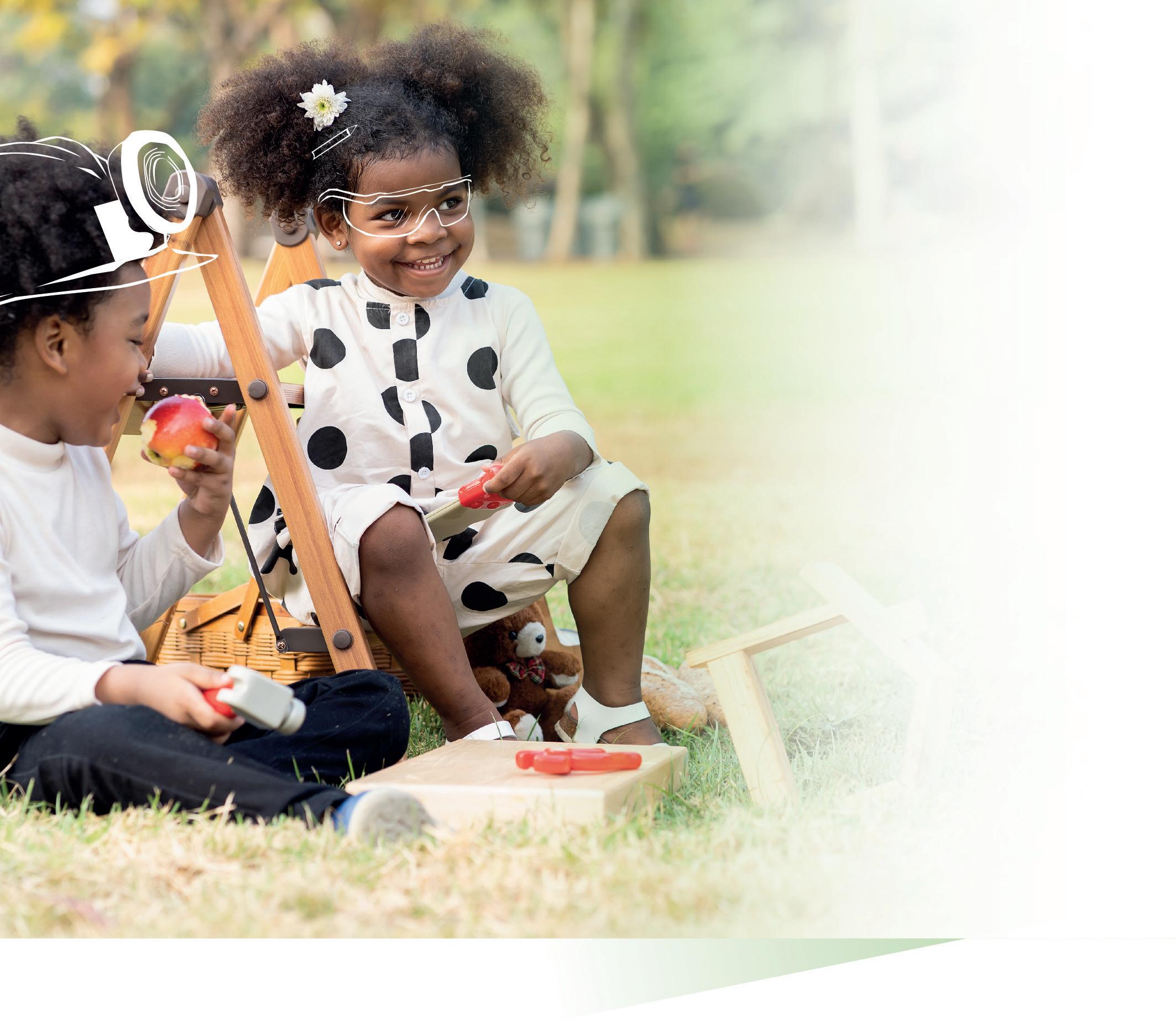

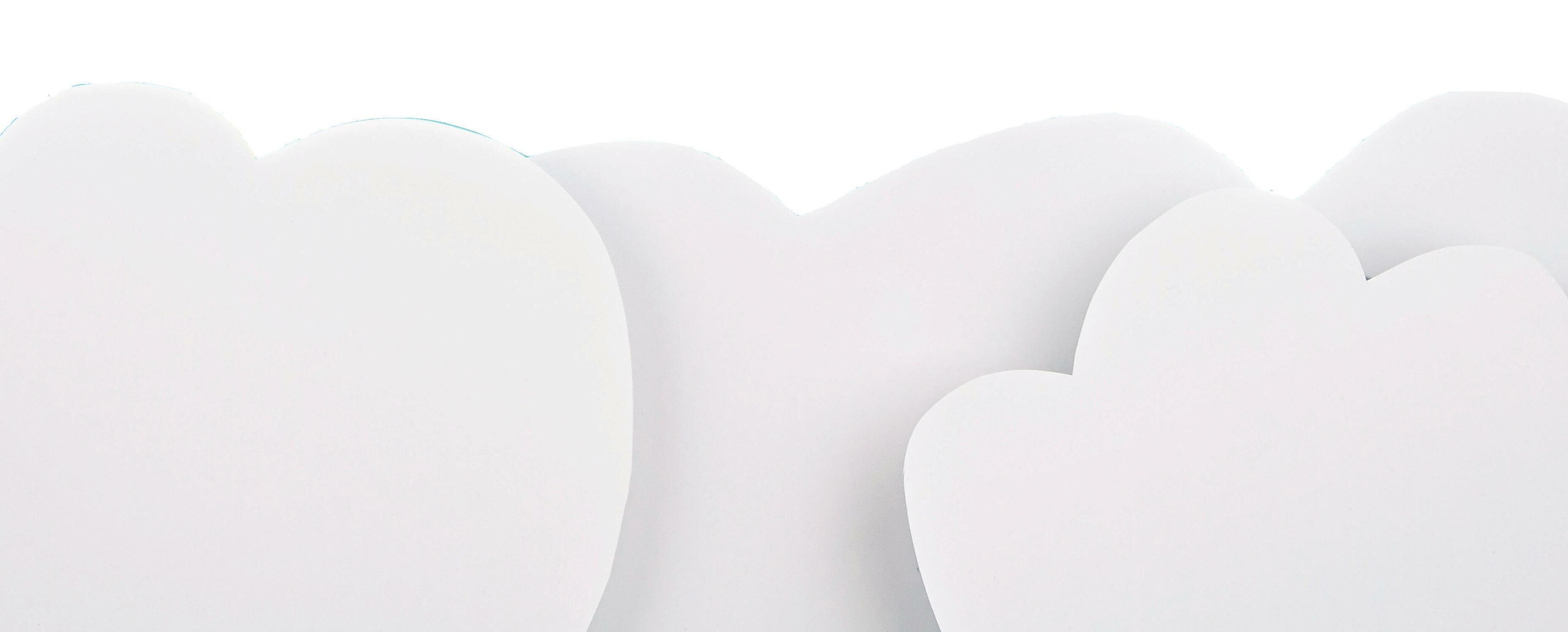
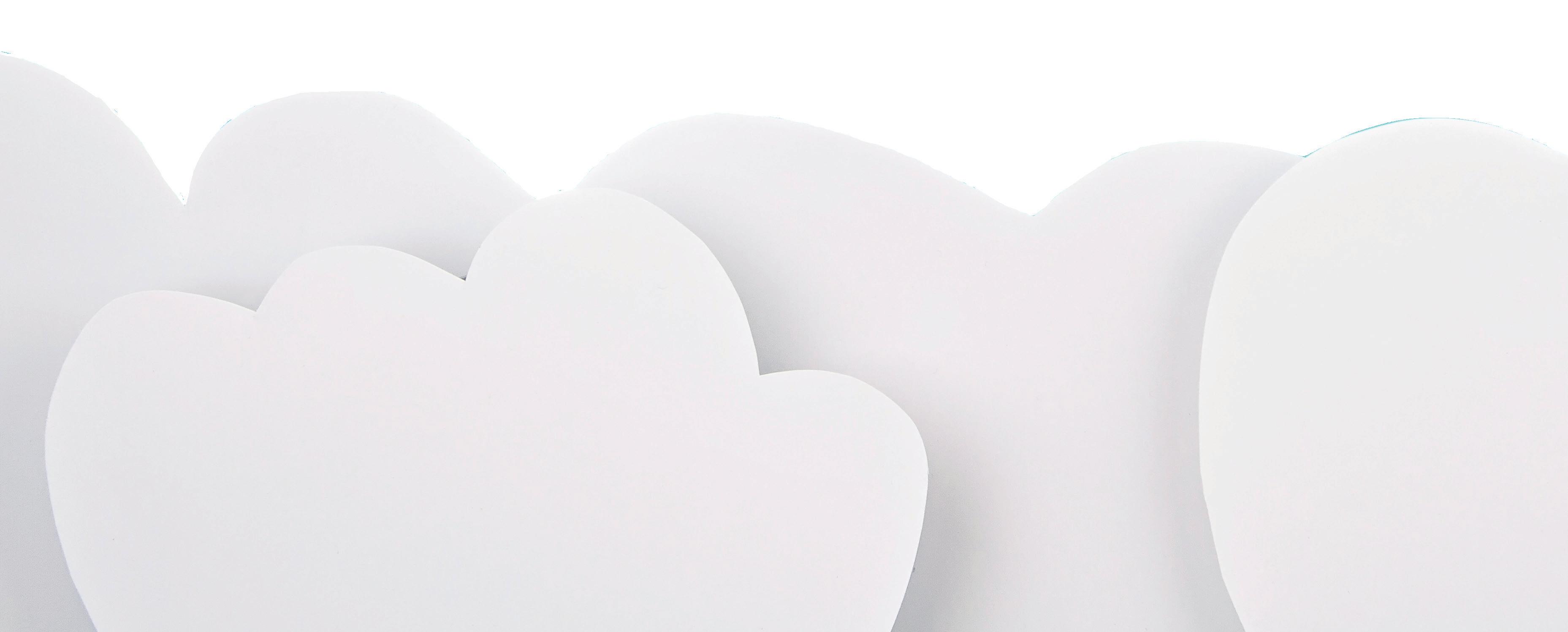

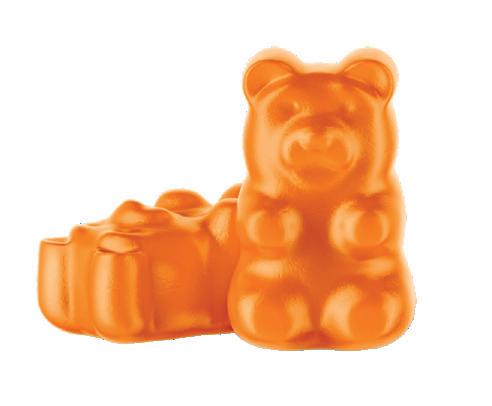
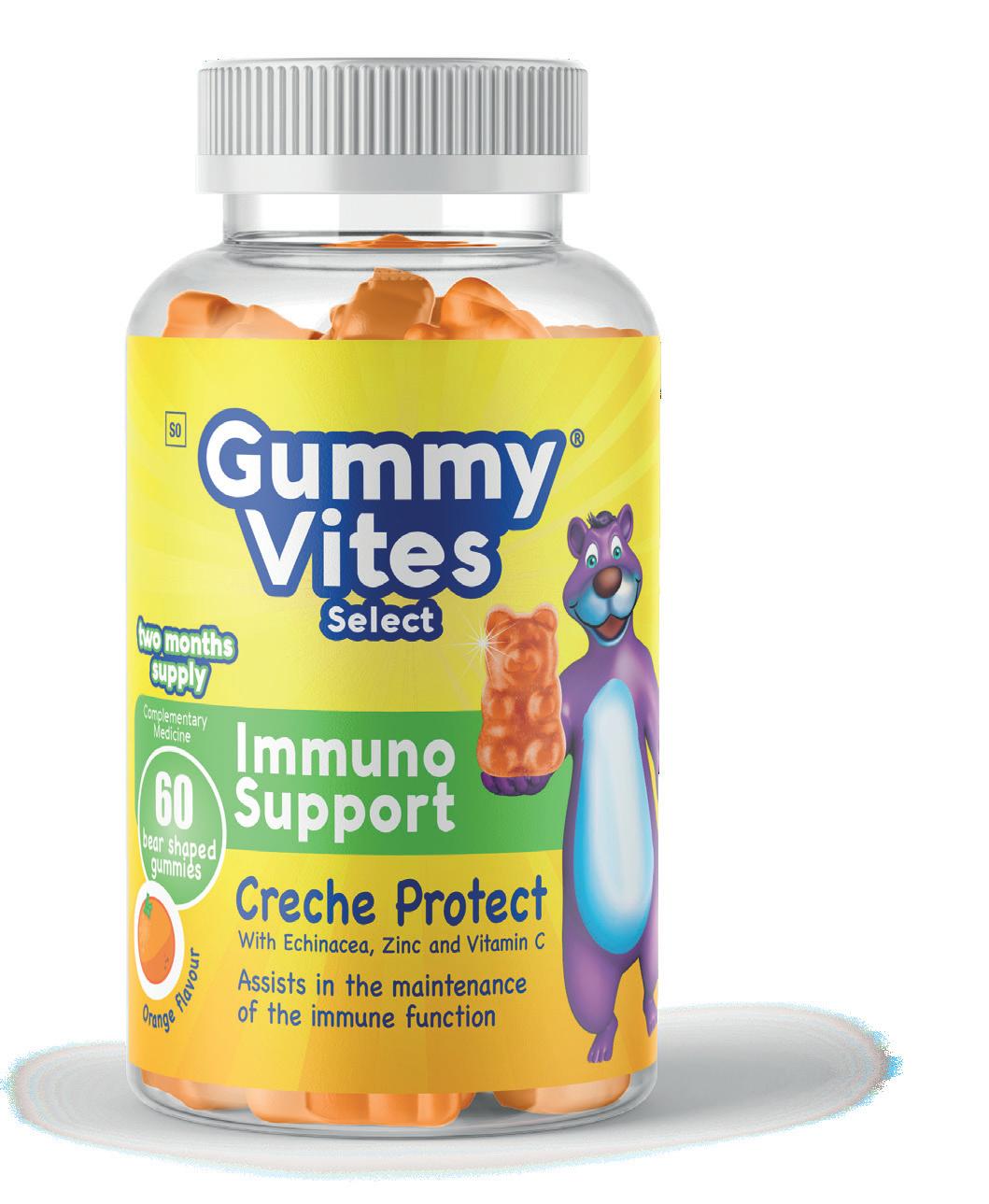

The information included on this material is not intended to replace you healthcare professional’s advice.
equipment 2018;32(5):1075–1080.
These unregistered medicines have not been evaluated by the South African Health Products Regulatory Authority for quality, safety or intended use. S0 ProbiFlora™ Probiotic Infant

3 Strain Regular Drops. Each dose per 4 drops (0,167 ml) contains Bifidobacterium lactis BL-04 400 million CFU, Lactobacillus rhamnosus LR-32 300 Million
Complementary Medicine. 34.9: Probiotics. Adcock Ingram Limited. Co. Reg. No. 1949/034385/06. Private Bag X69, Bryanston, 2021, South Africa. Customer Care: 0860 ADCOCK/232625. www.adcock.com. 2022071210214294 July 2022
